Istanbul- A City of Great Sights, History and Delights

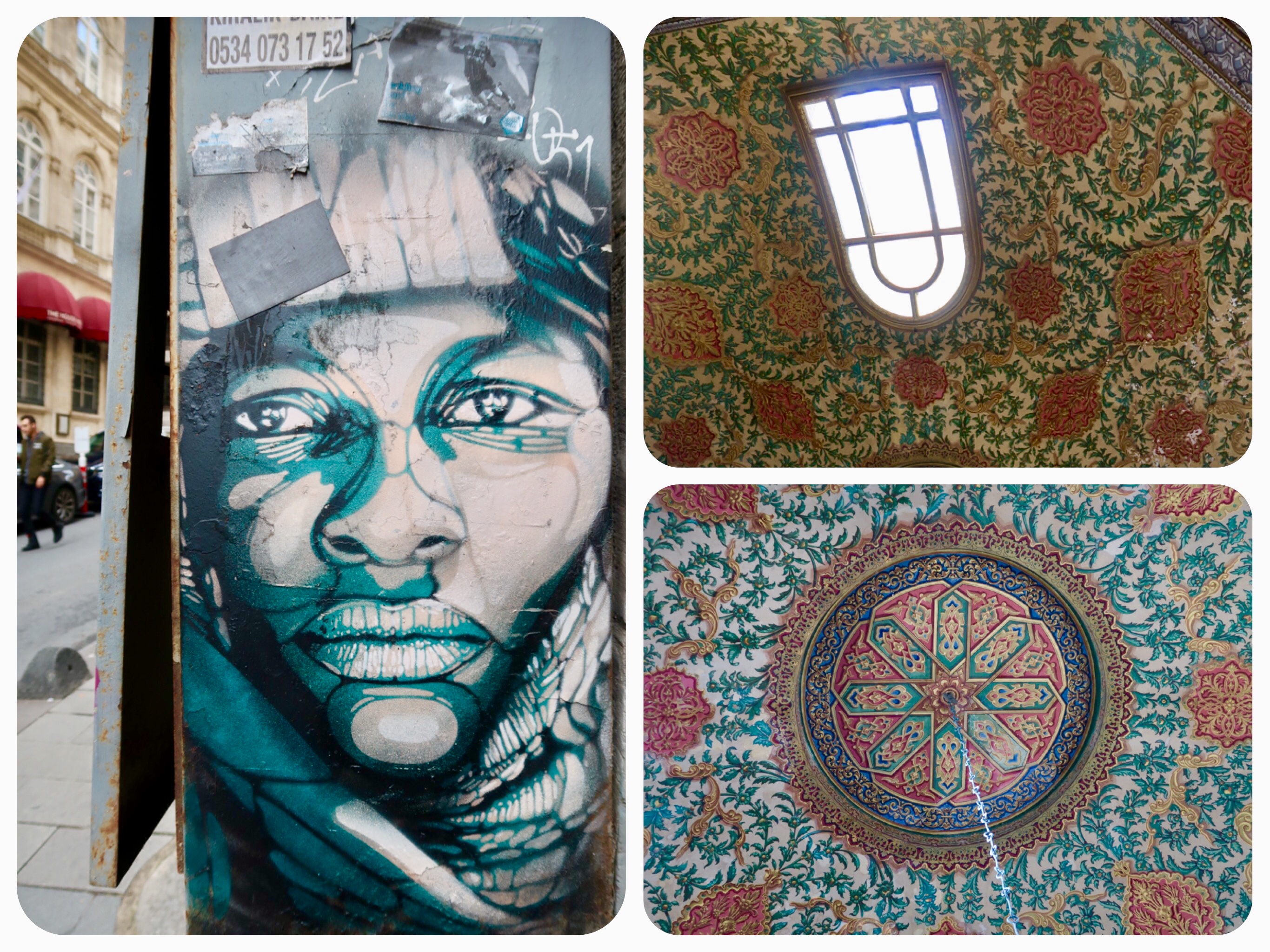
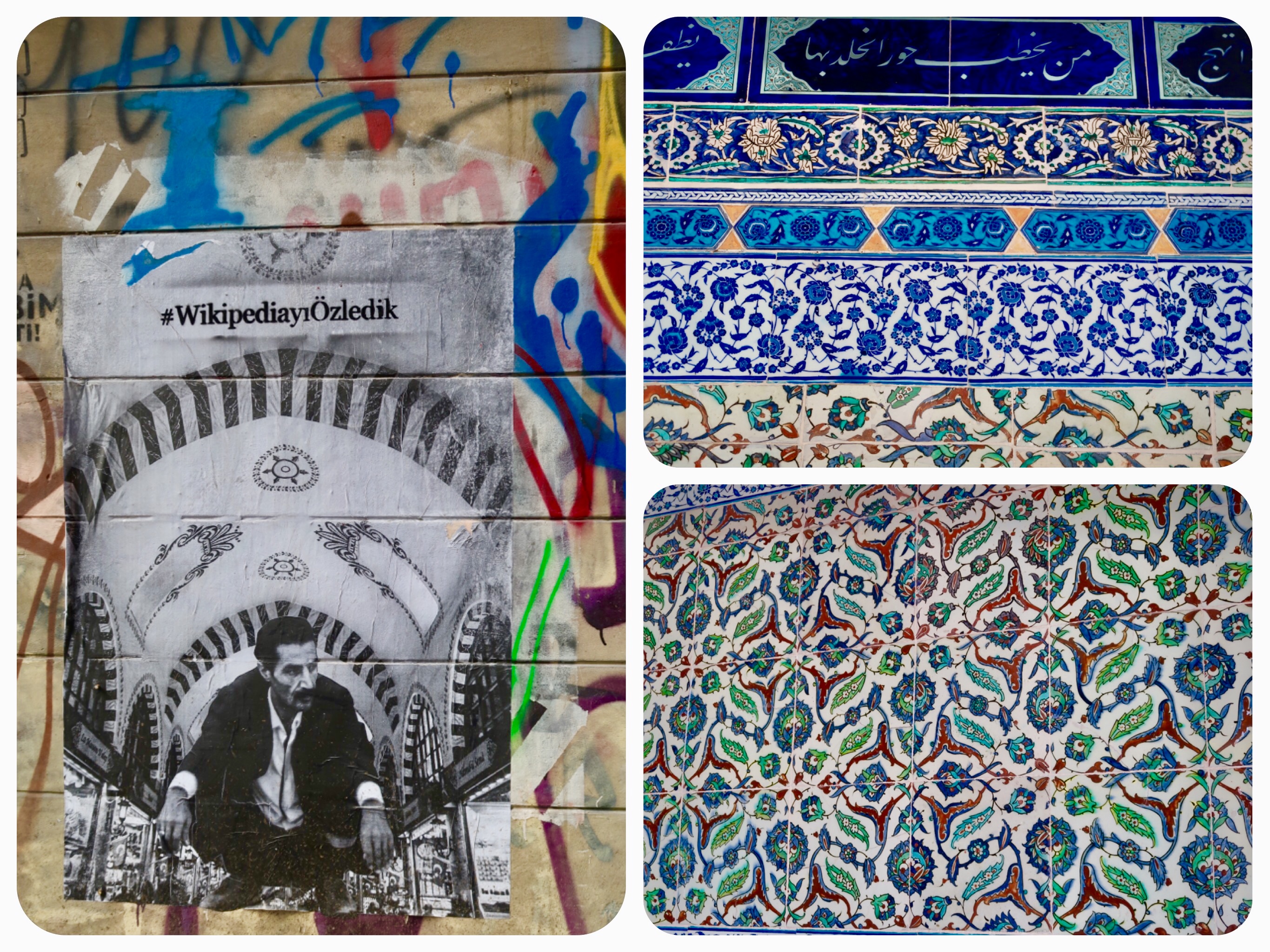
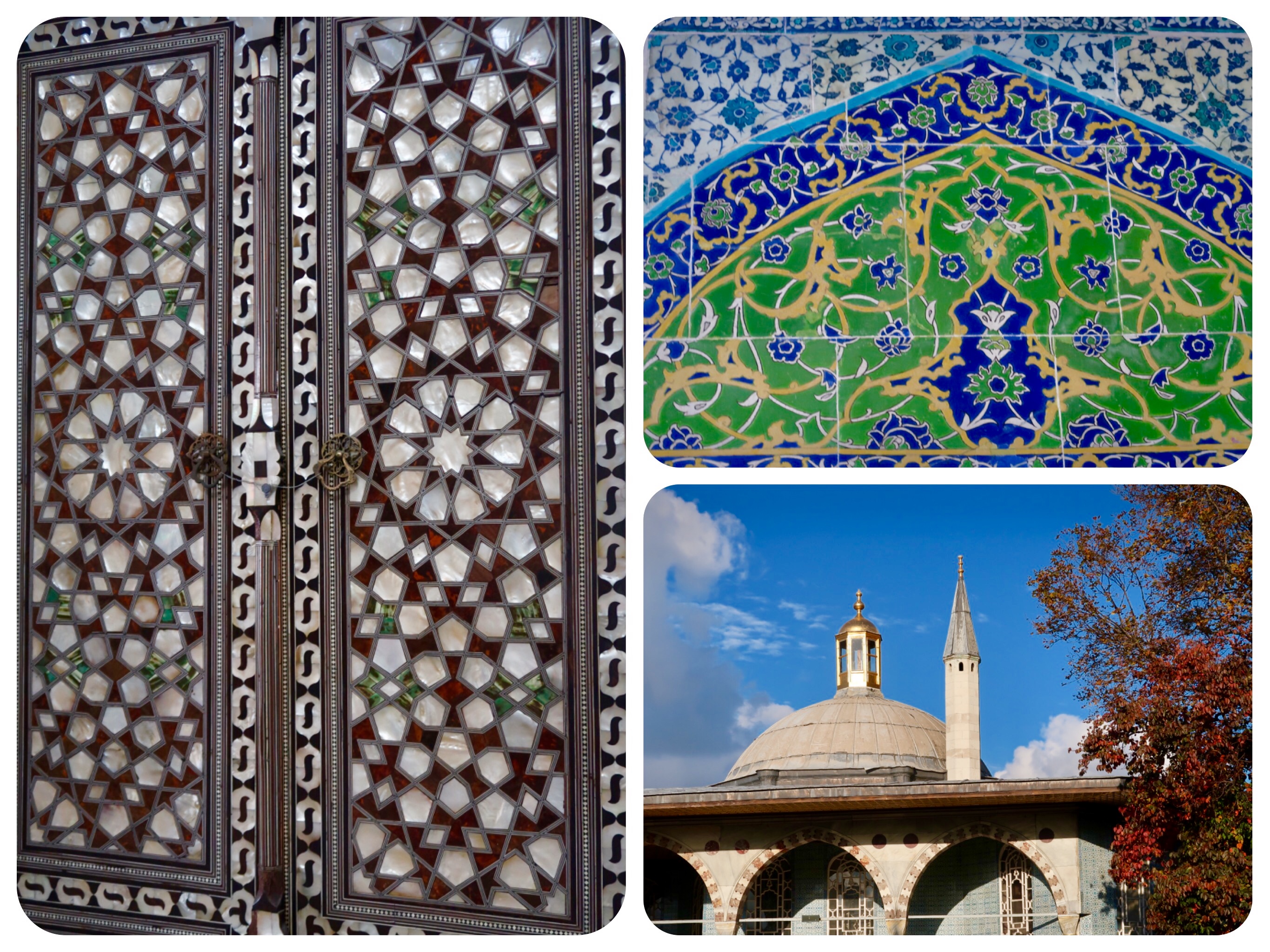
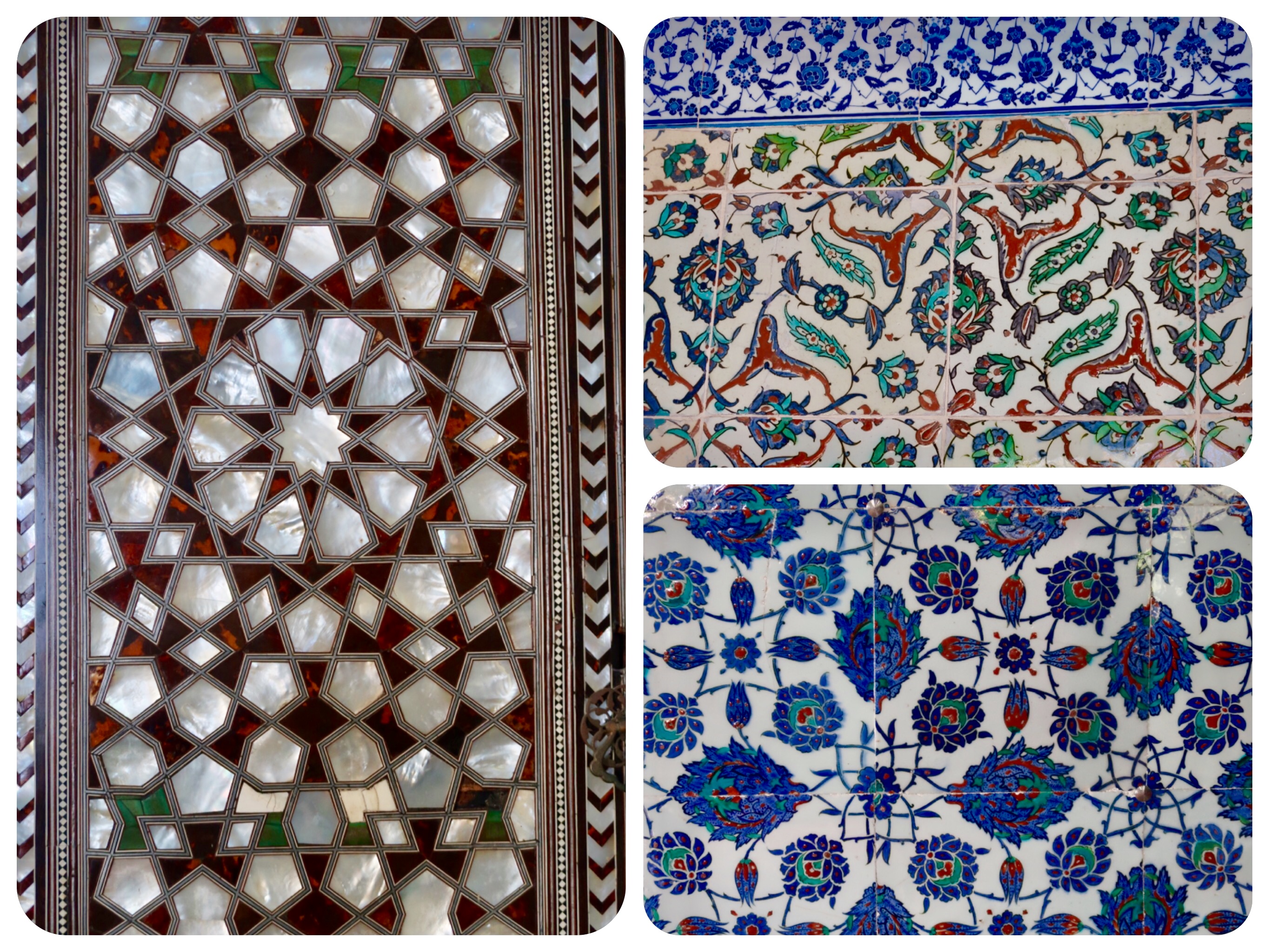
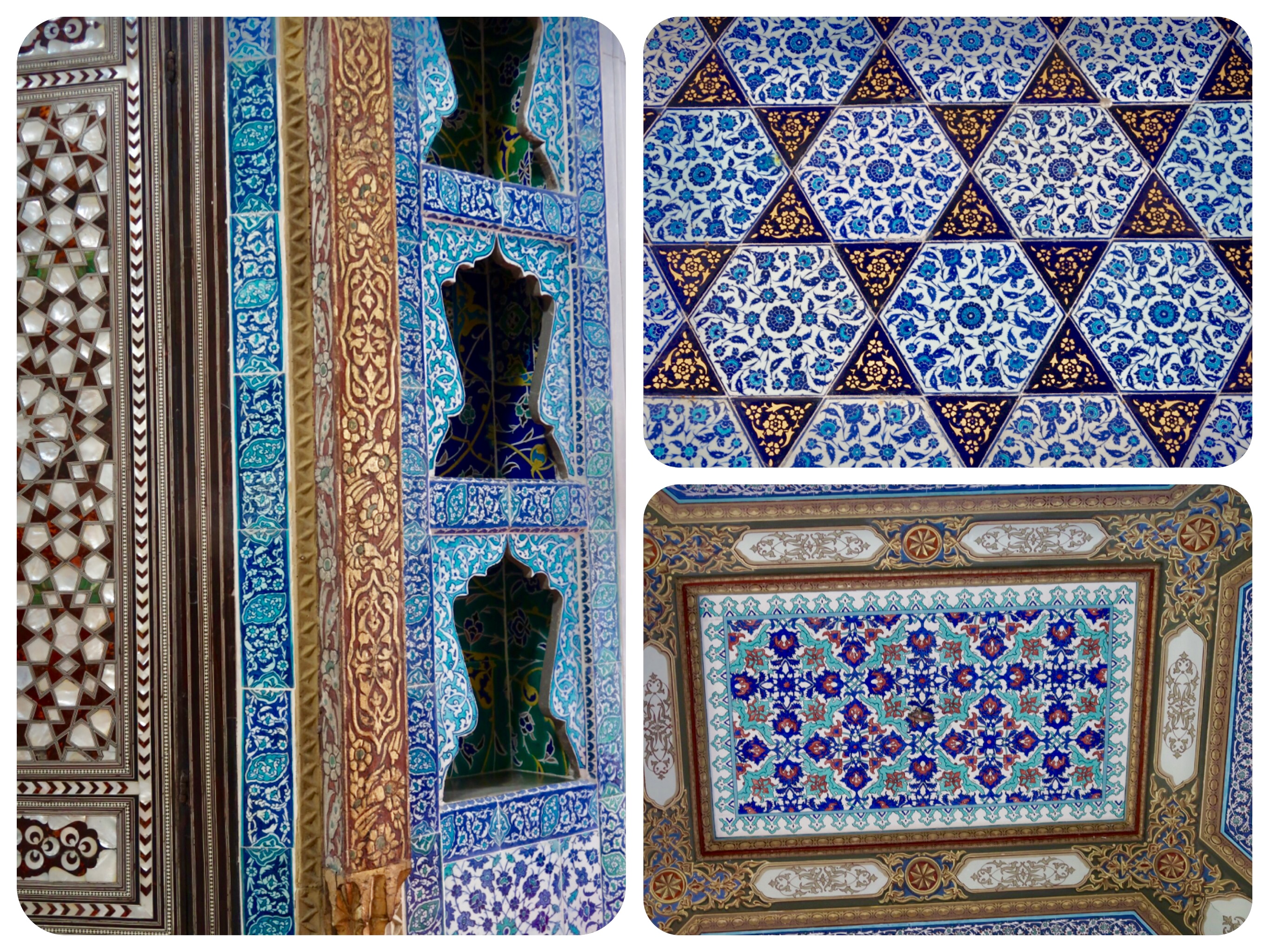
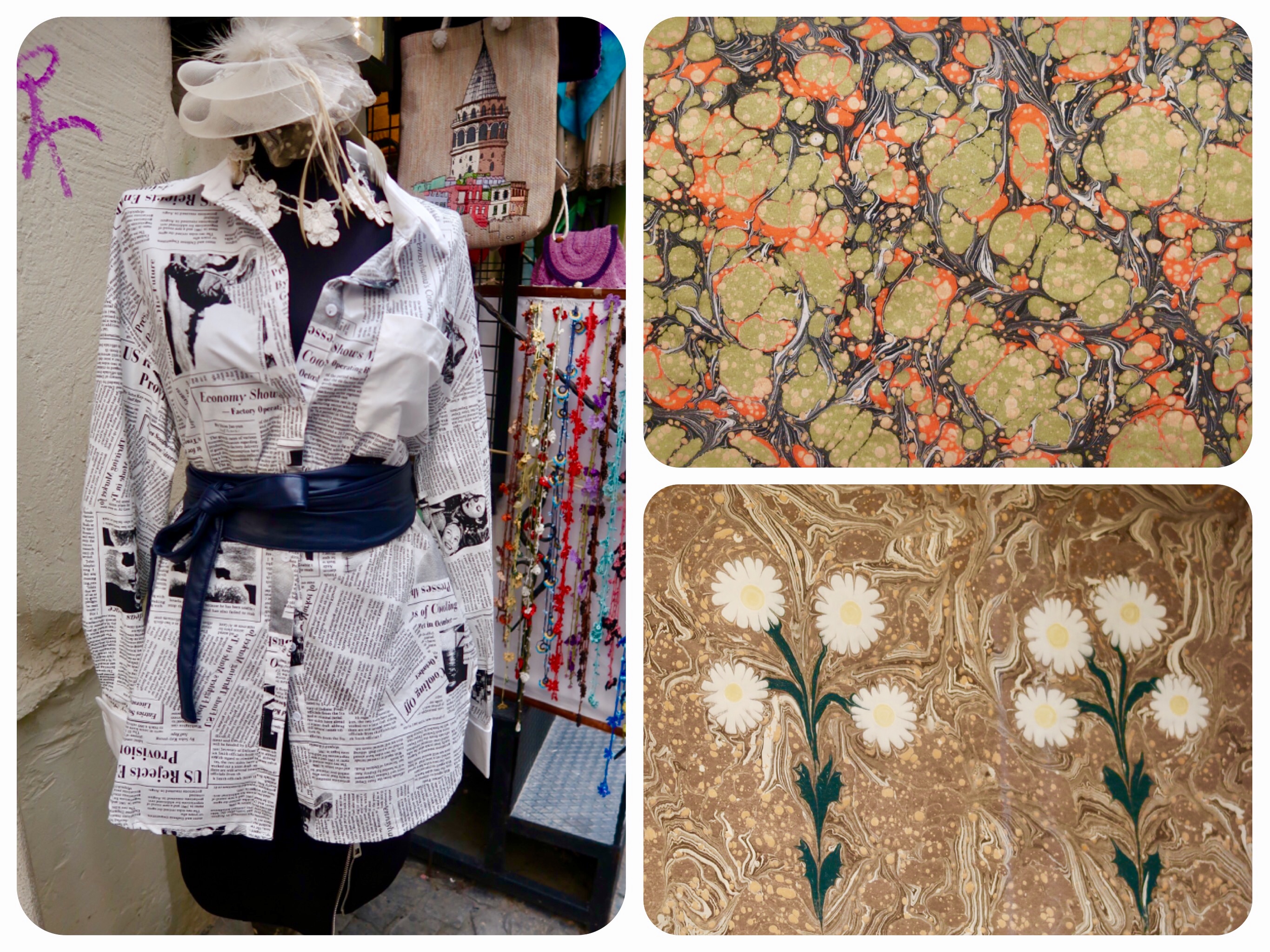
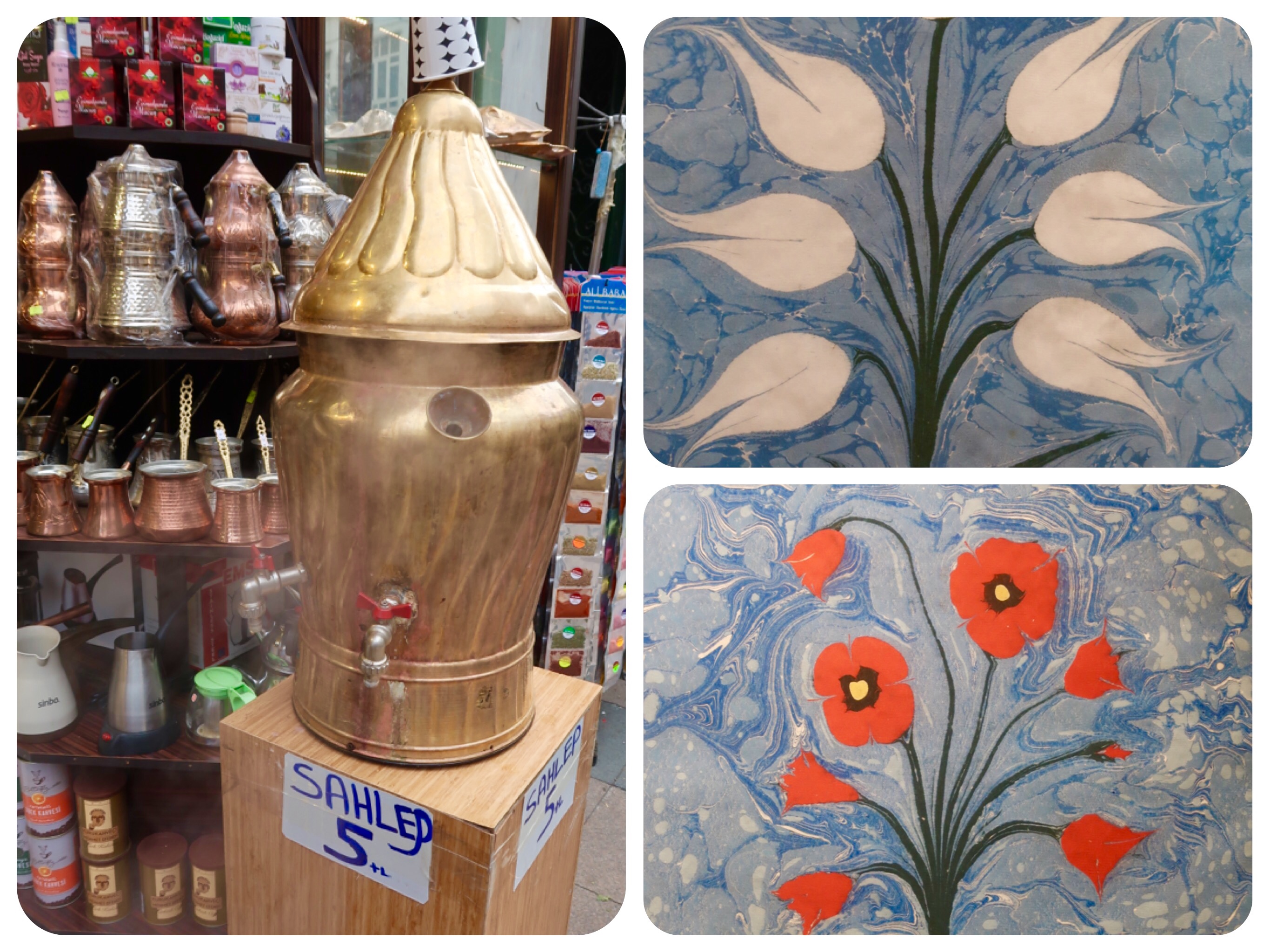
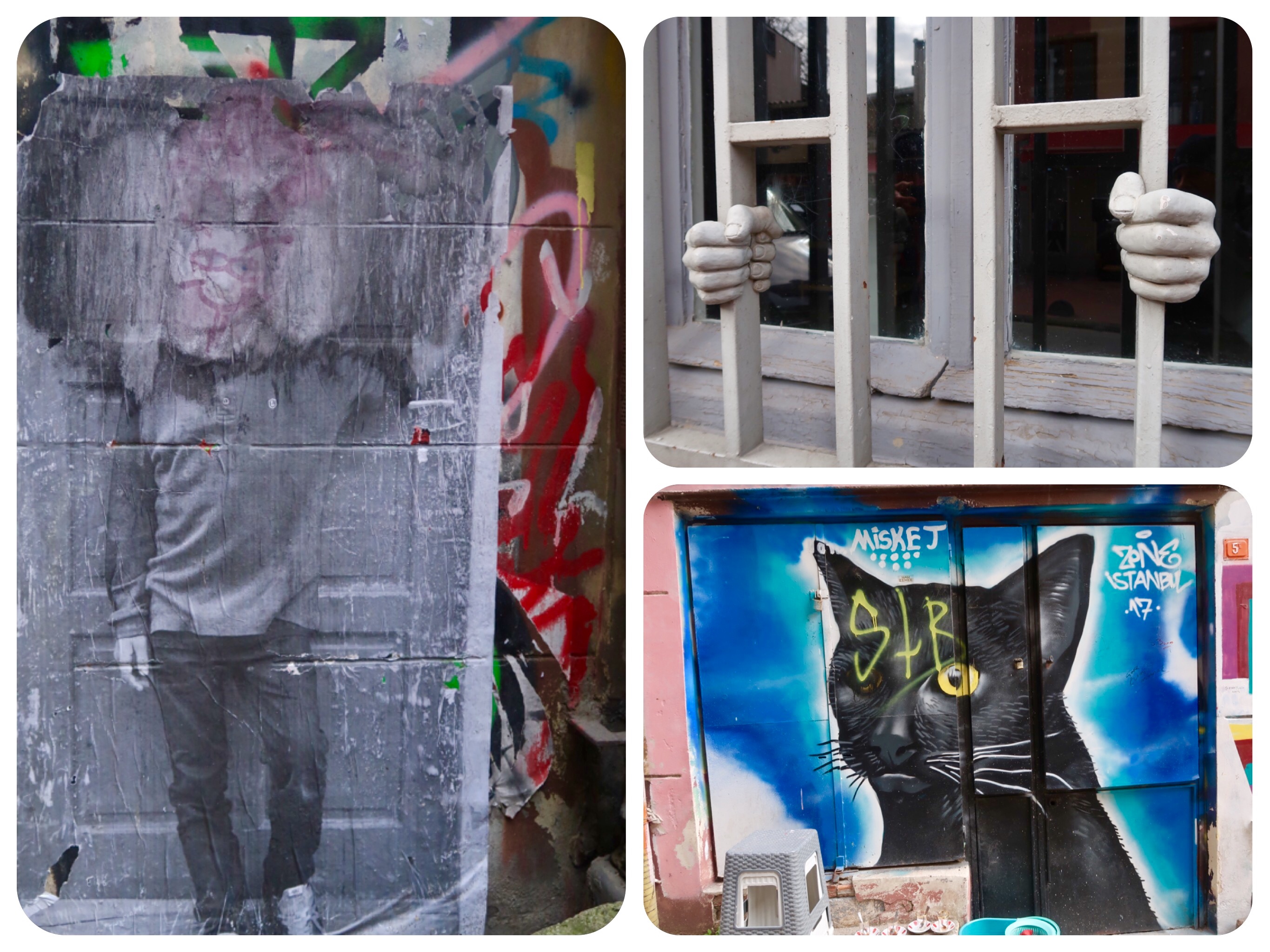
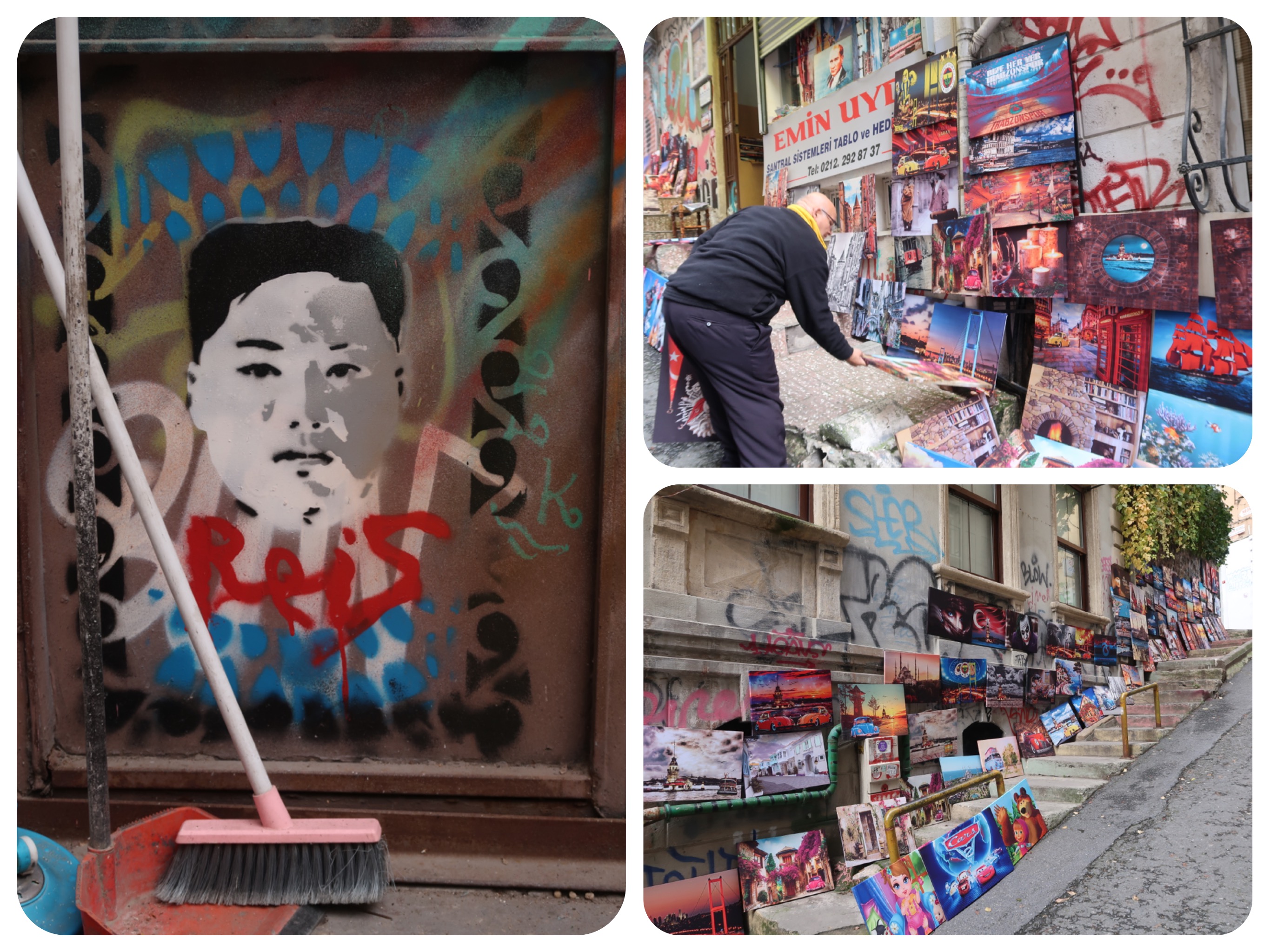
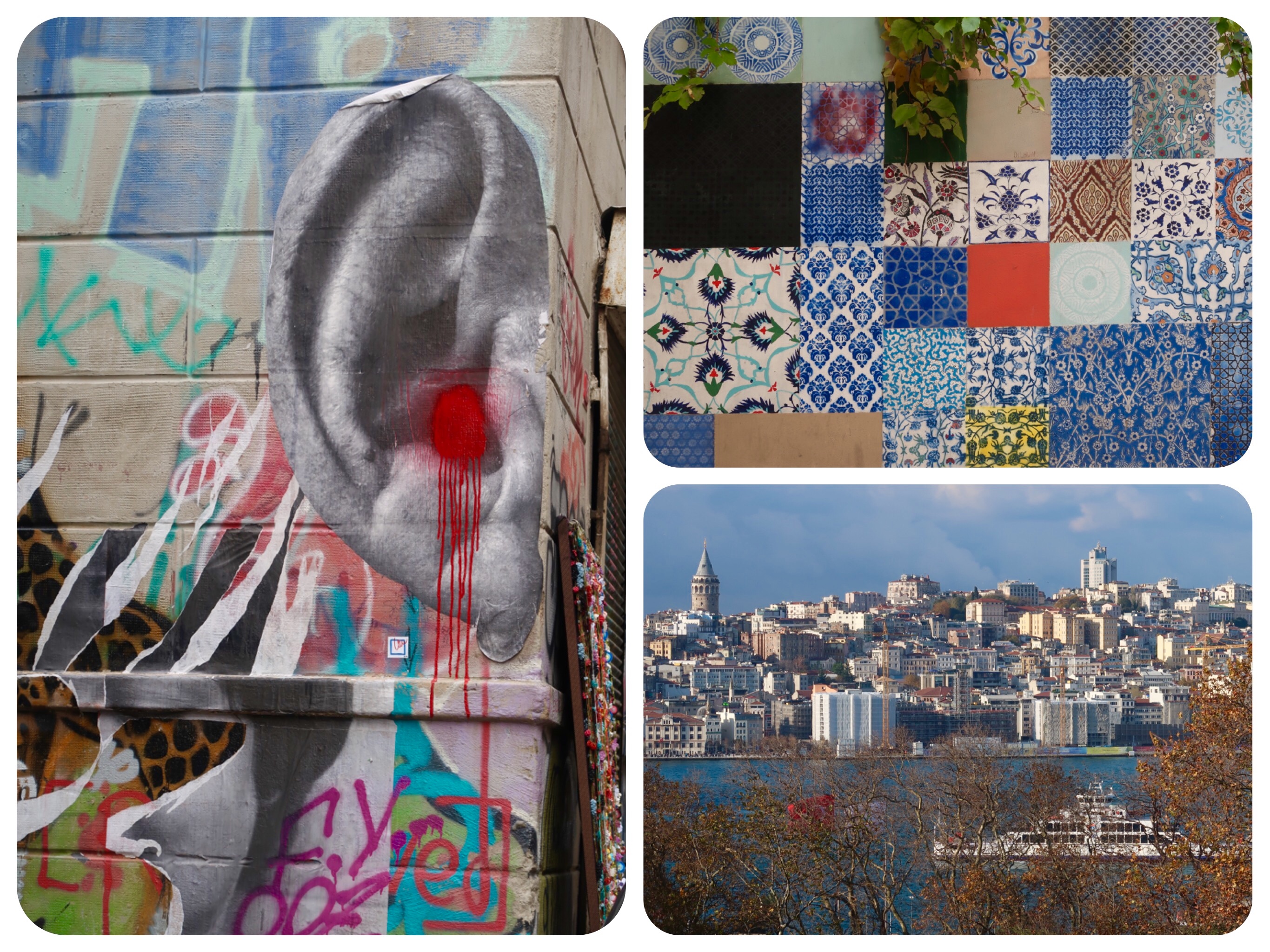
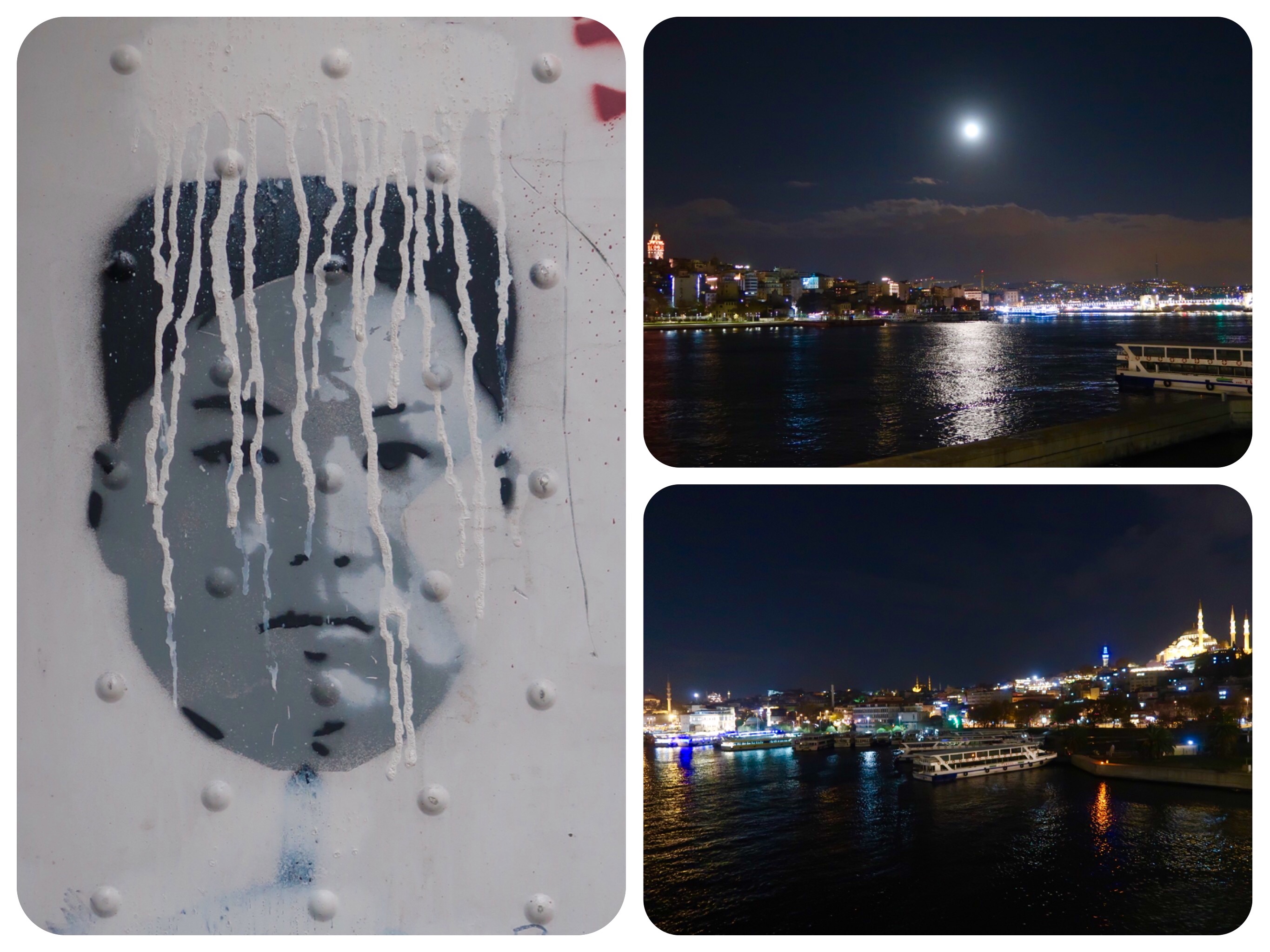
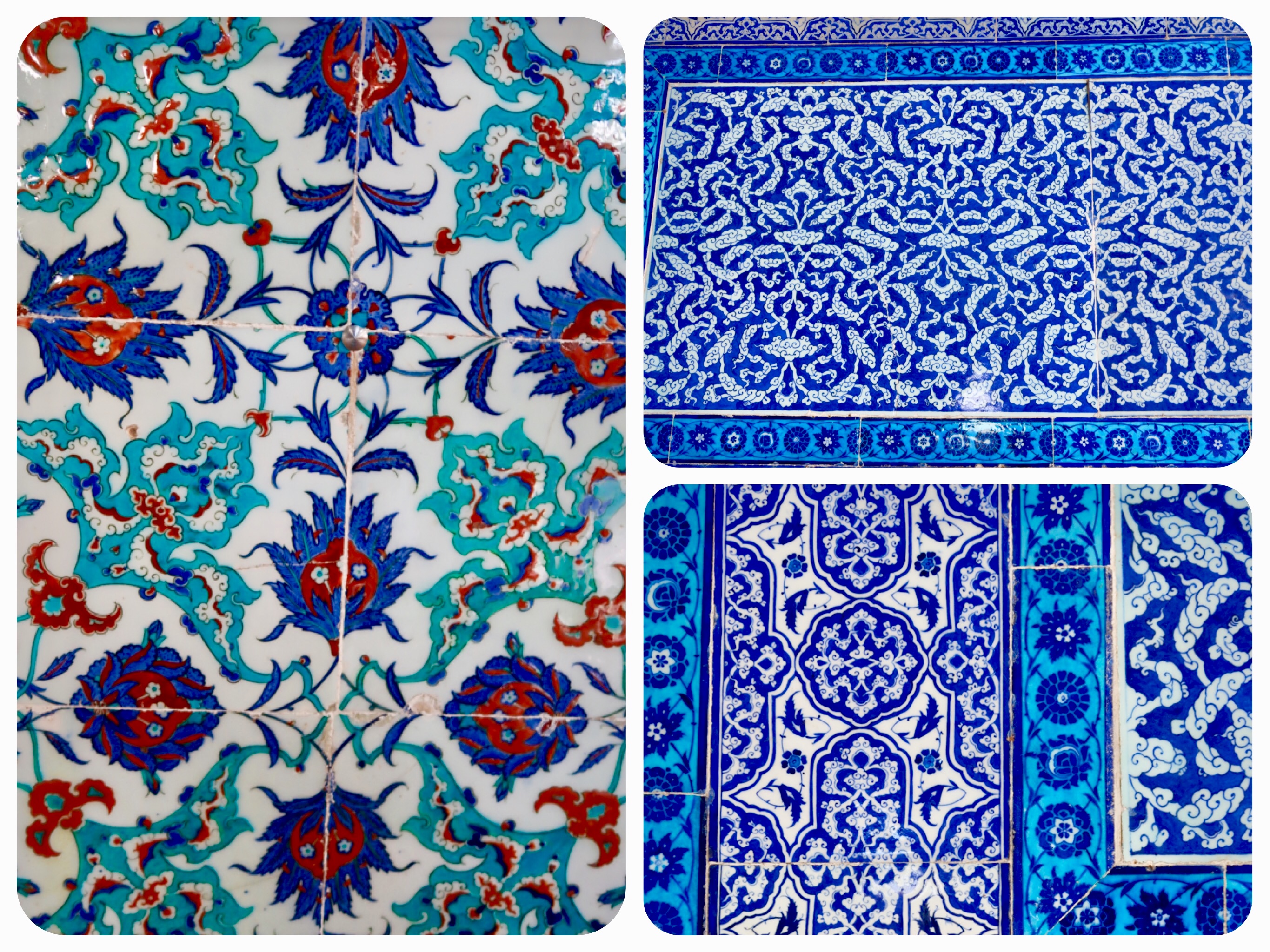
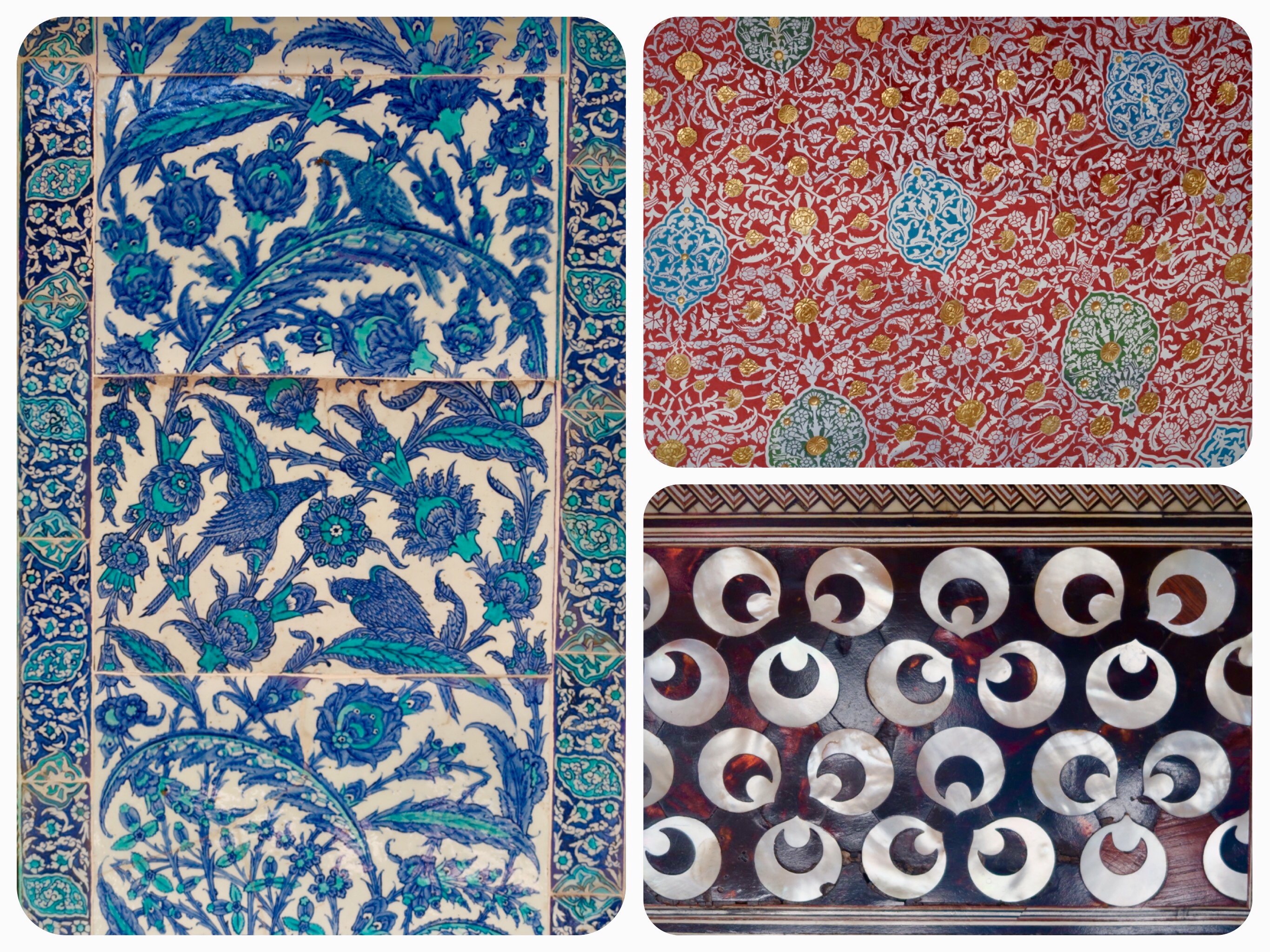
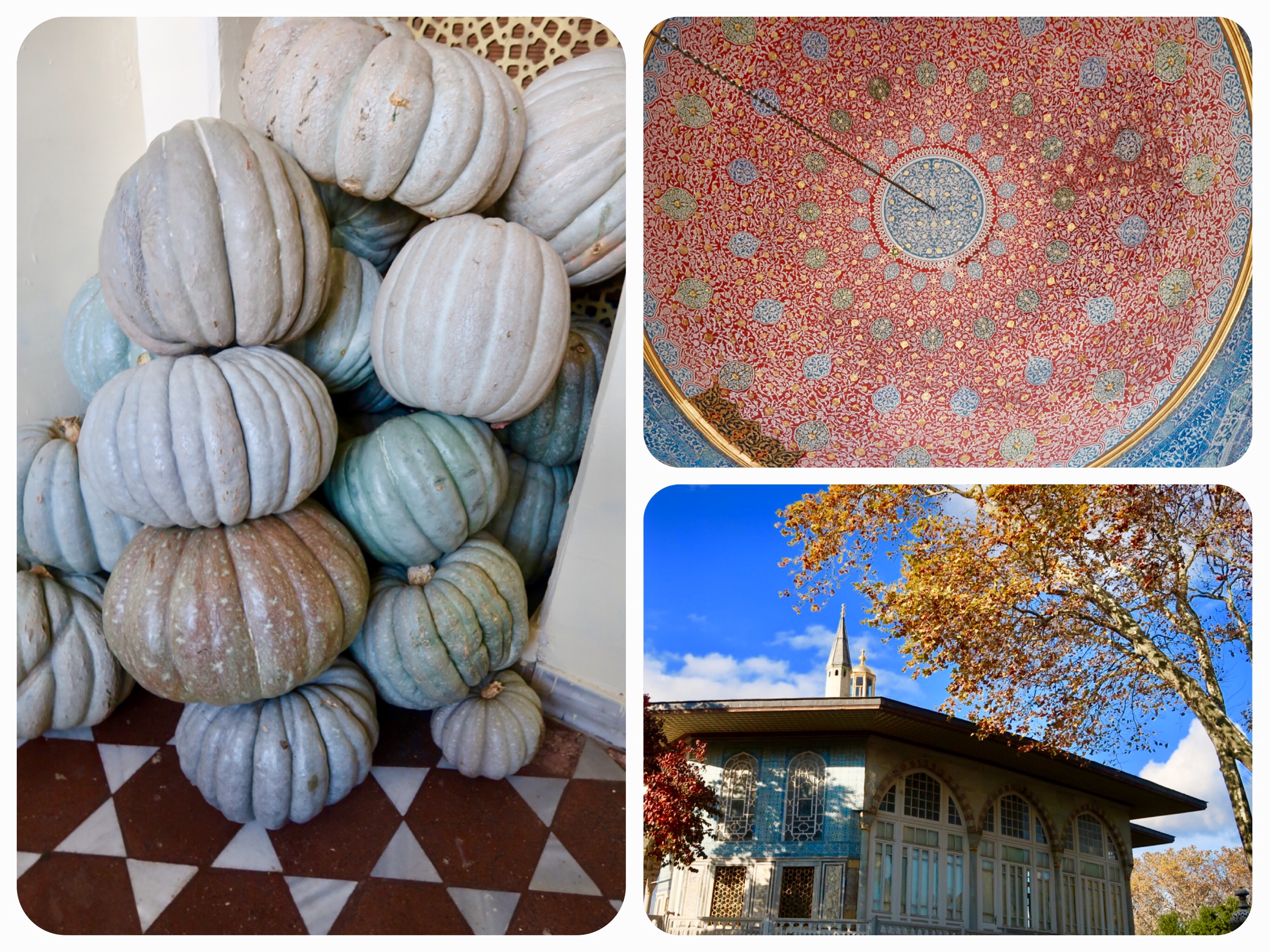
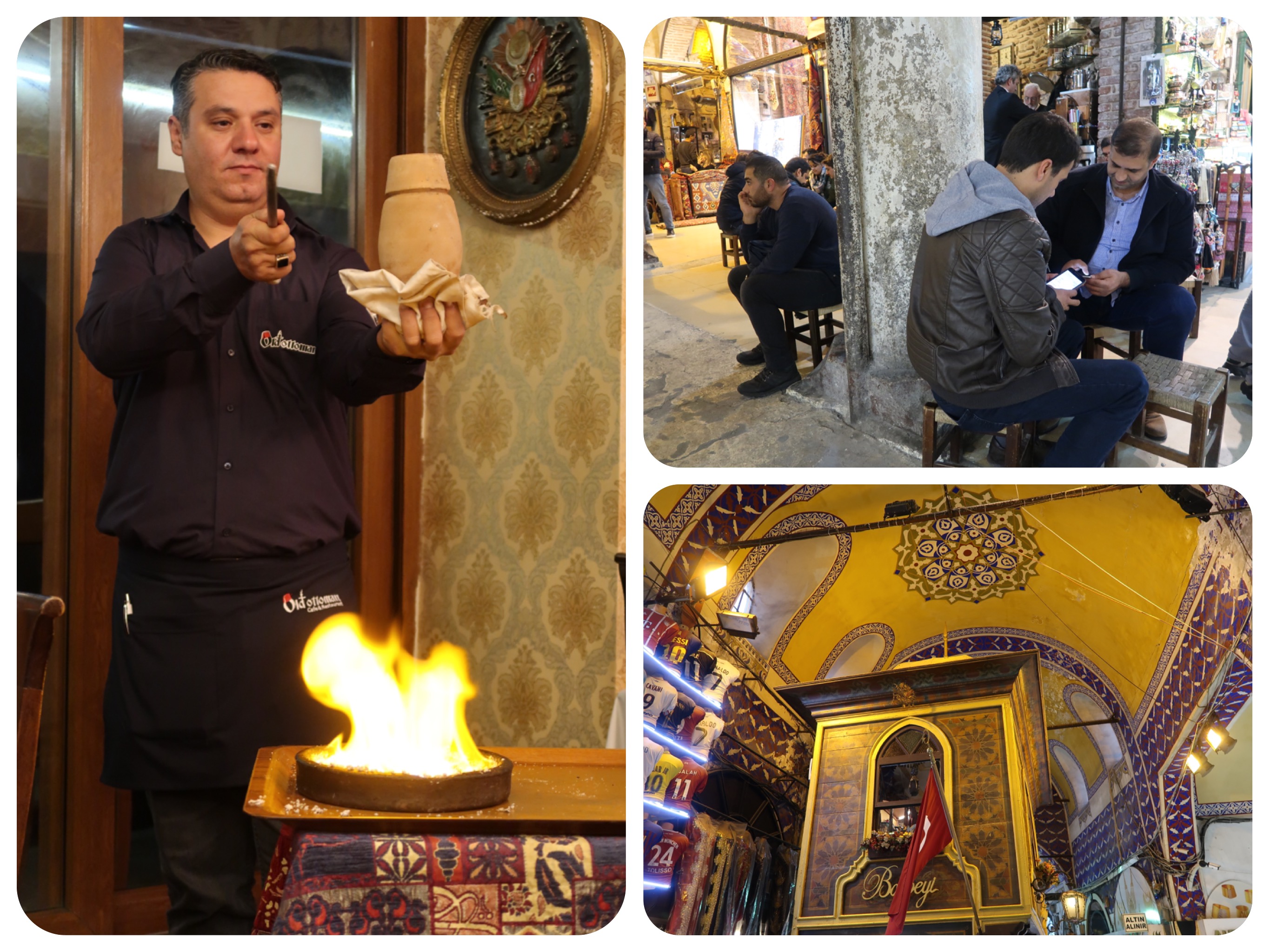
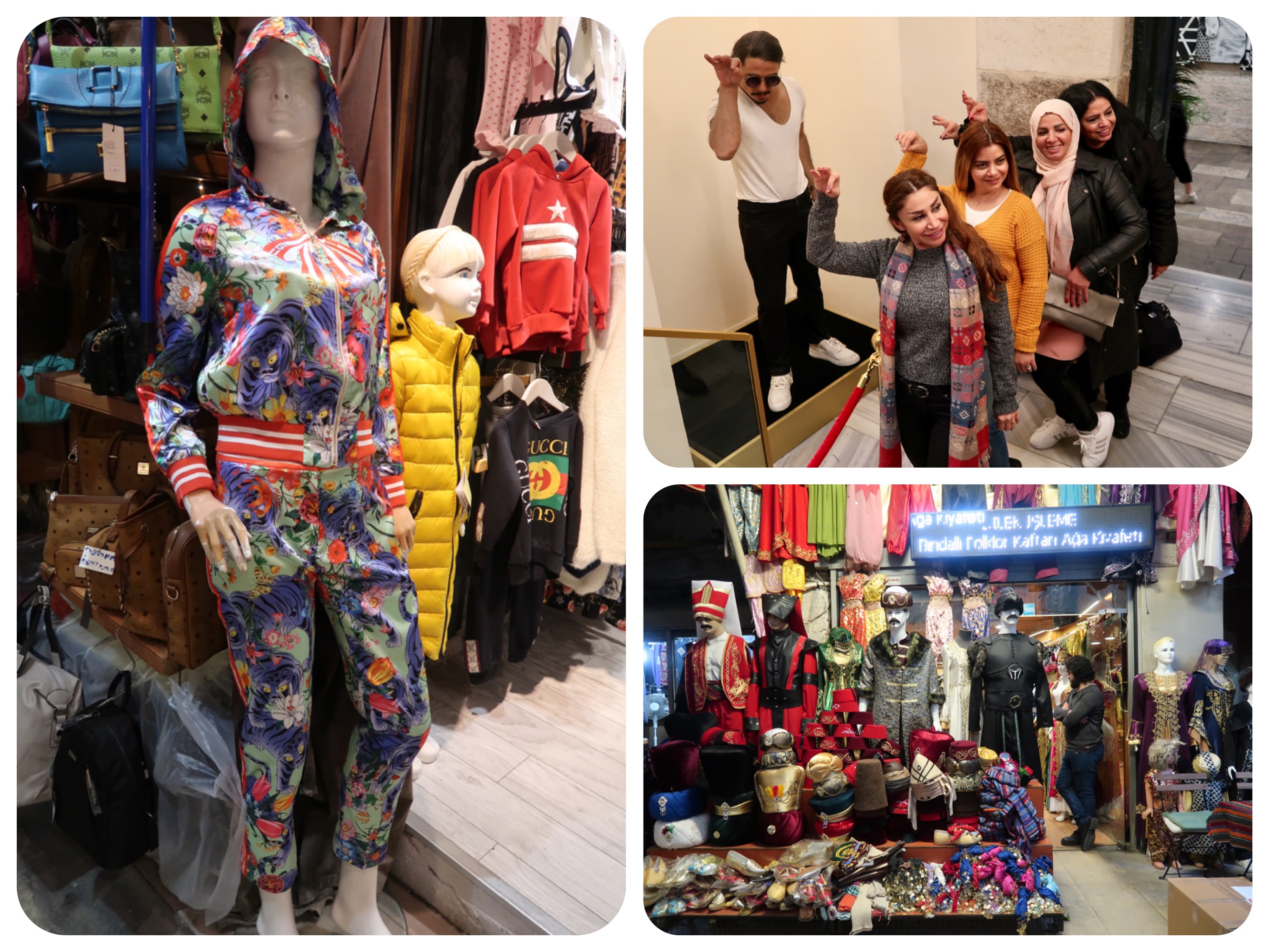
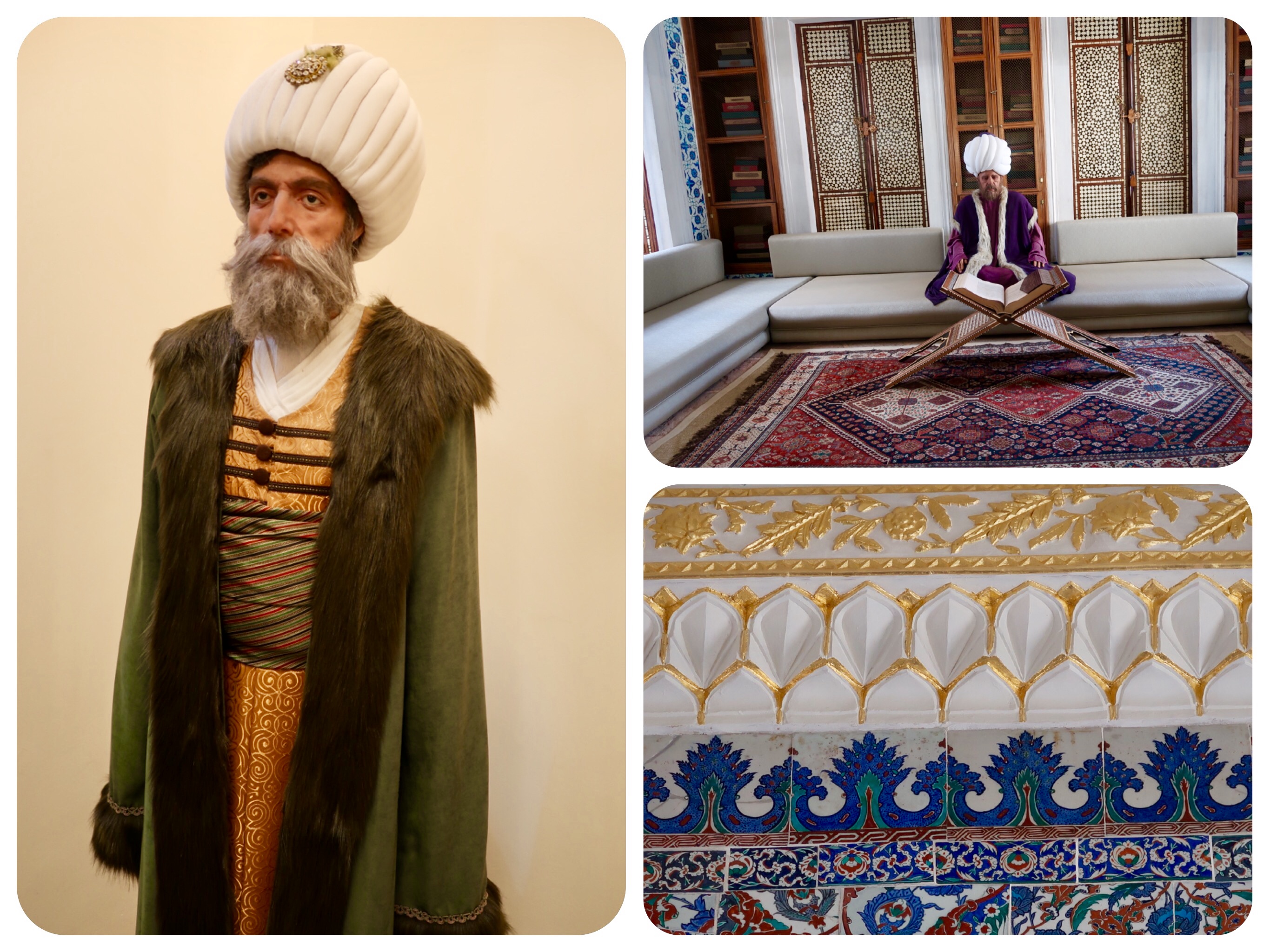
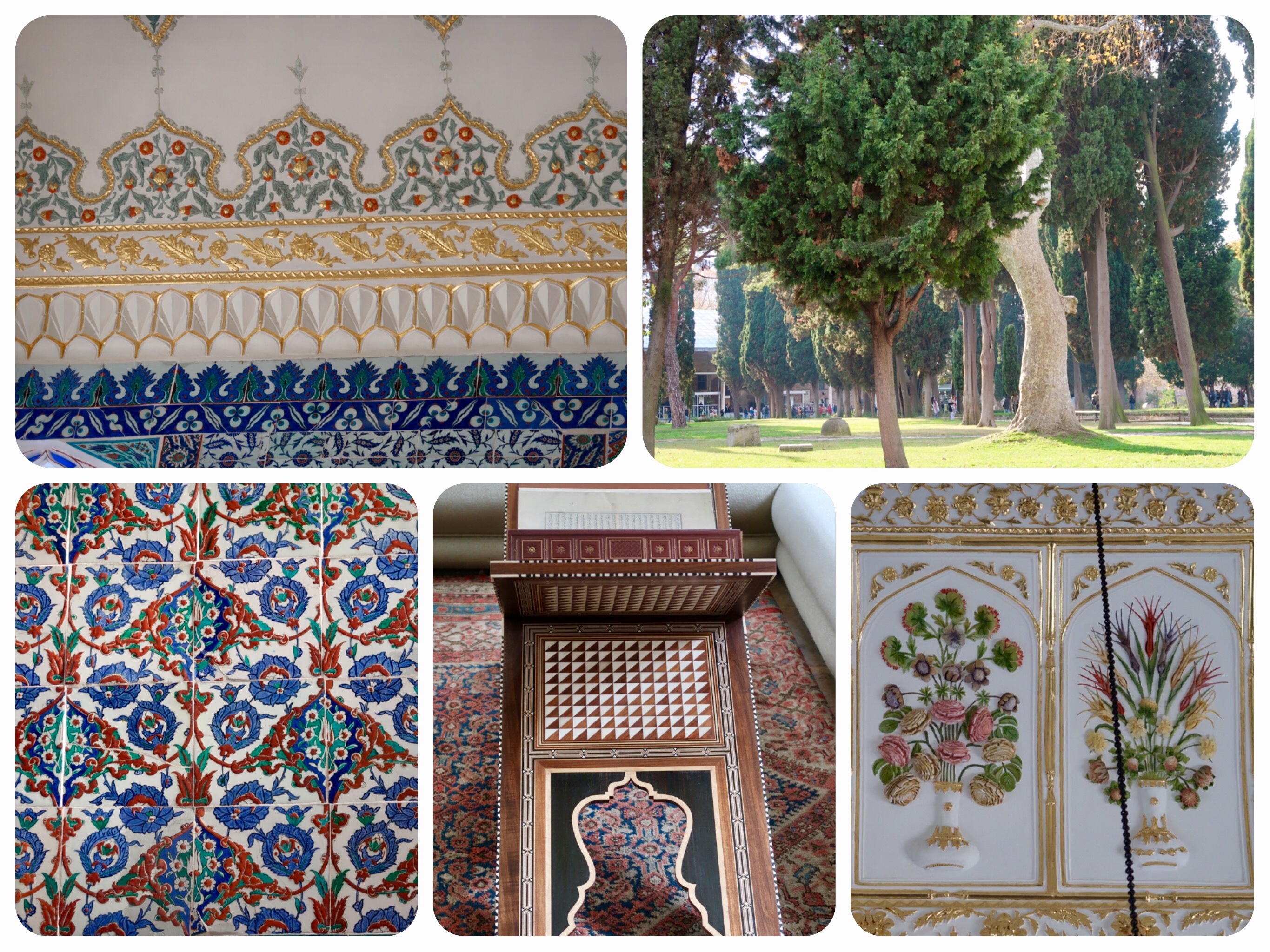
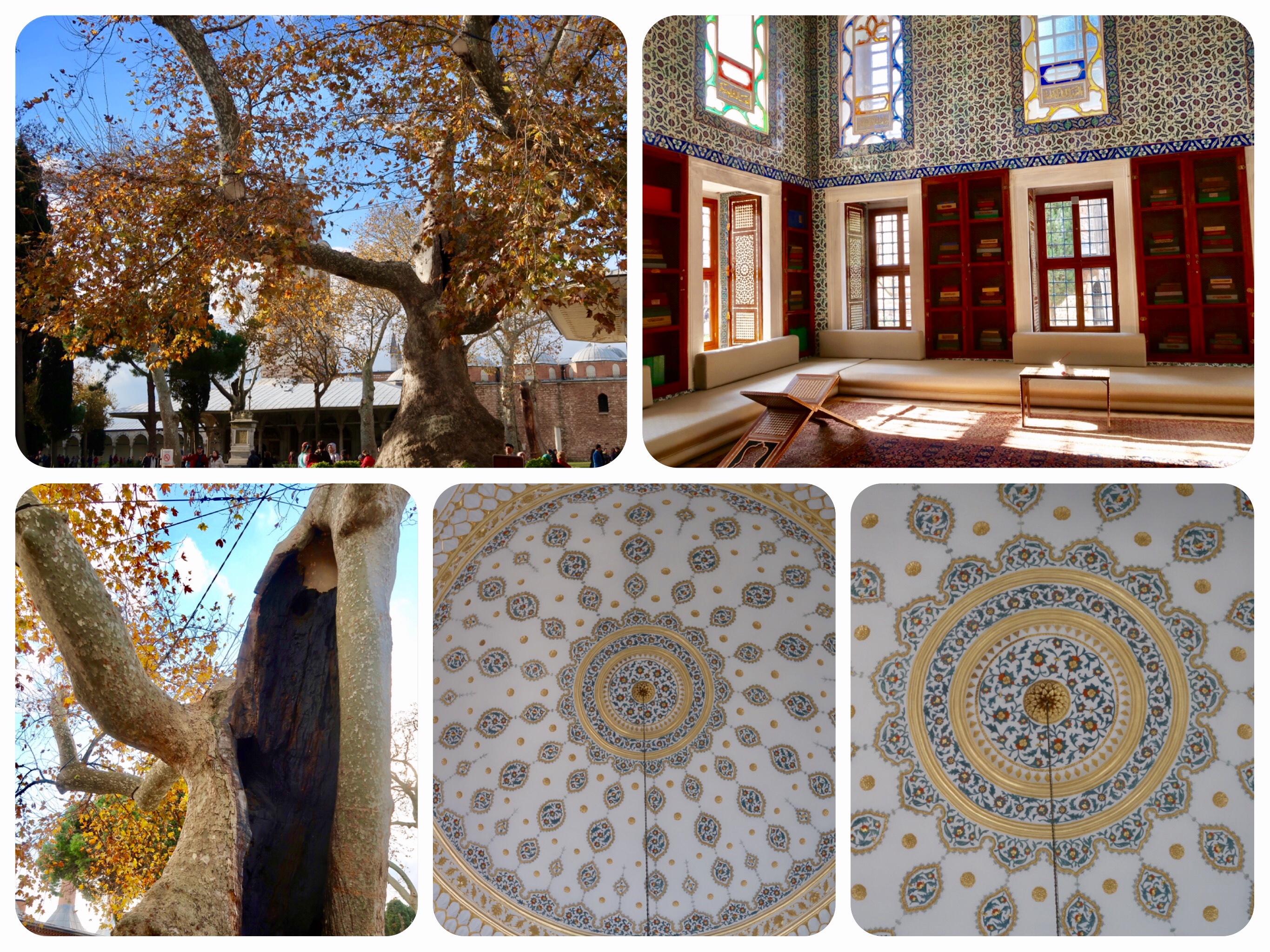
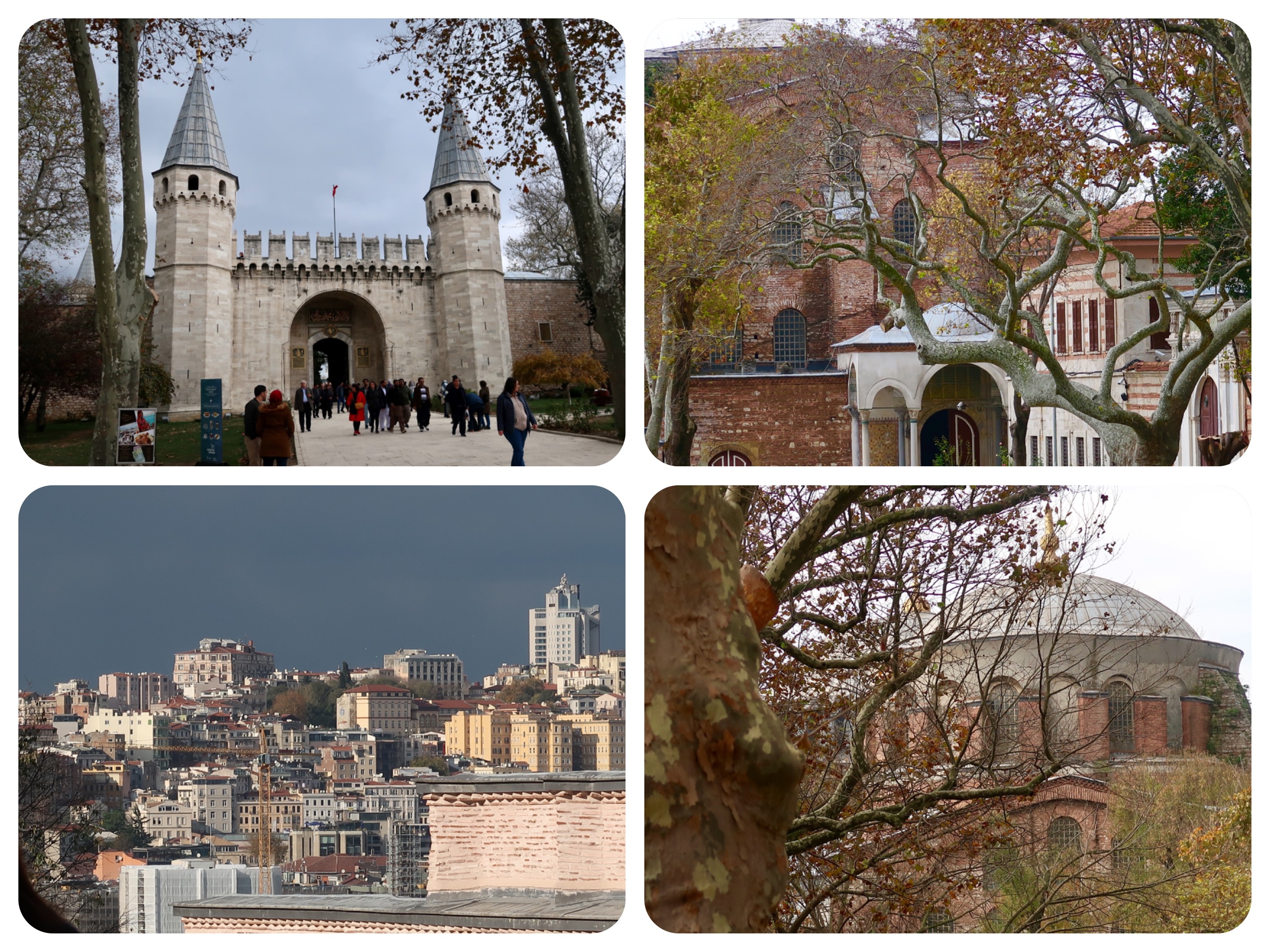
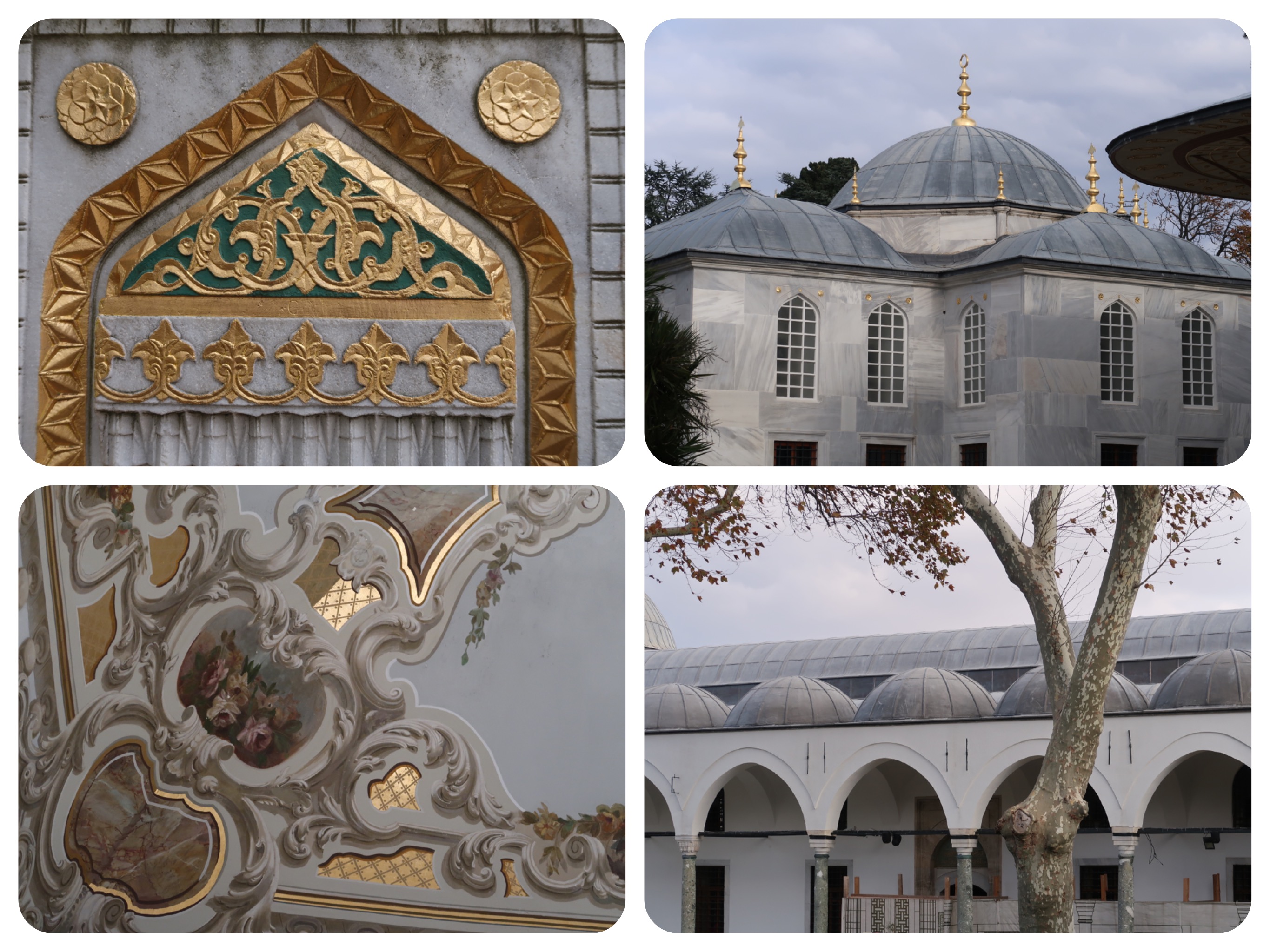
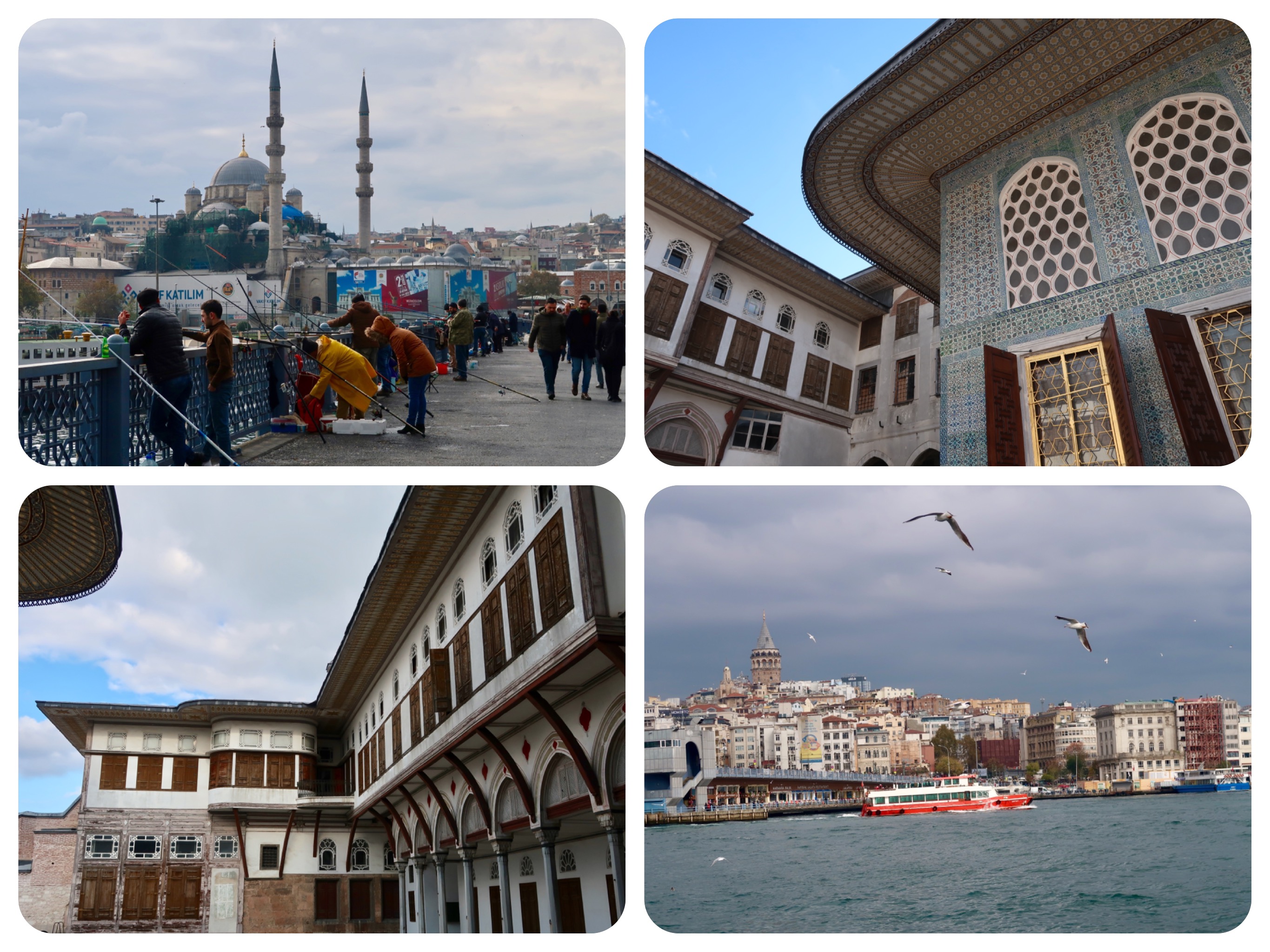
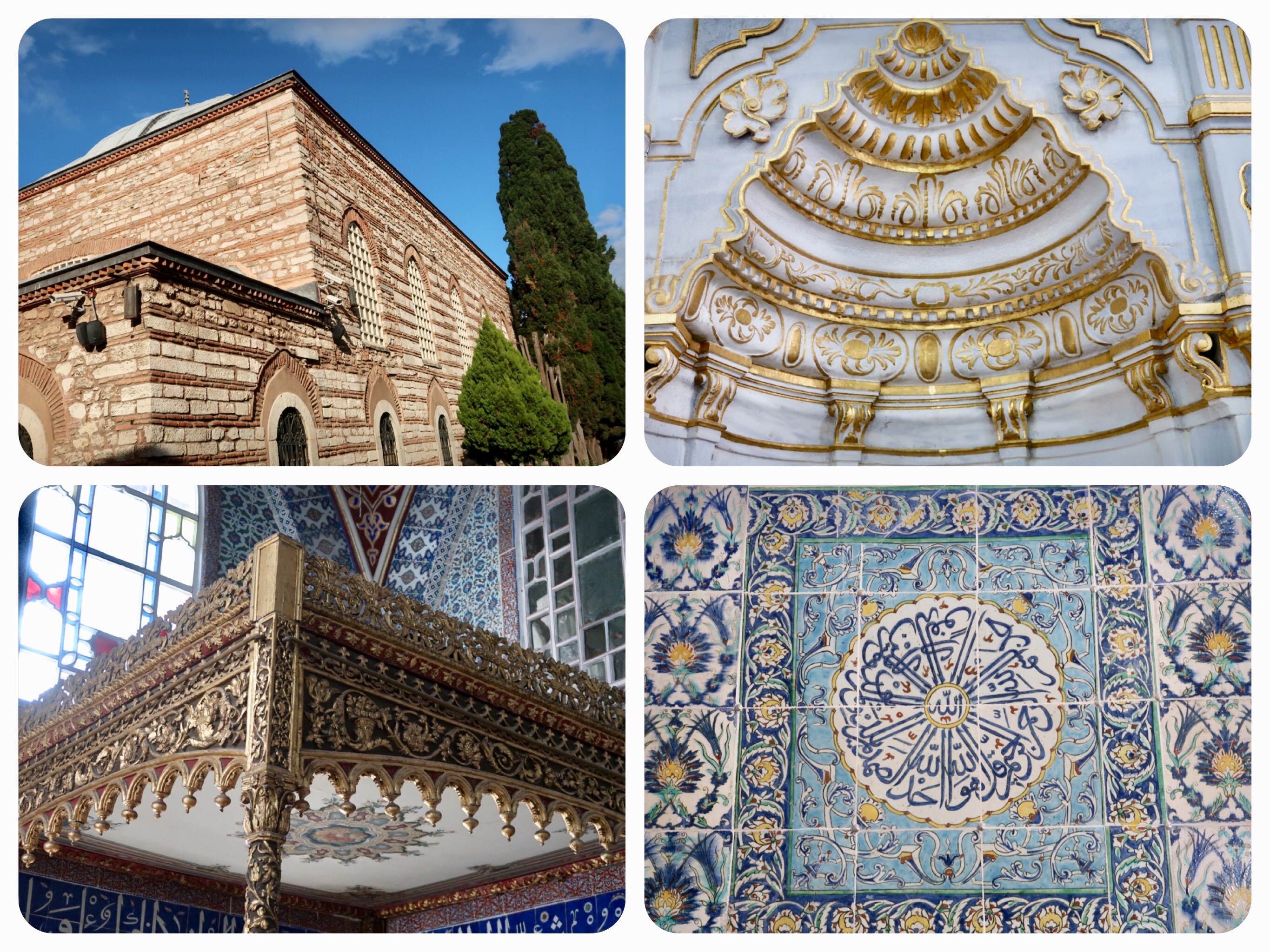
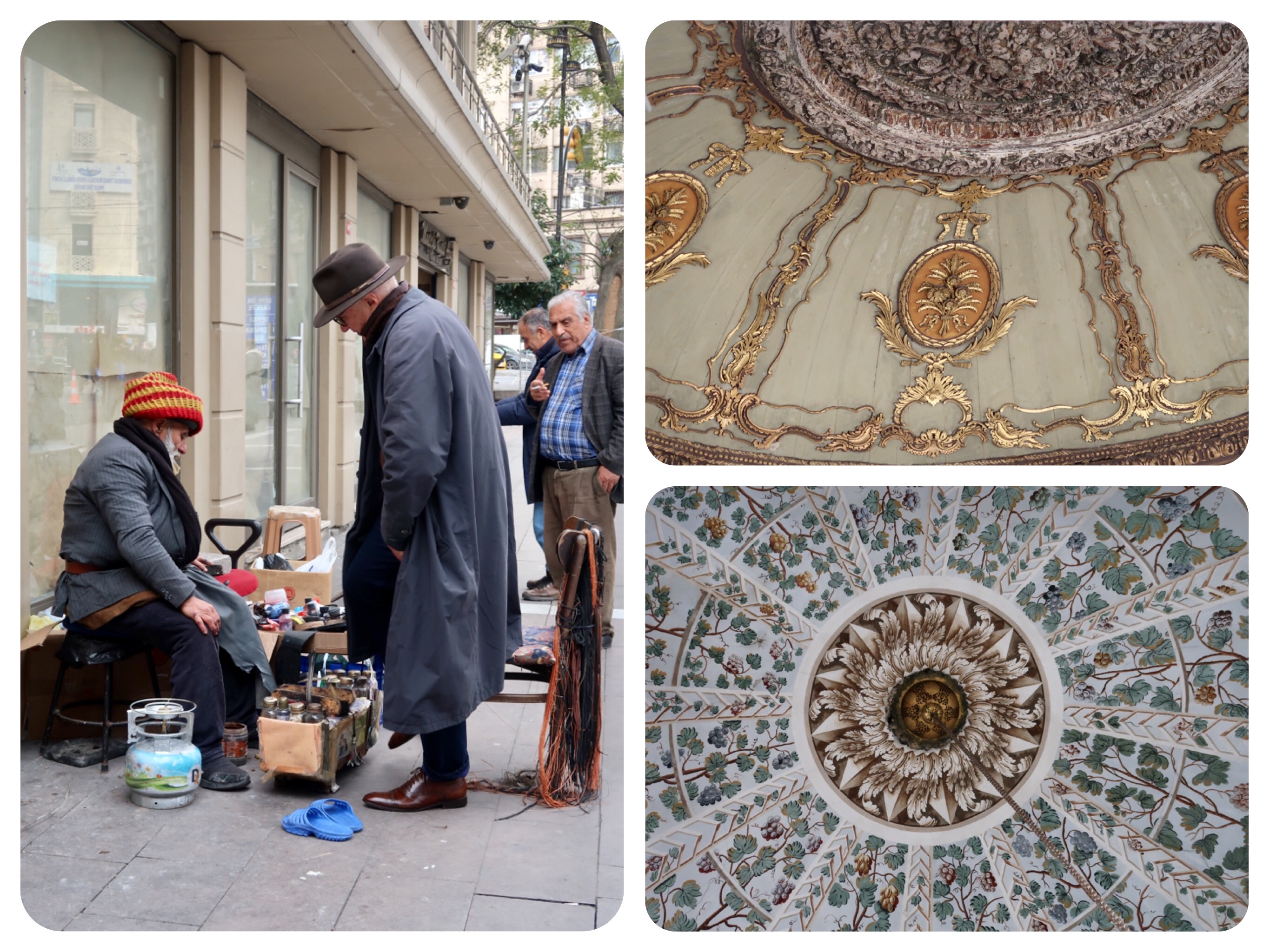
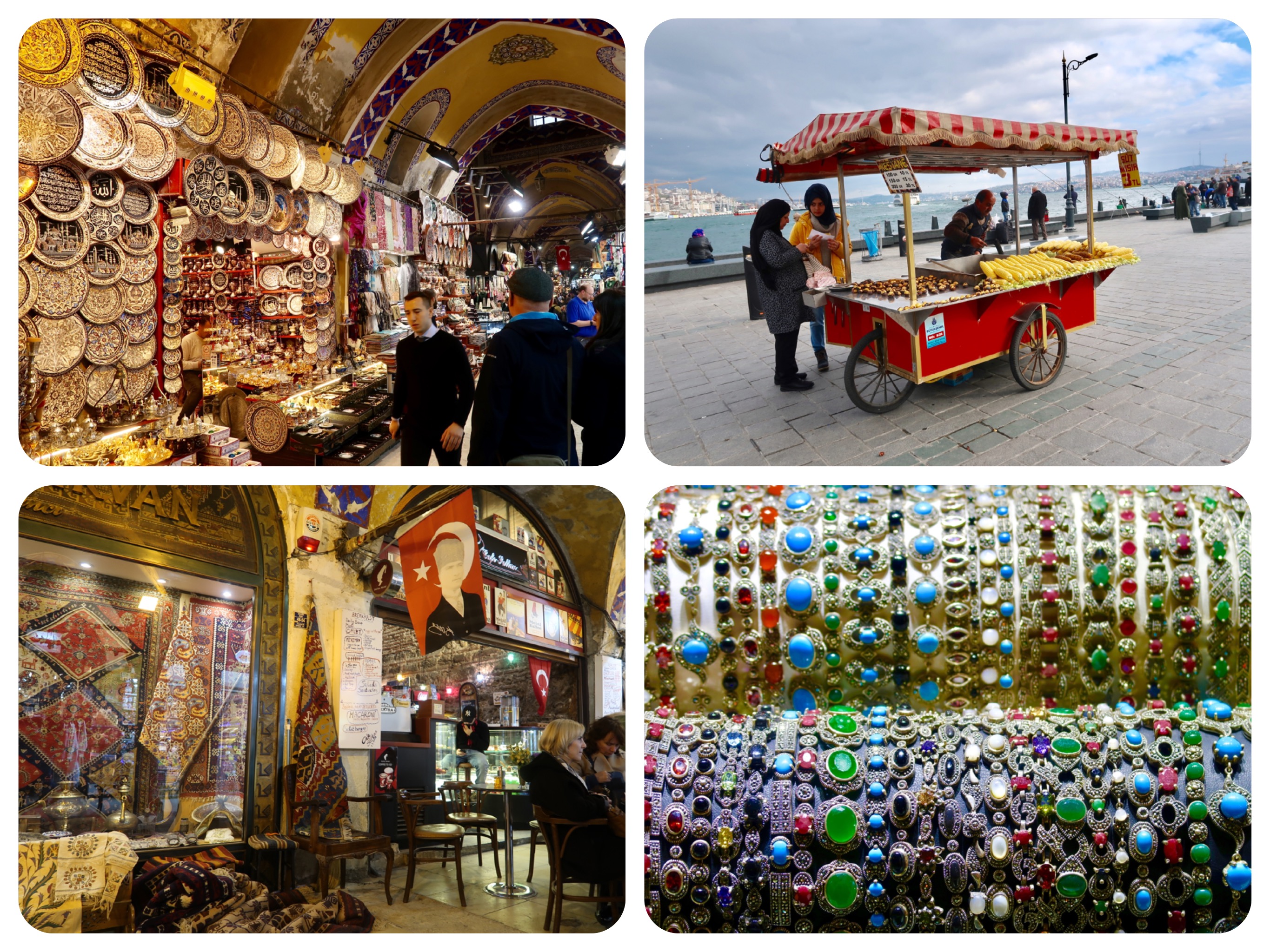
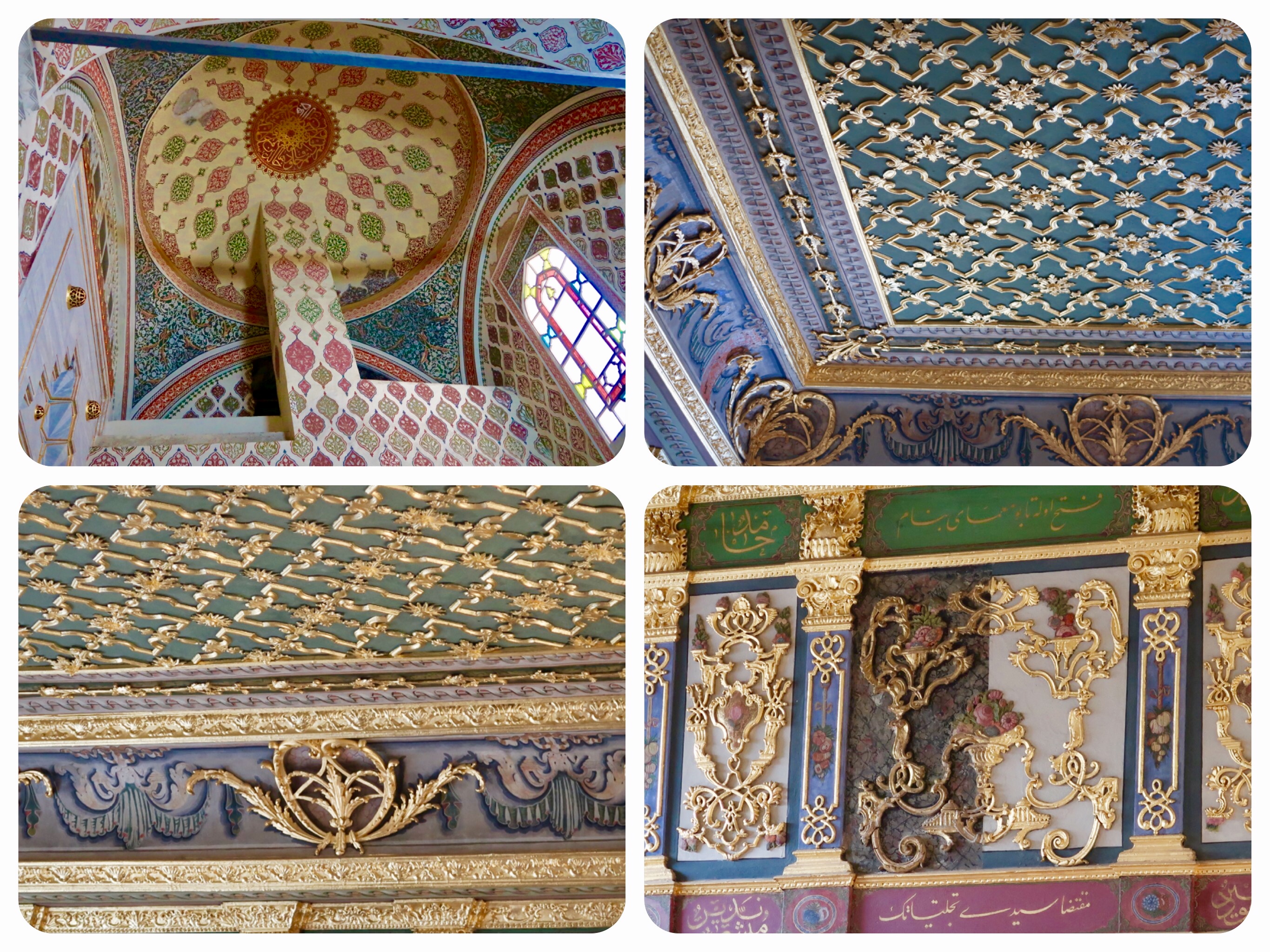
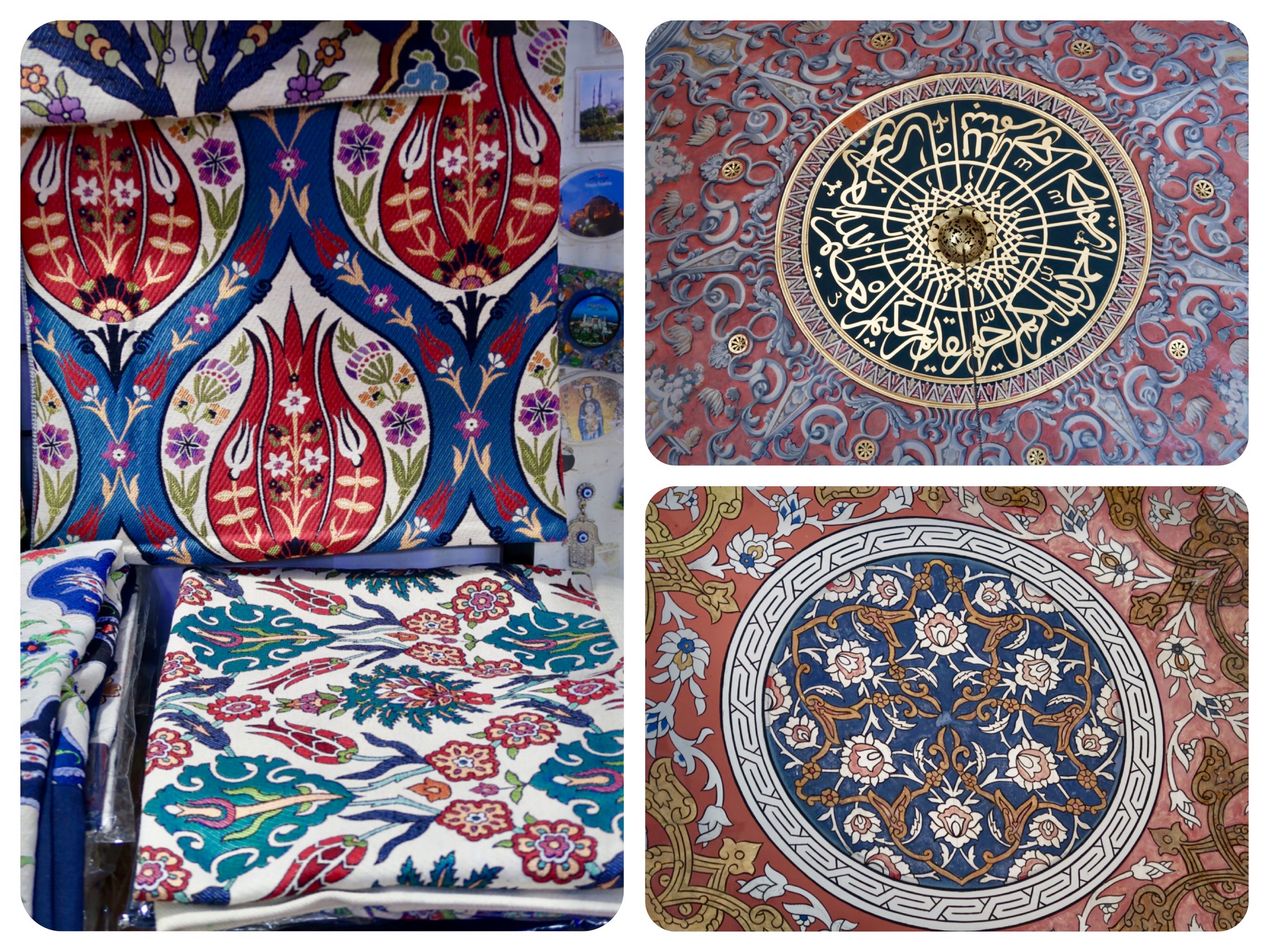
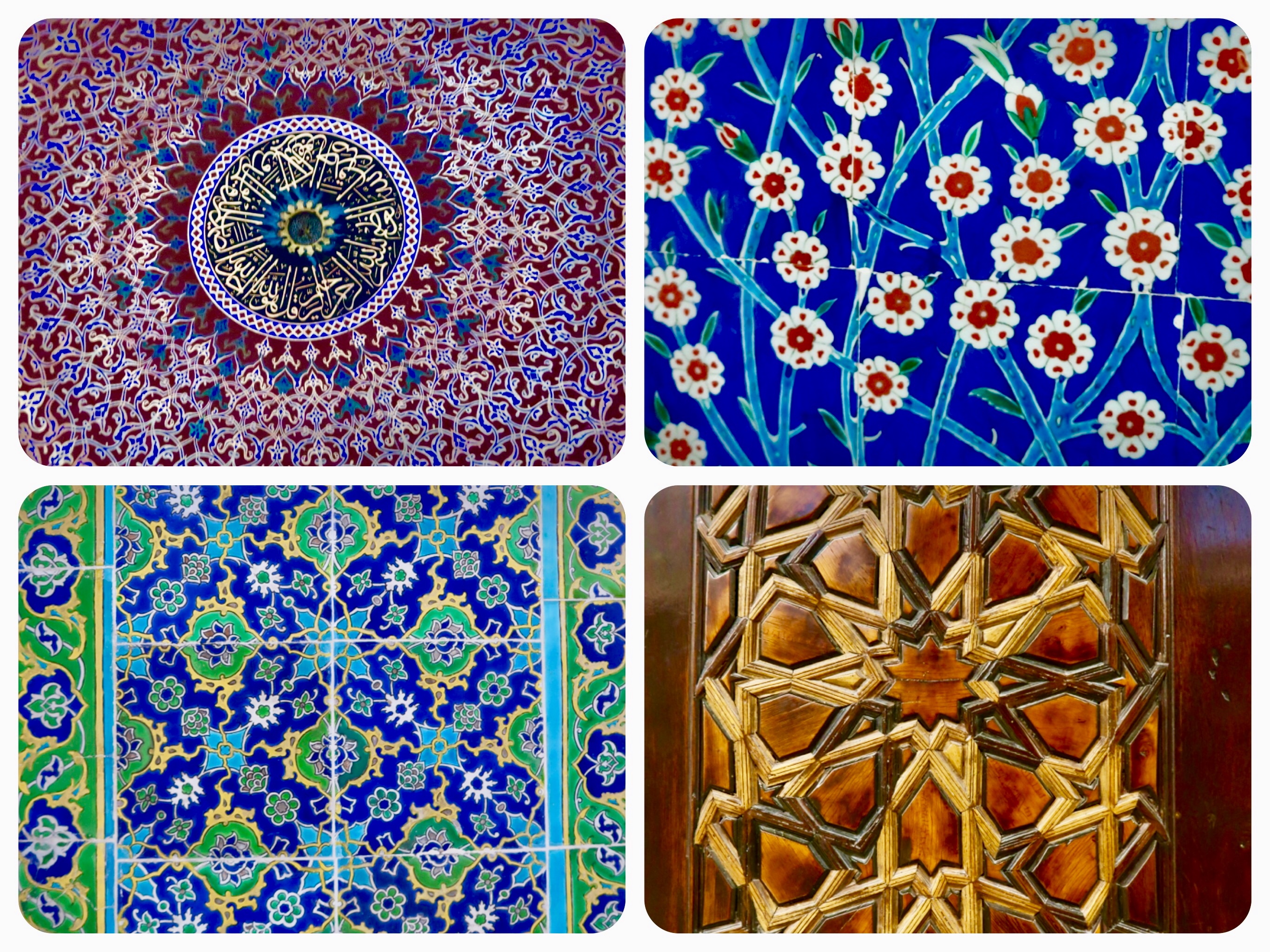
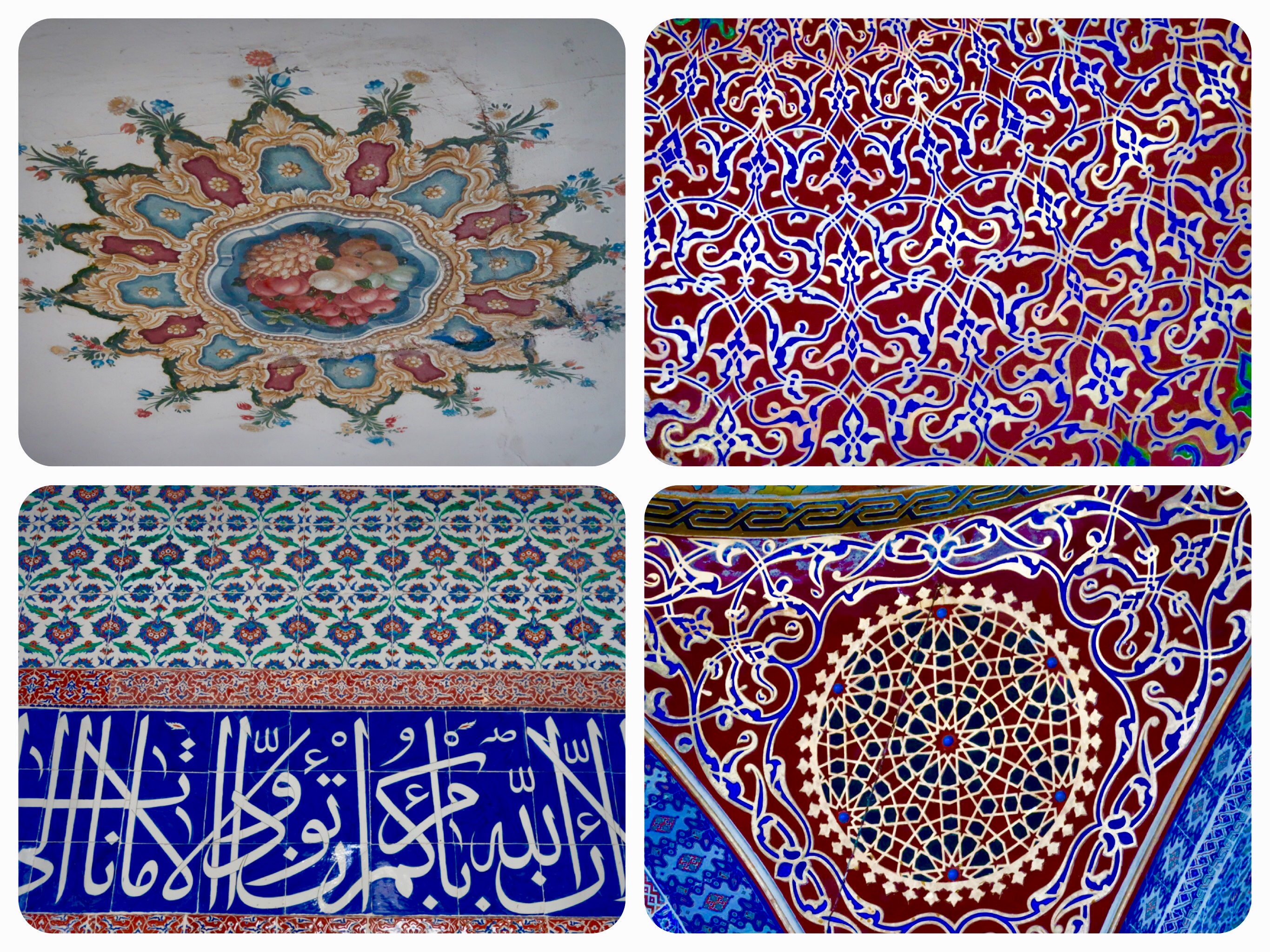

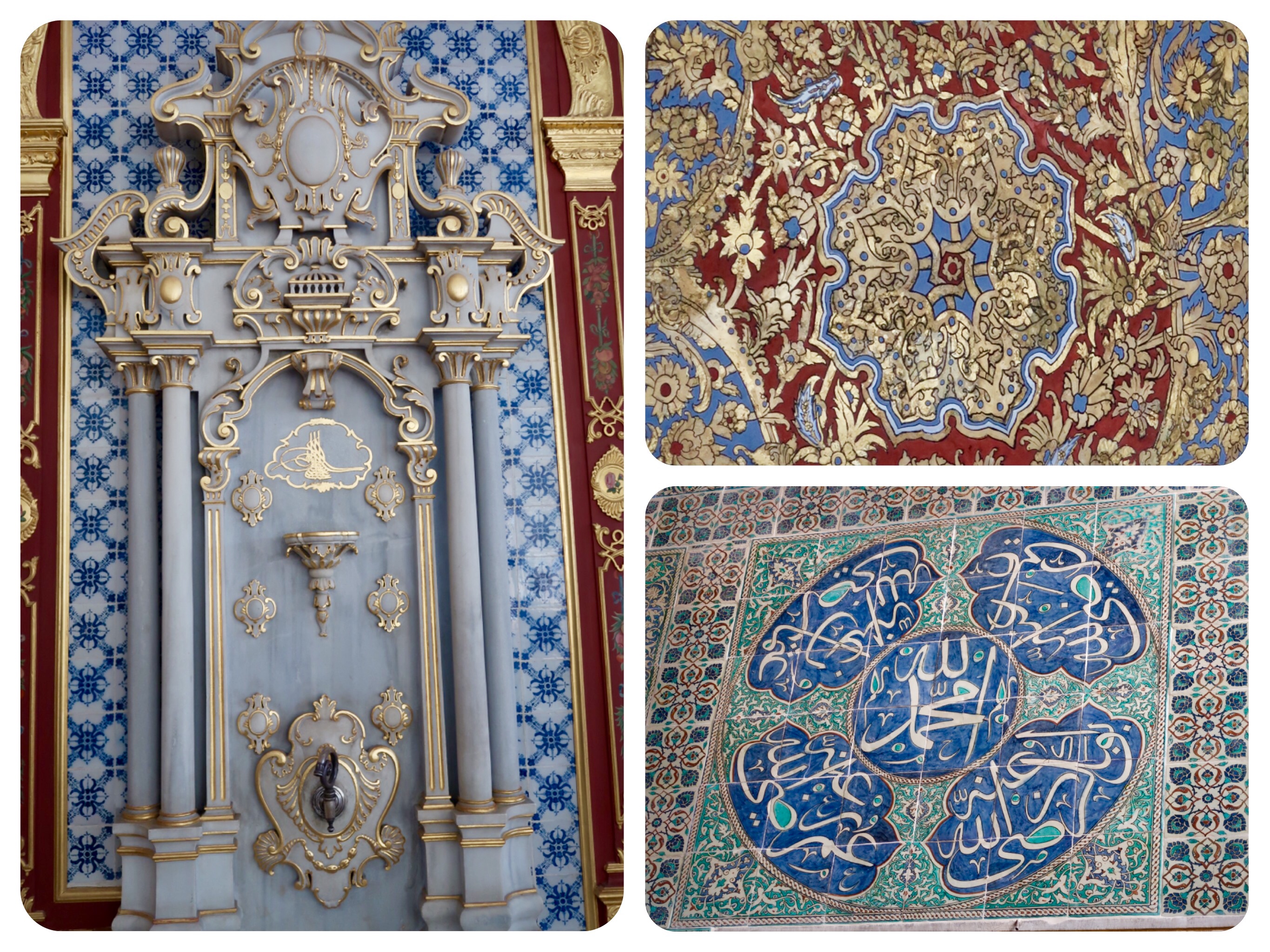
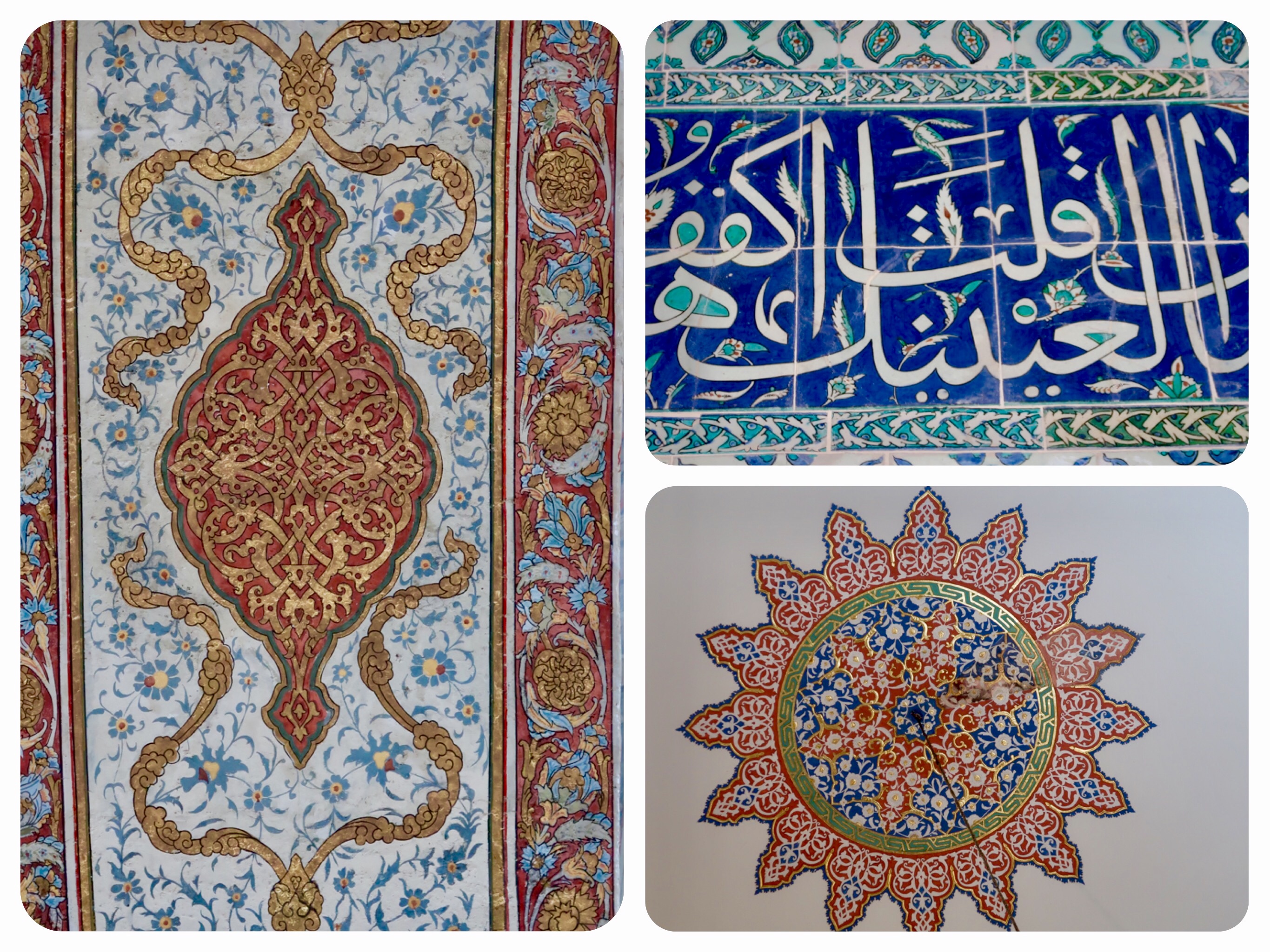
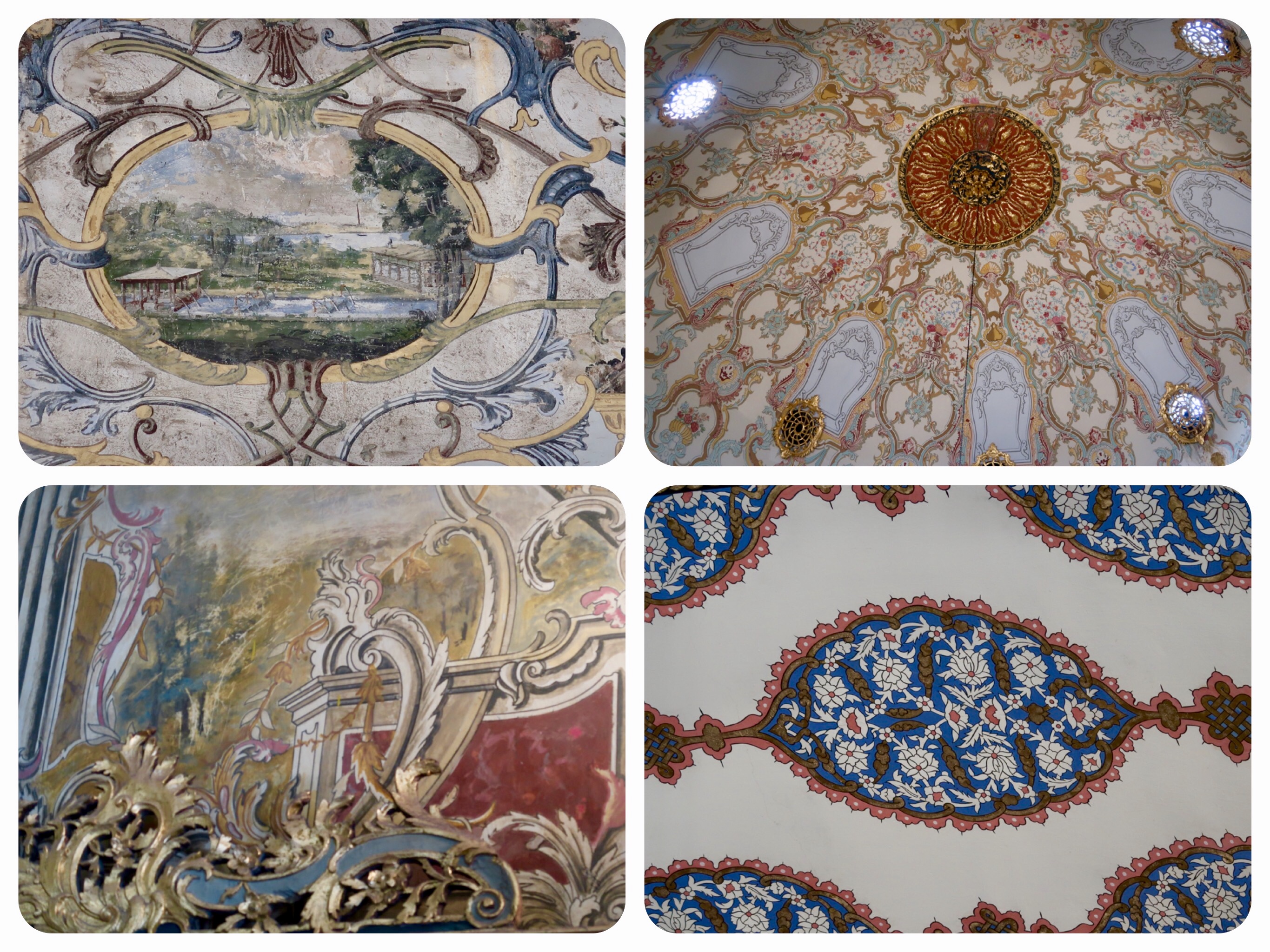
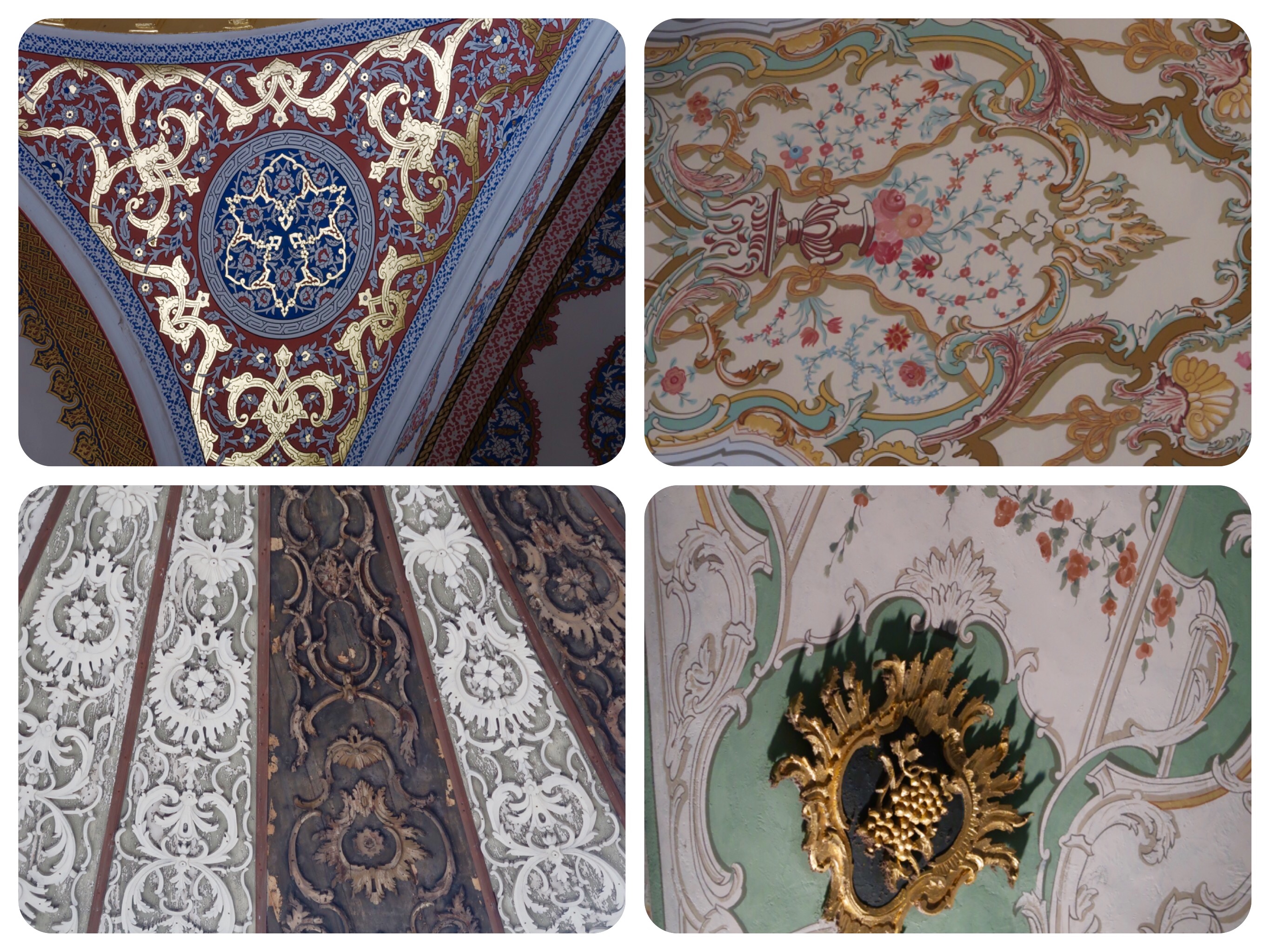
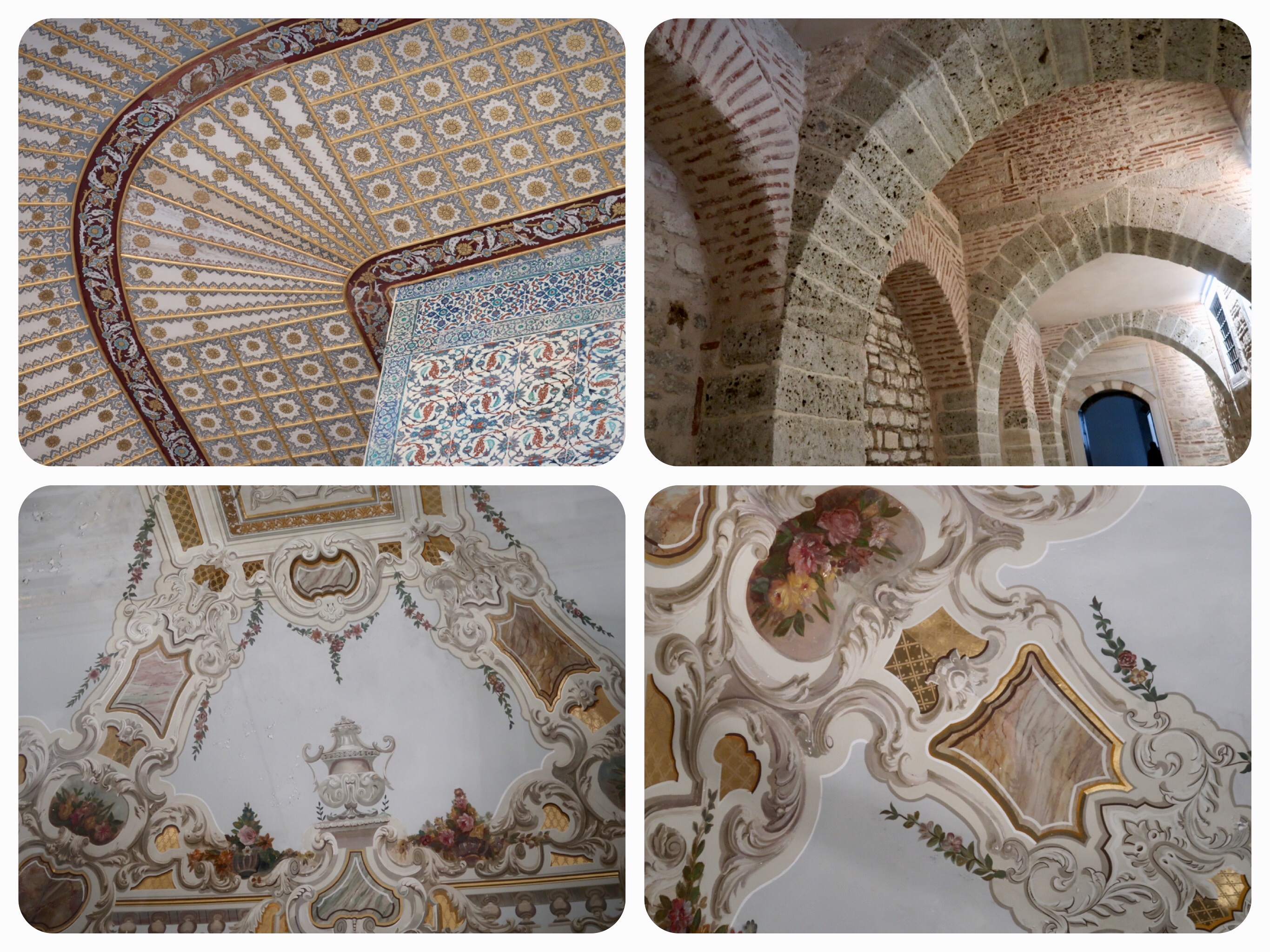
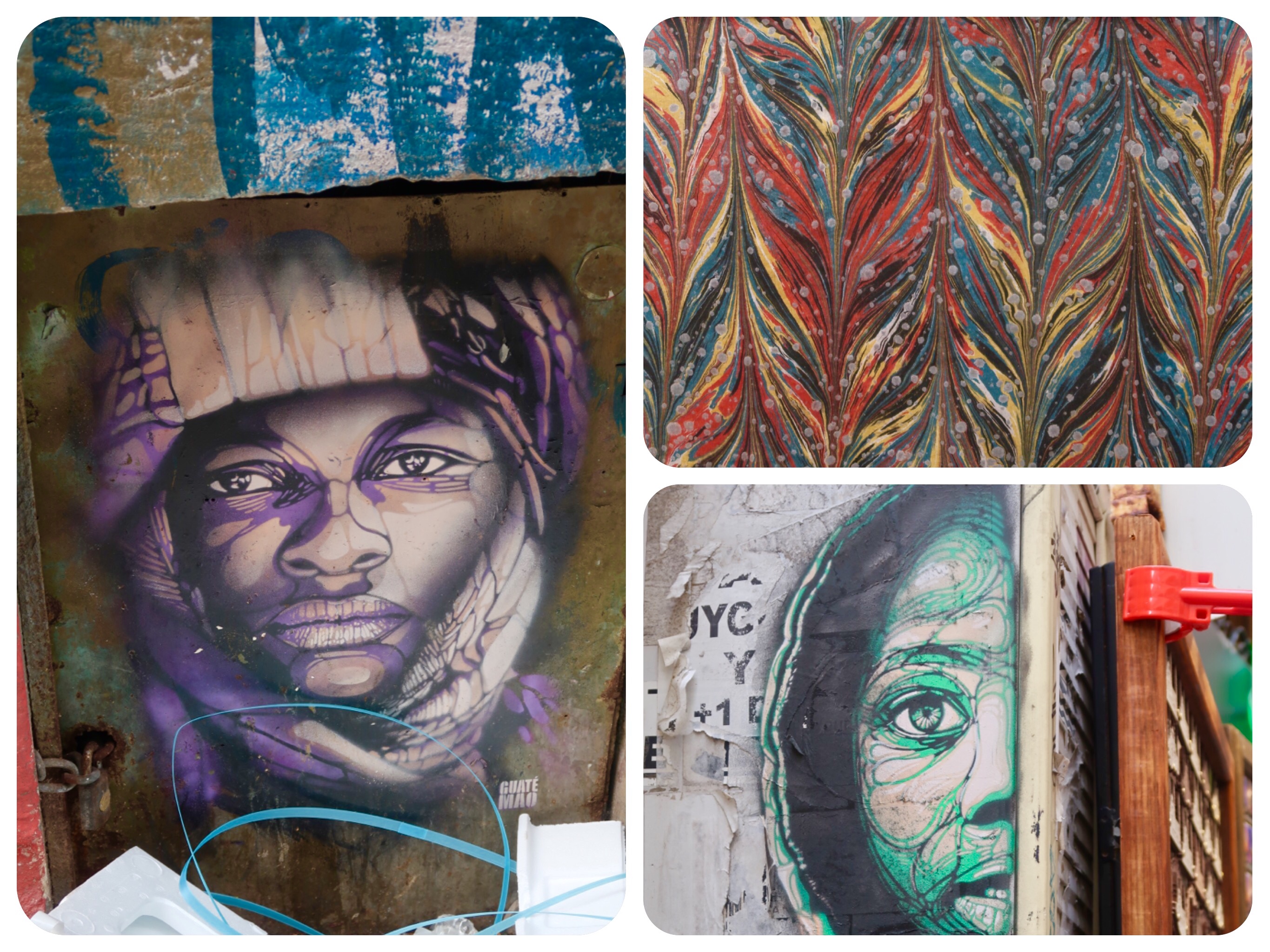
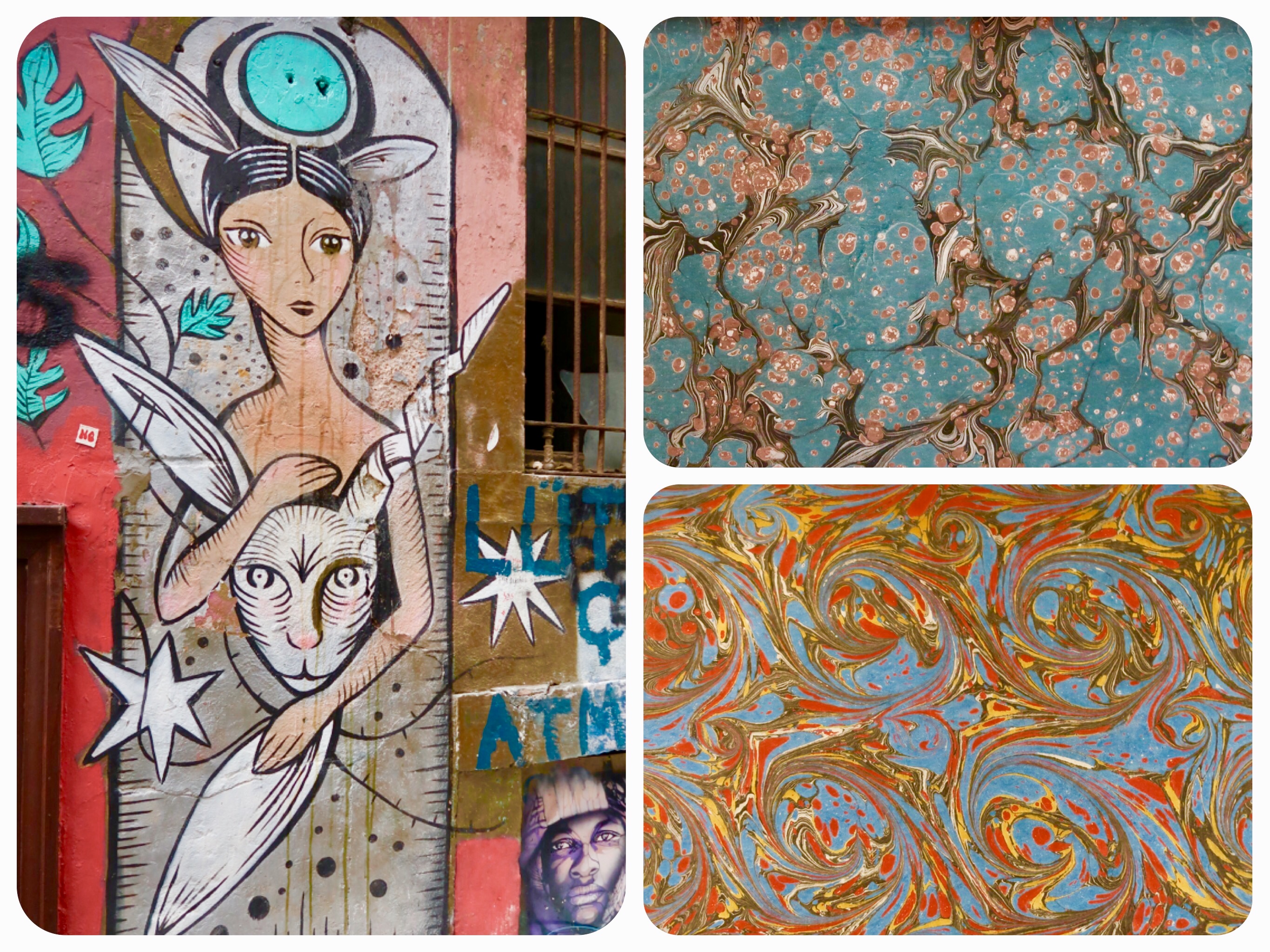
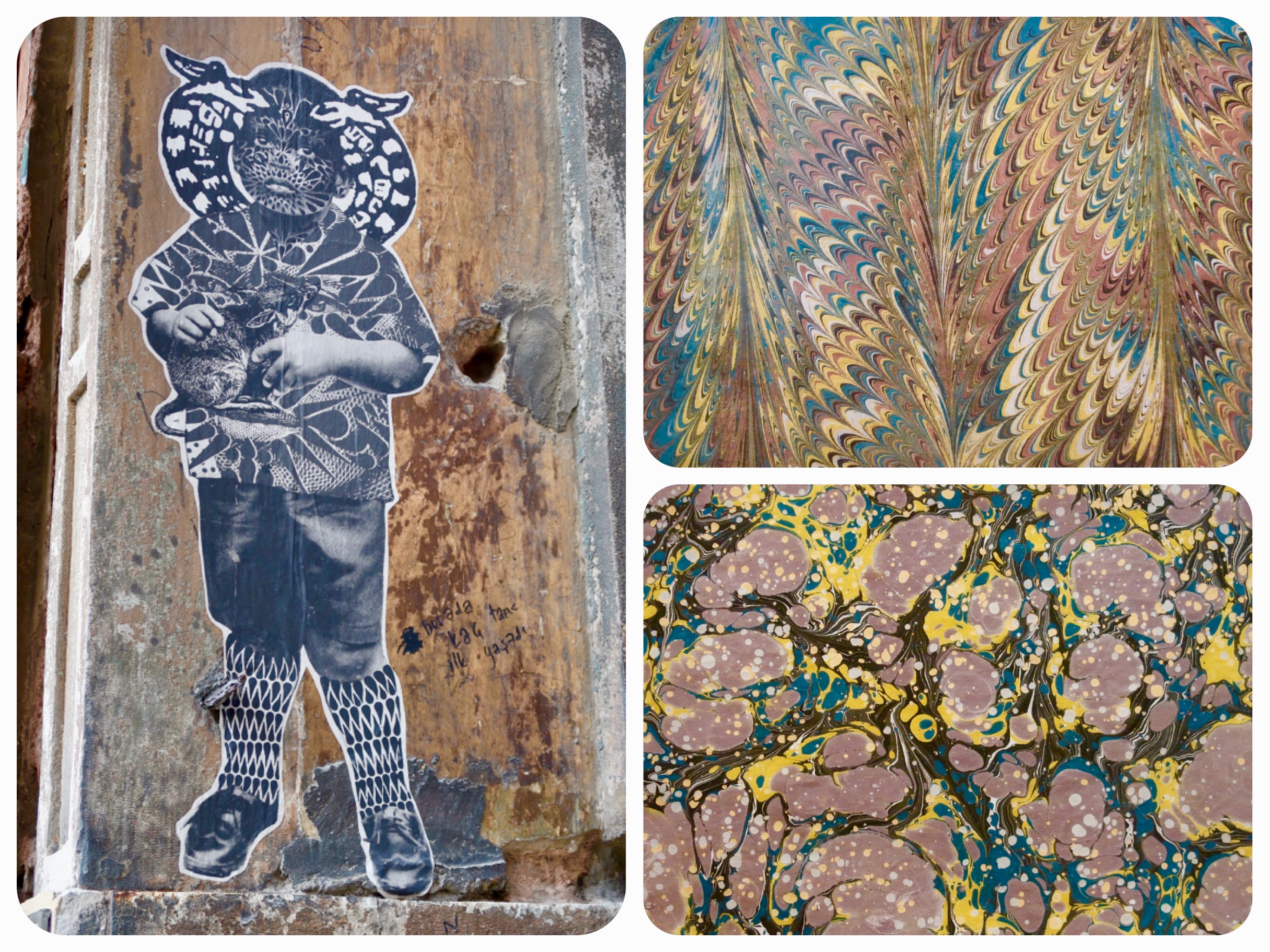
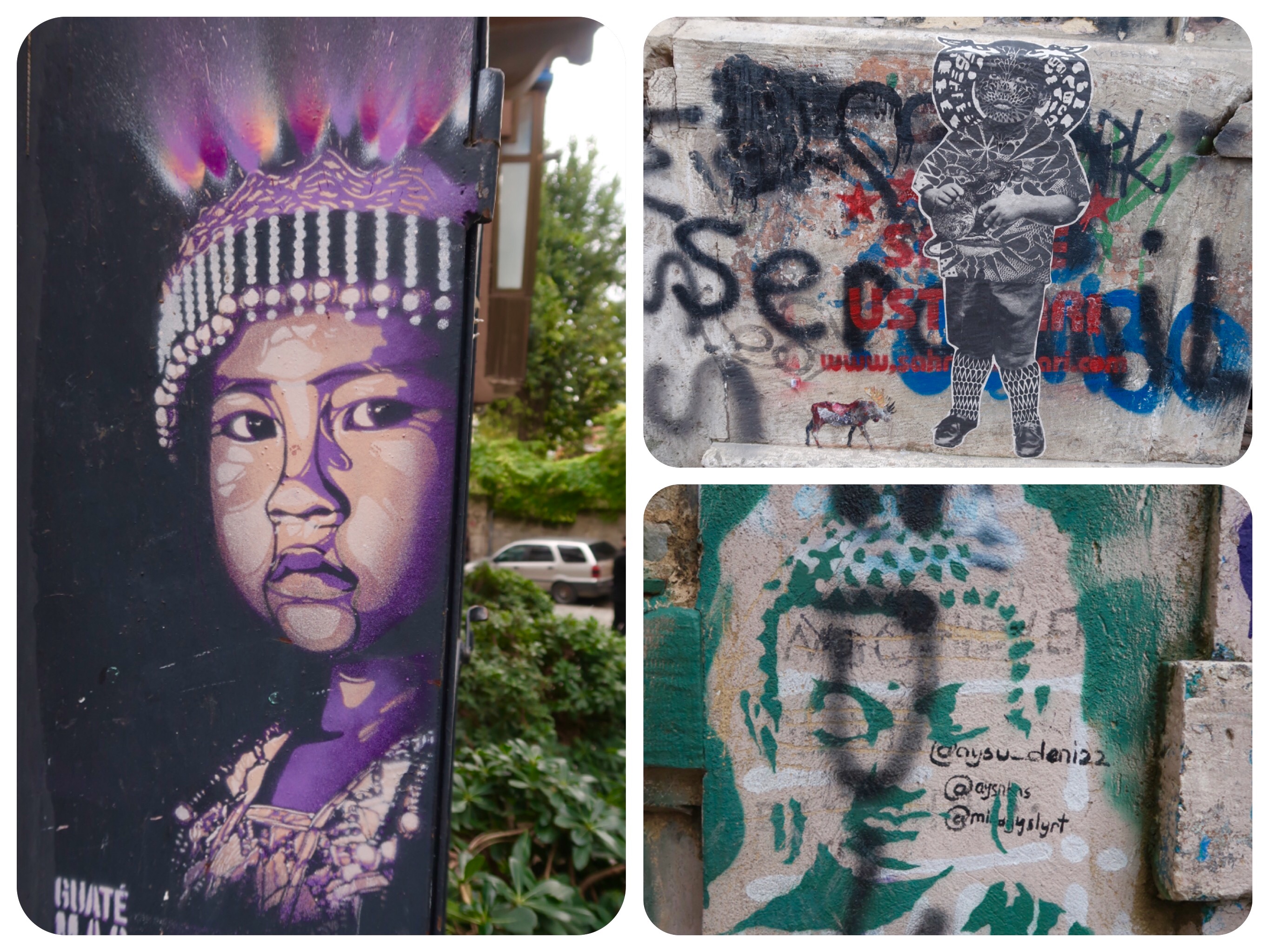
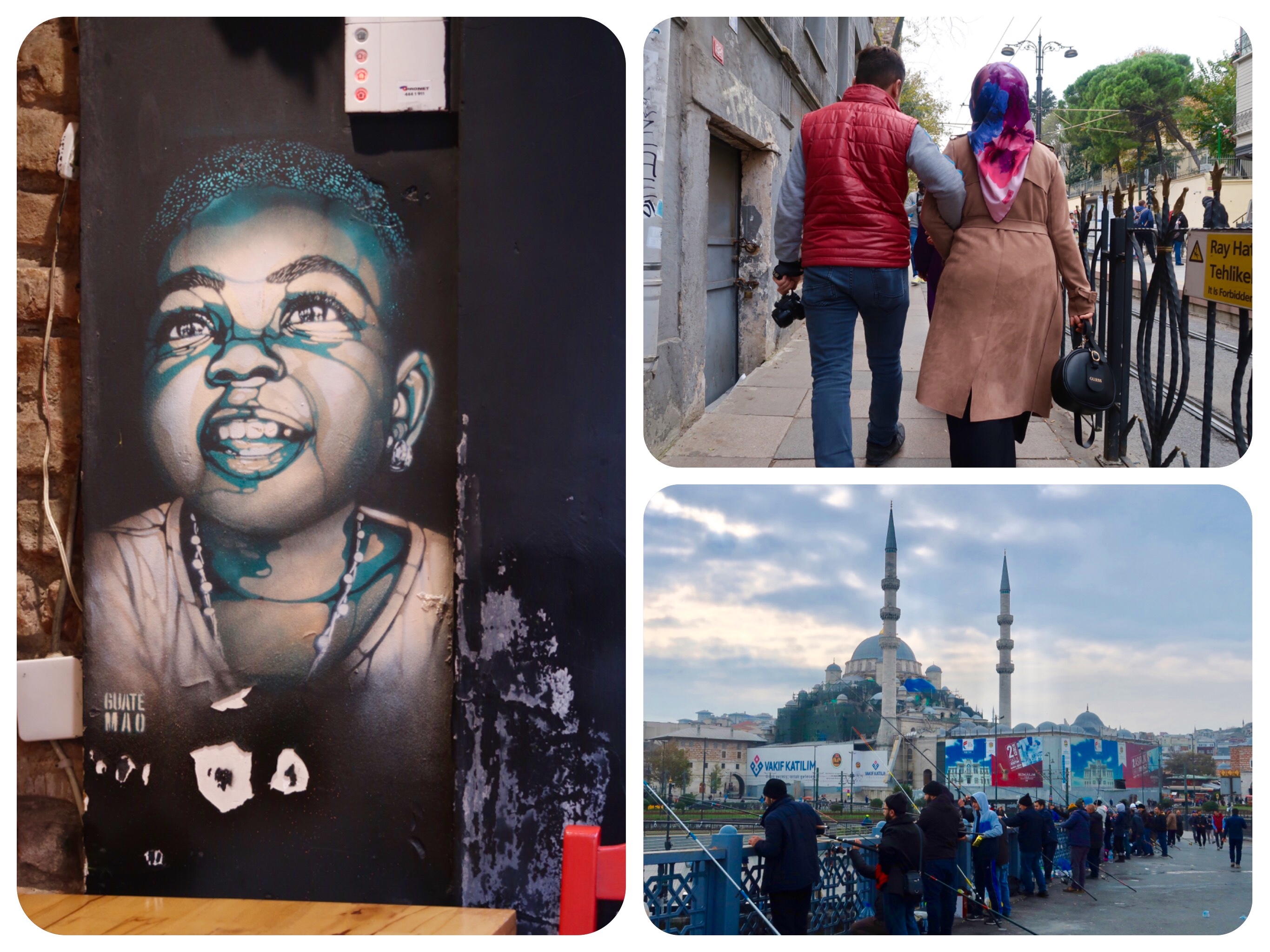
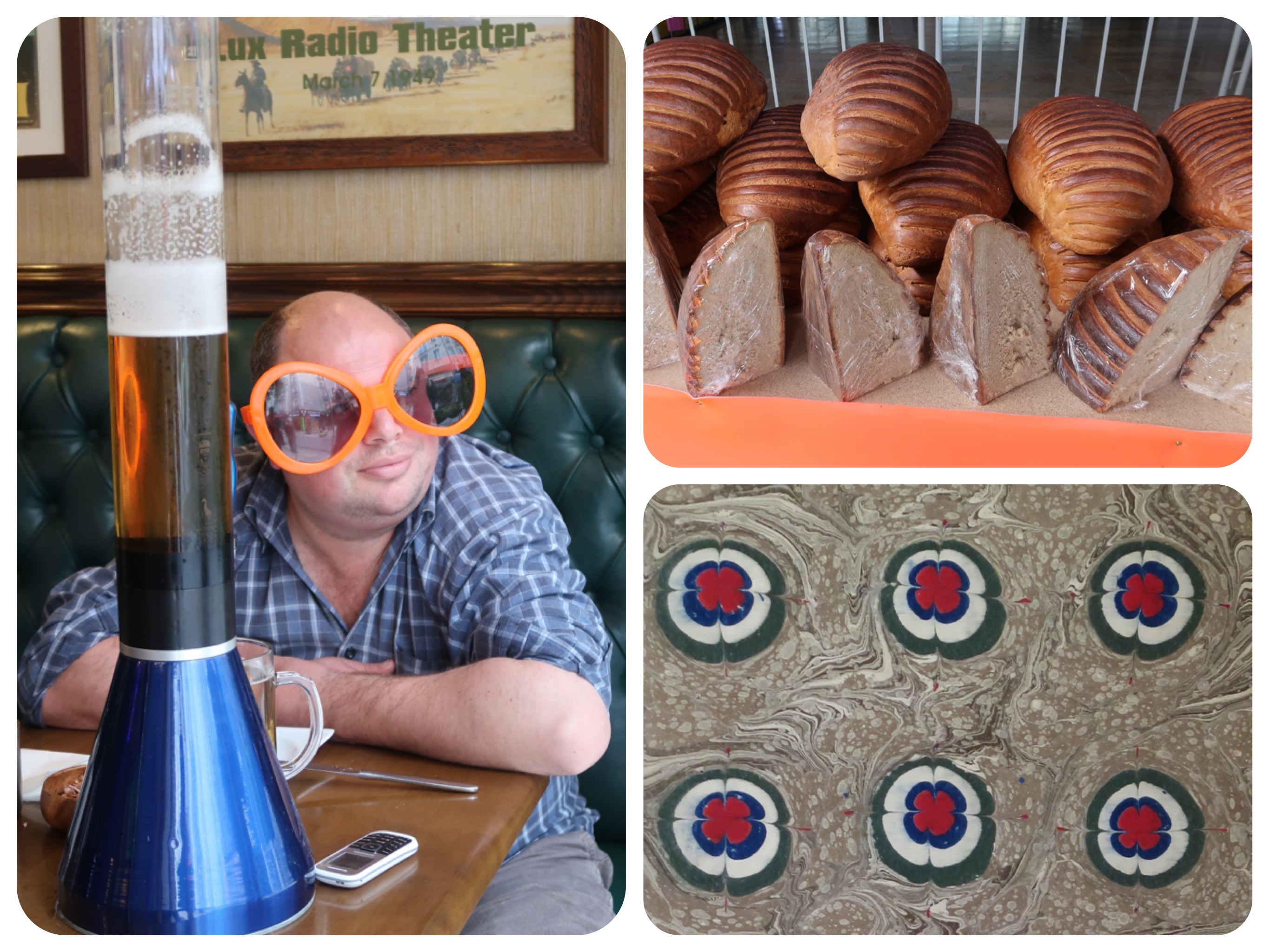
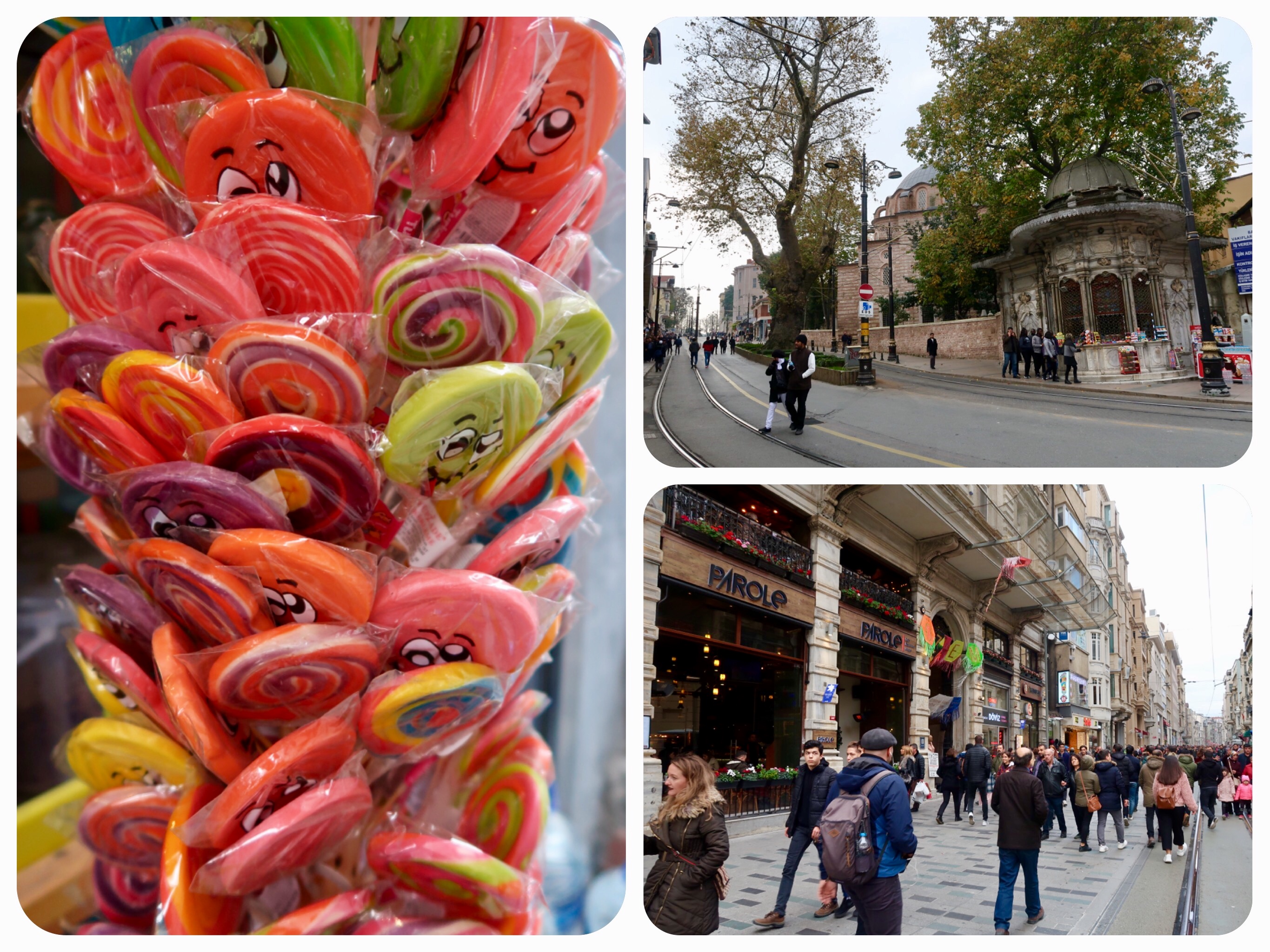
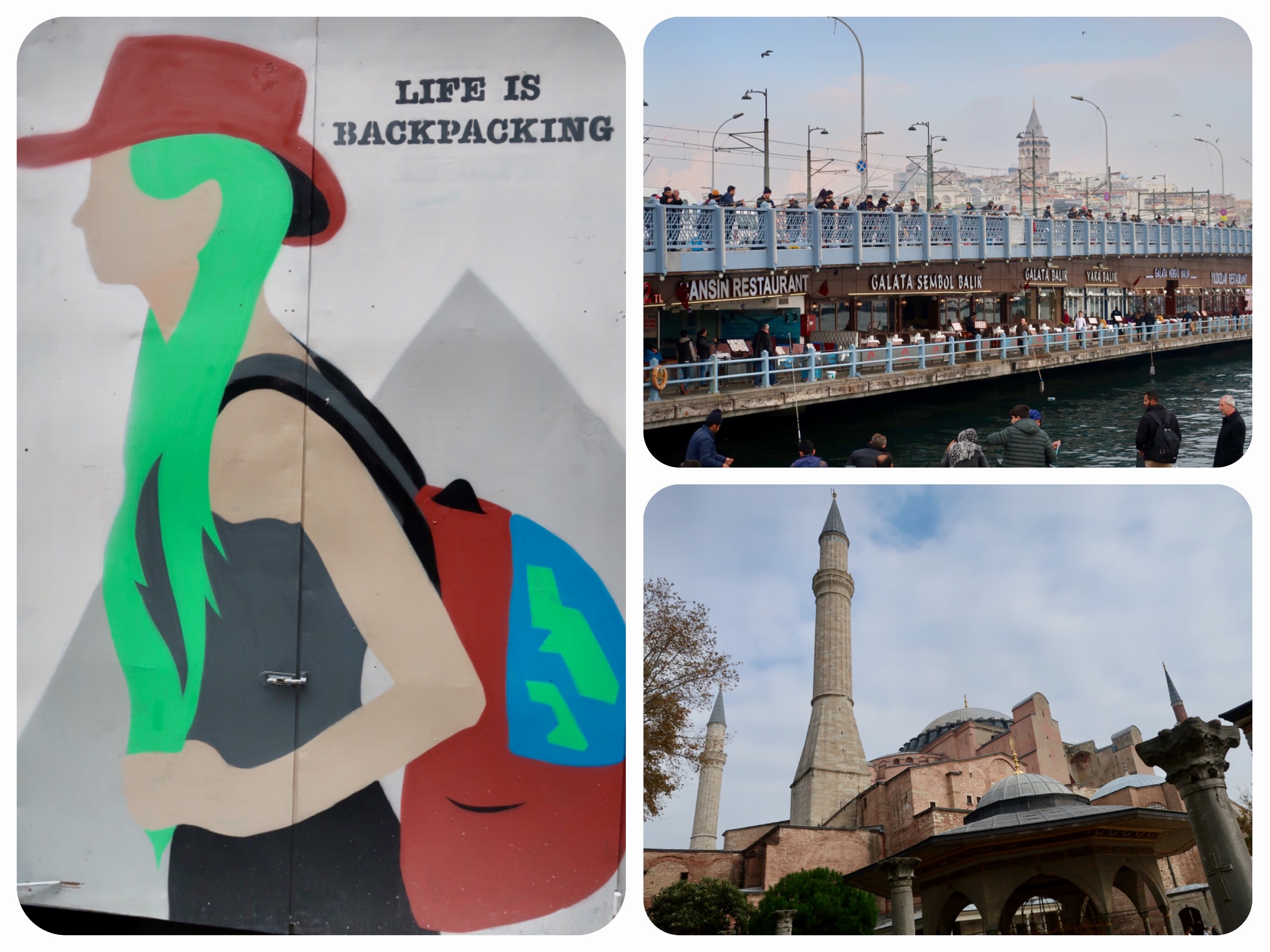
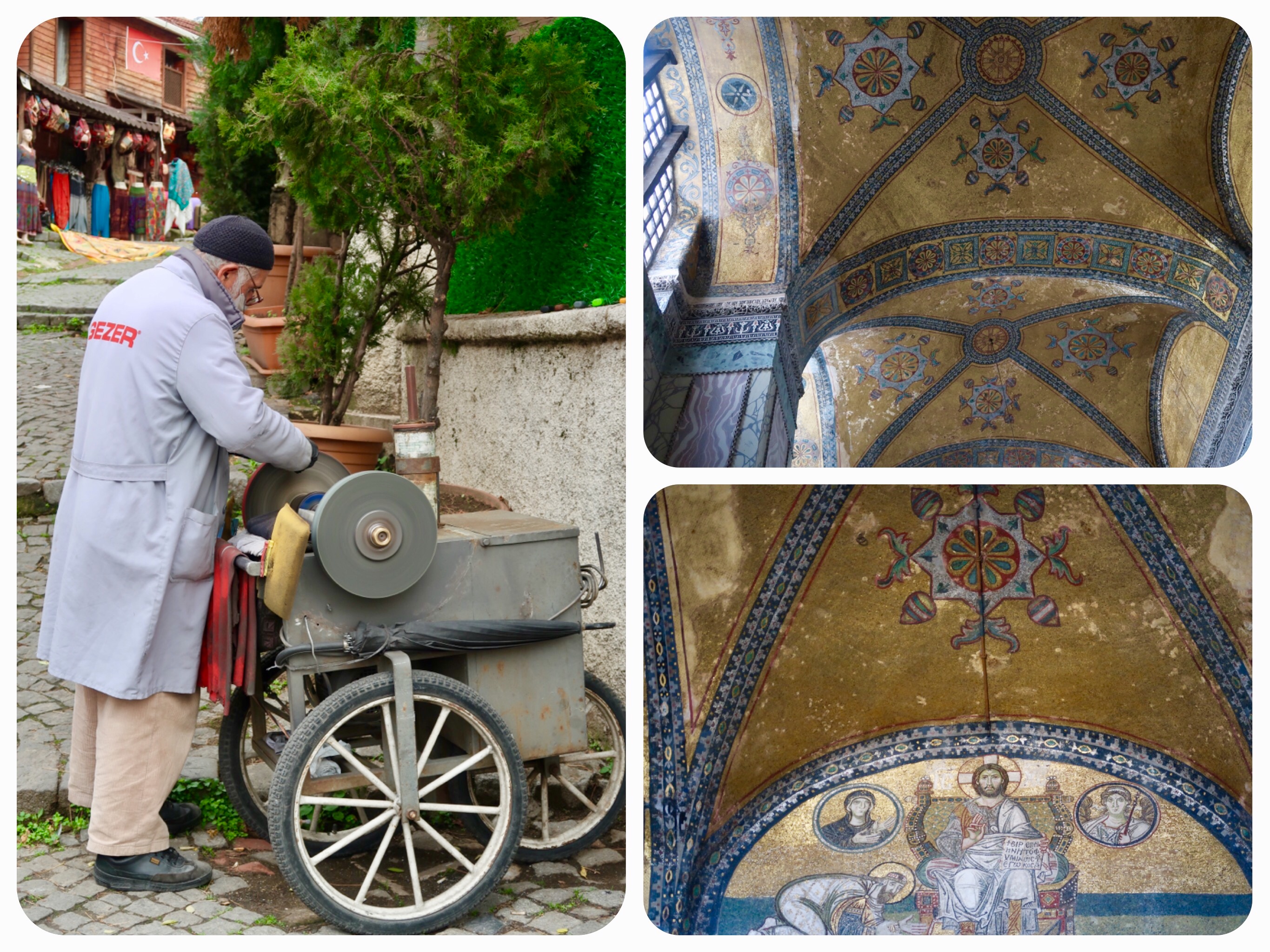
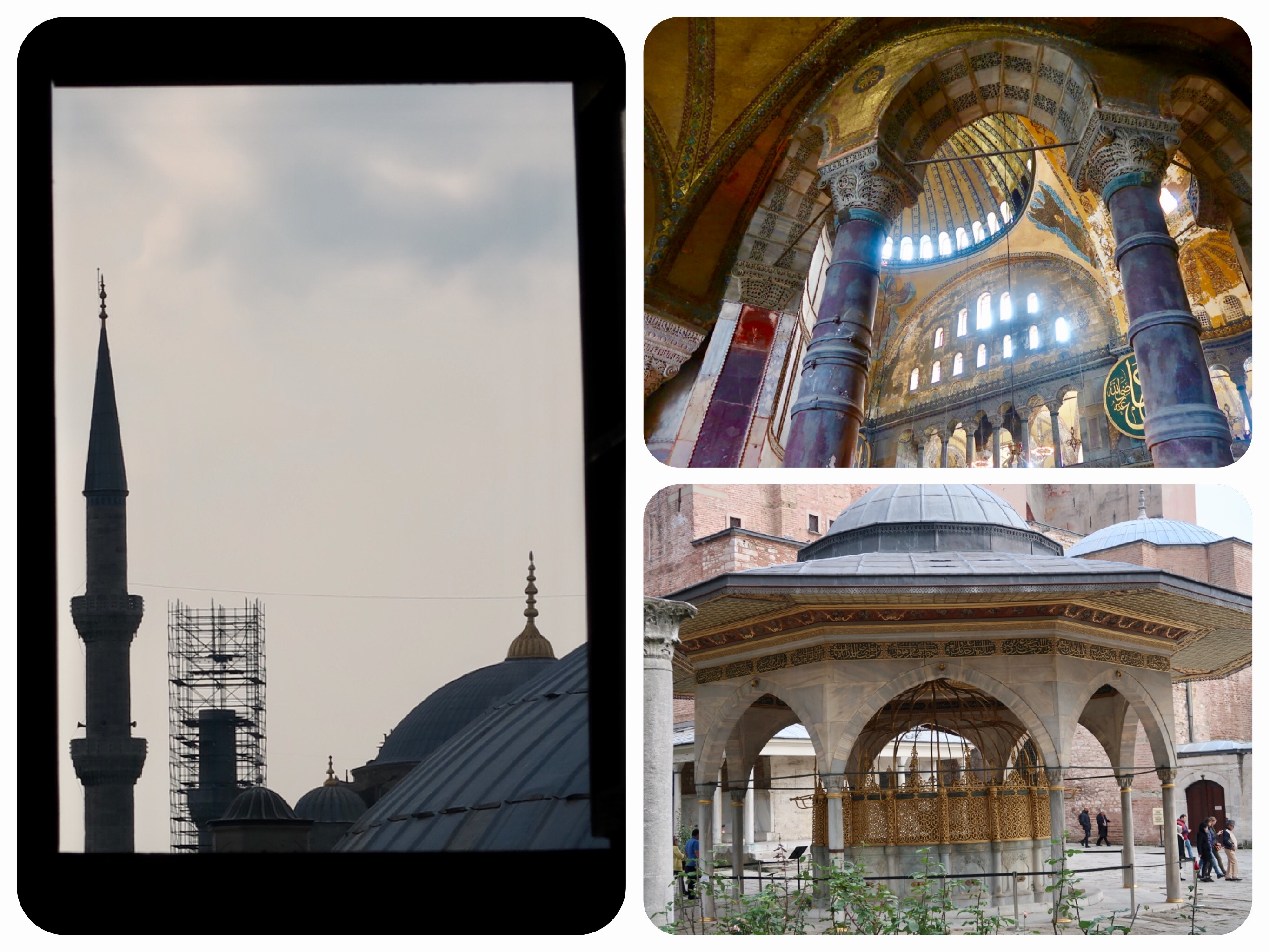
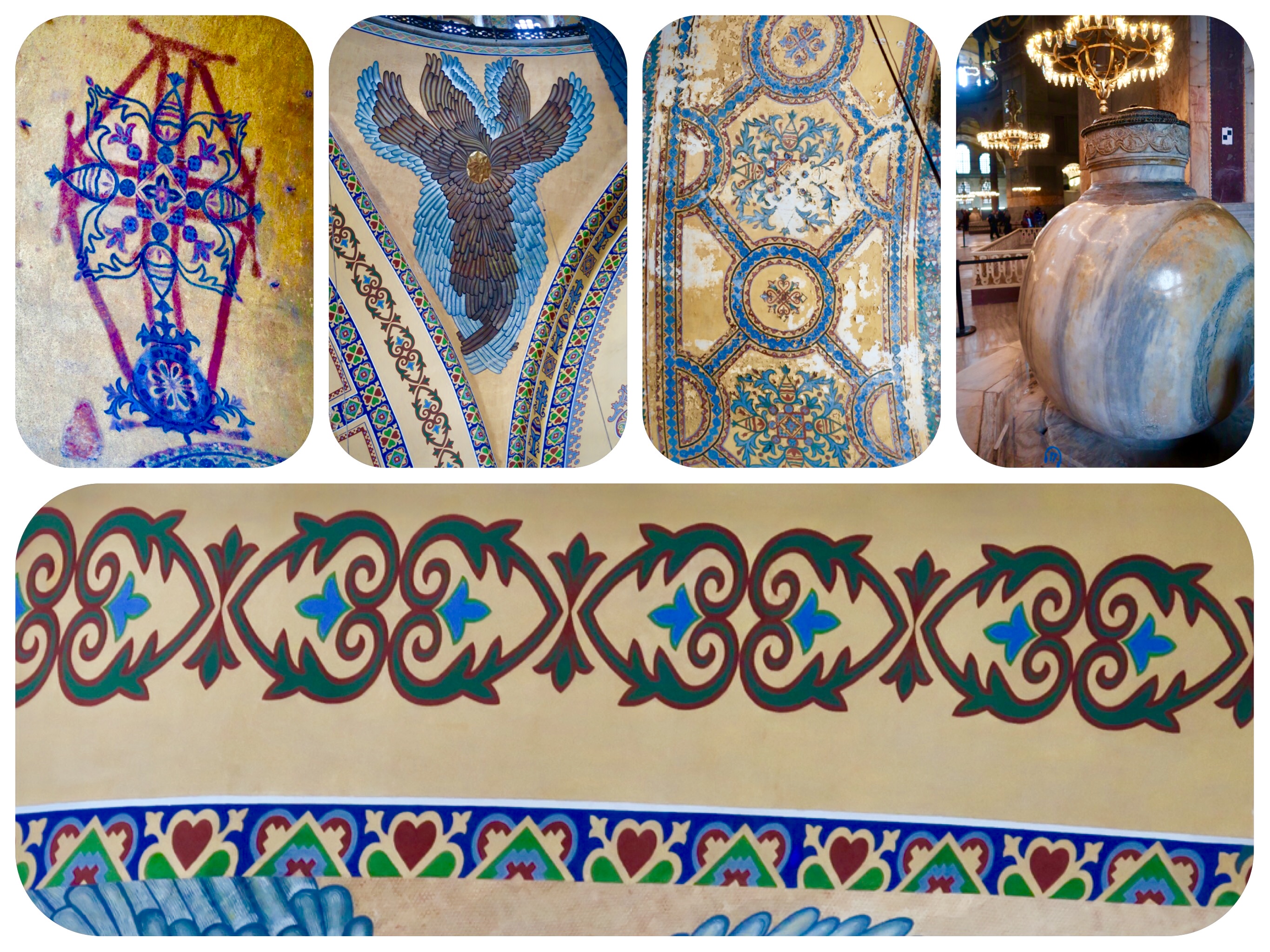
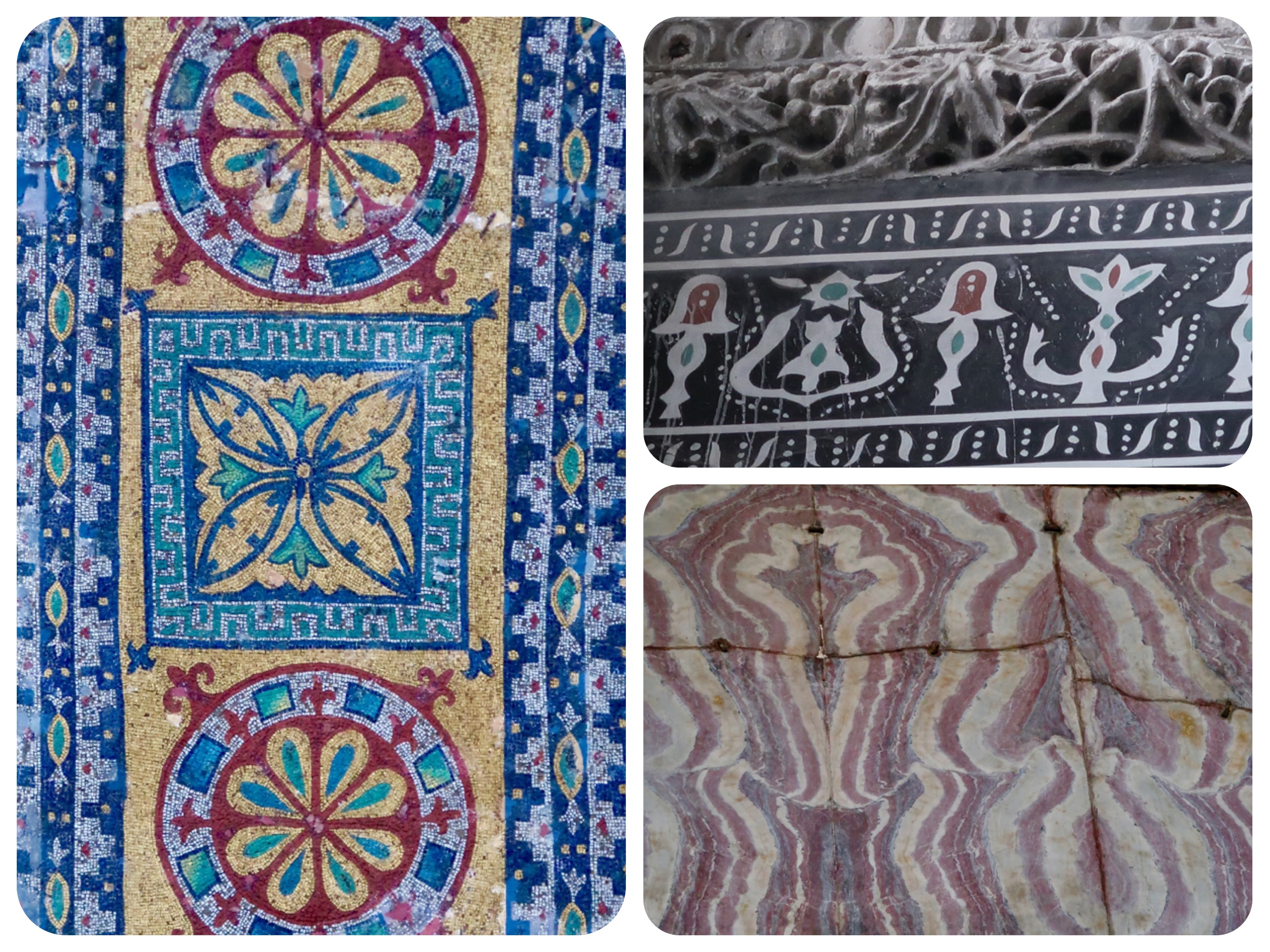
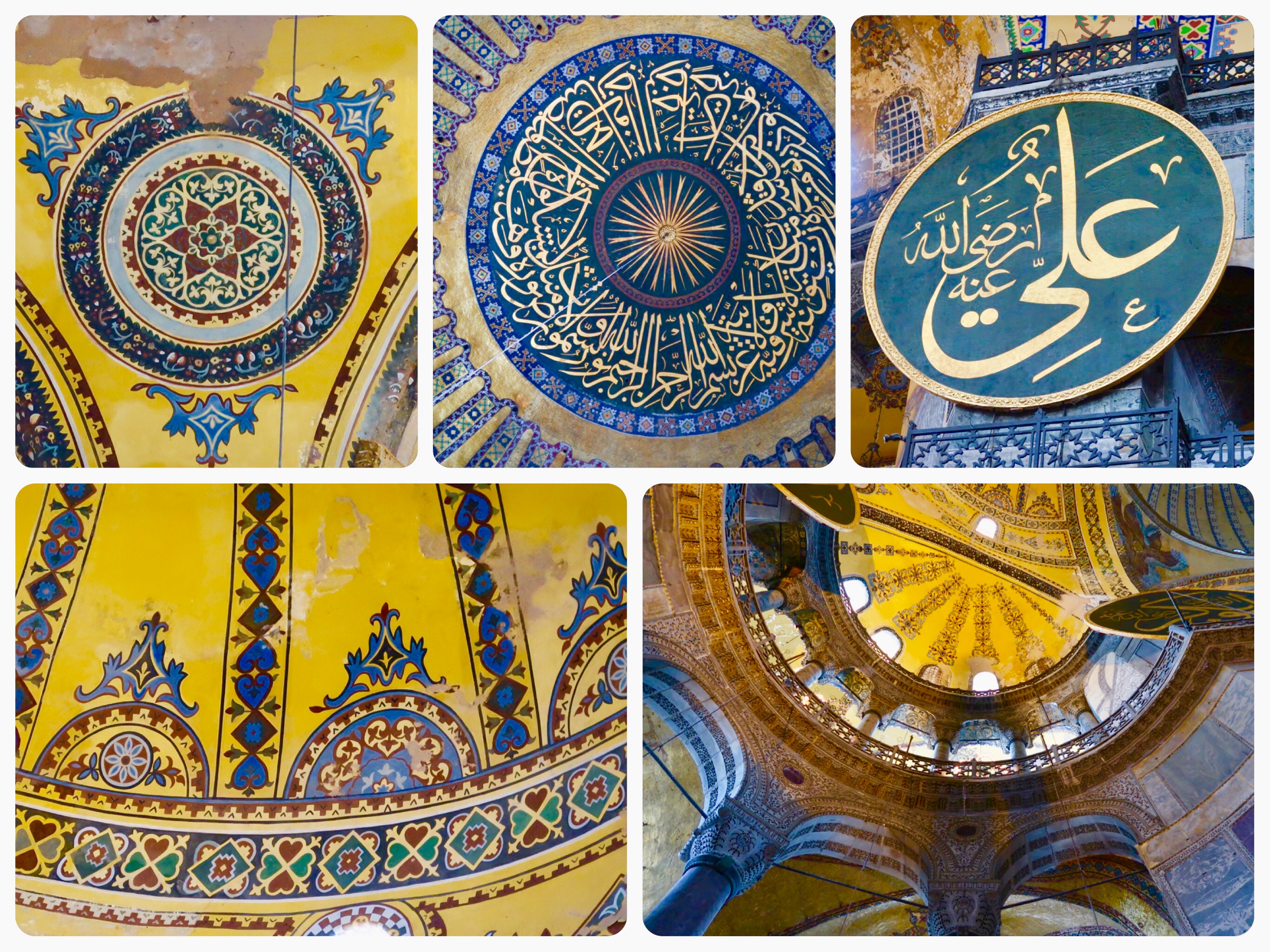
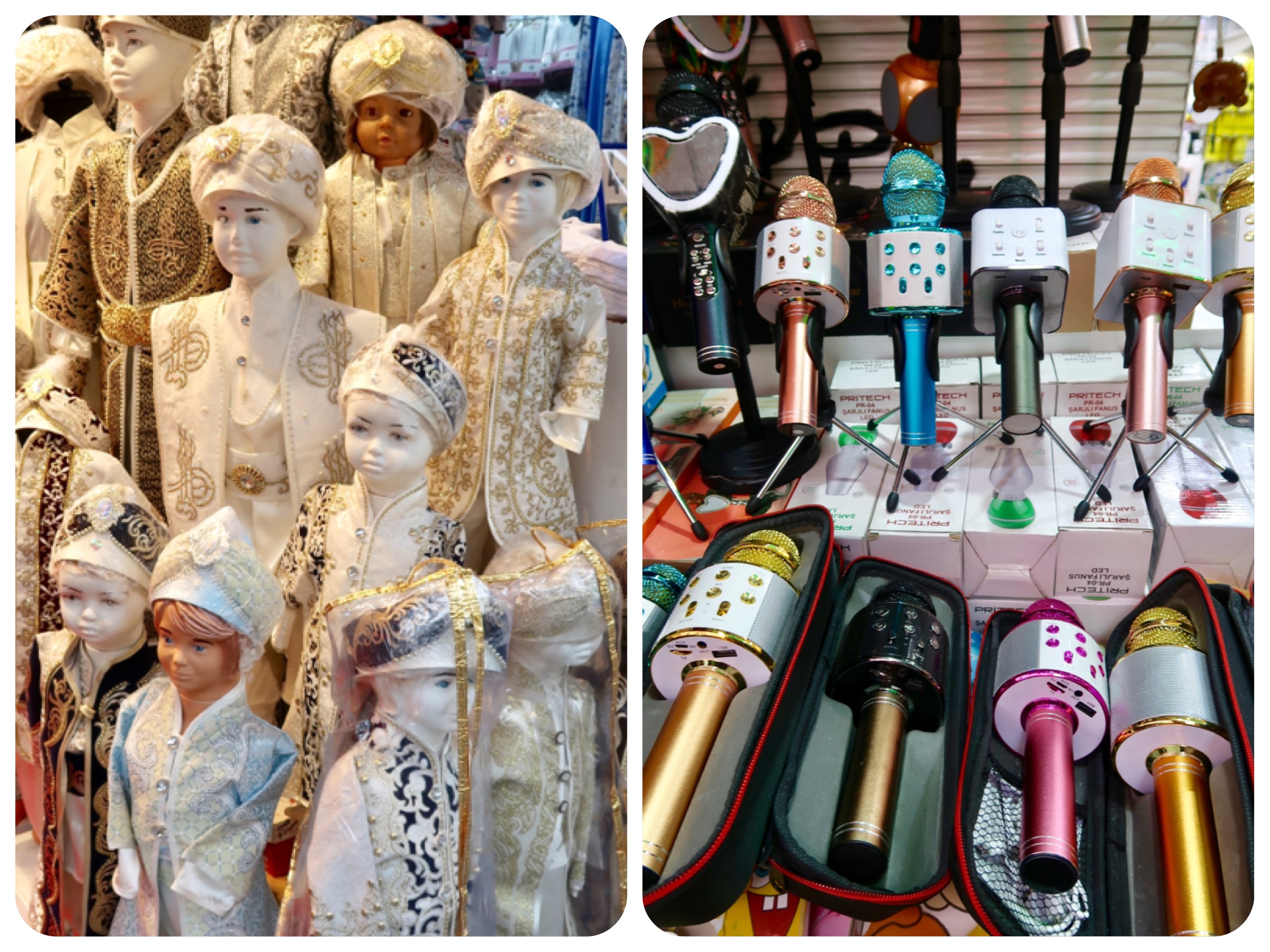
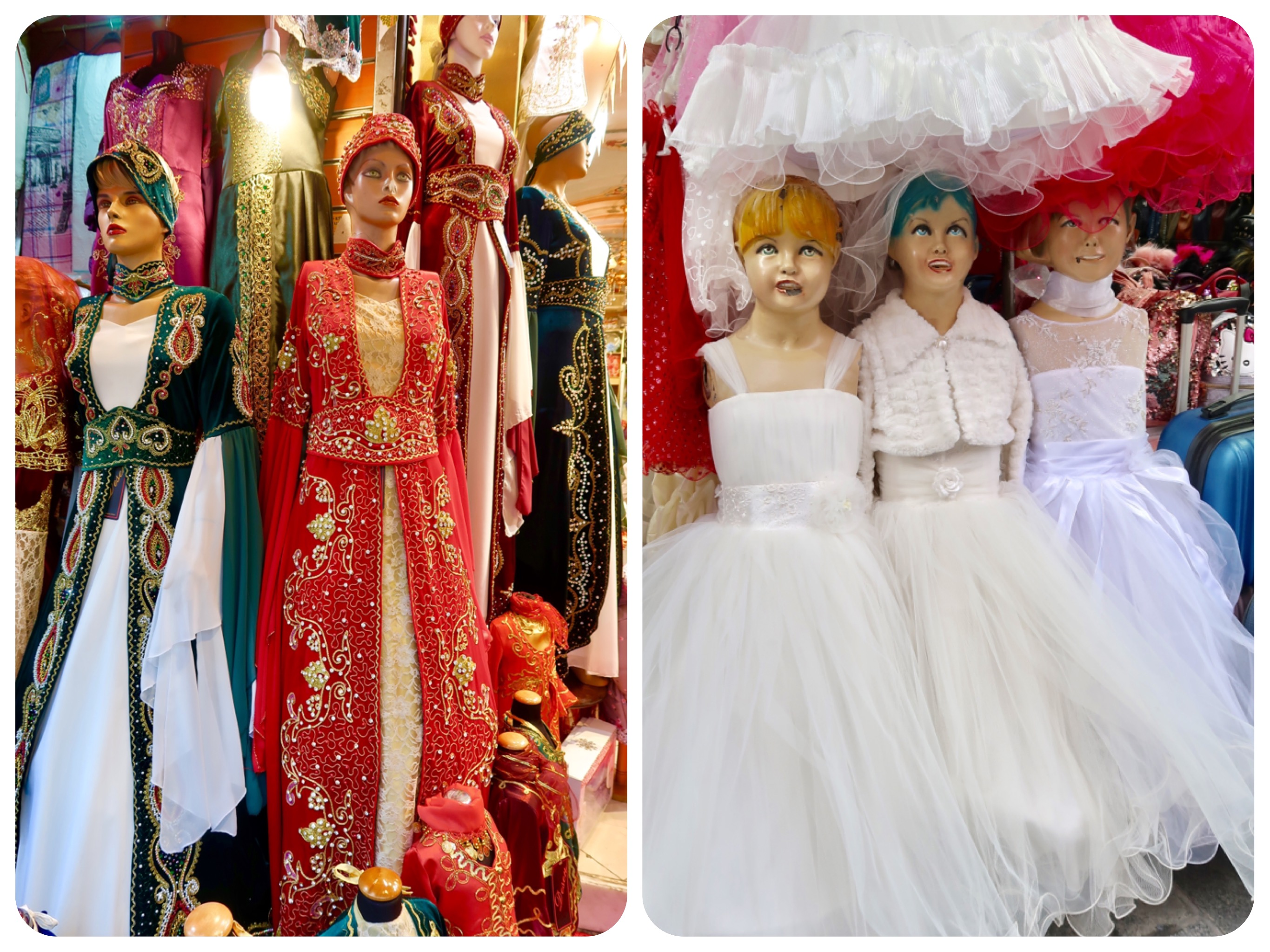
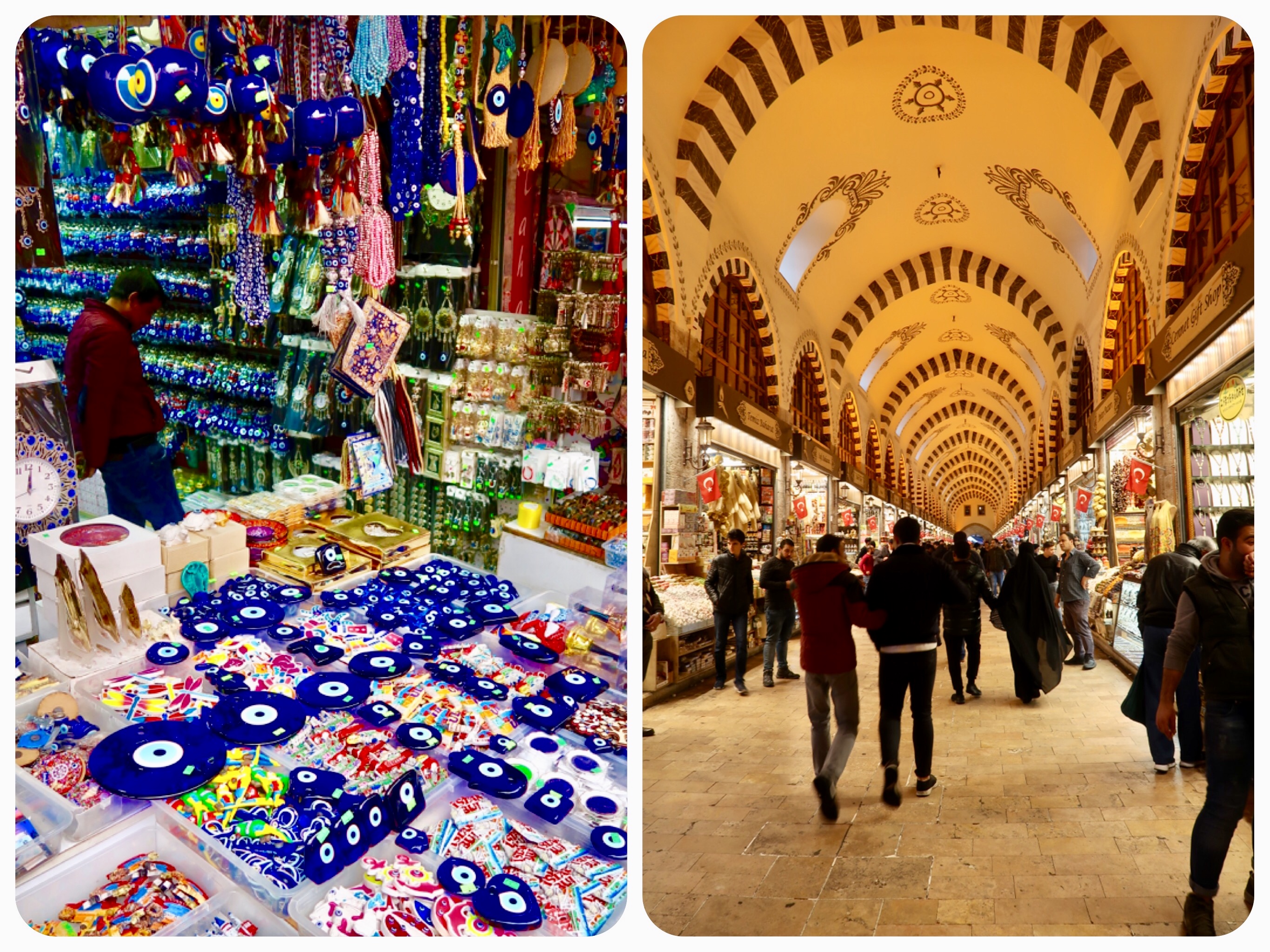
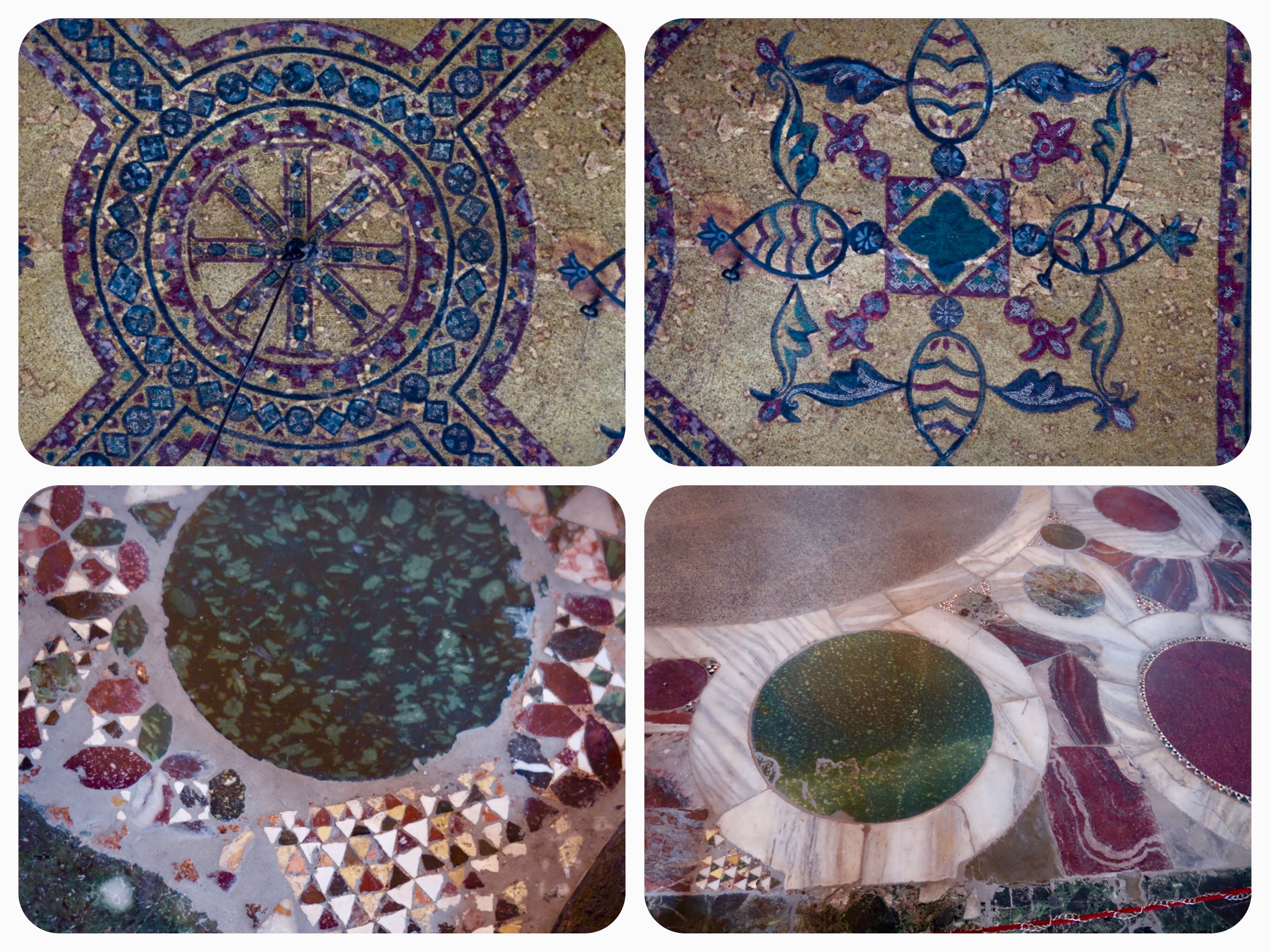
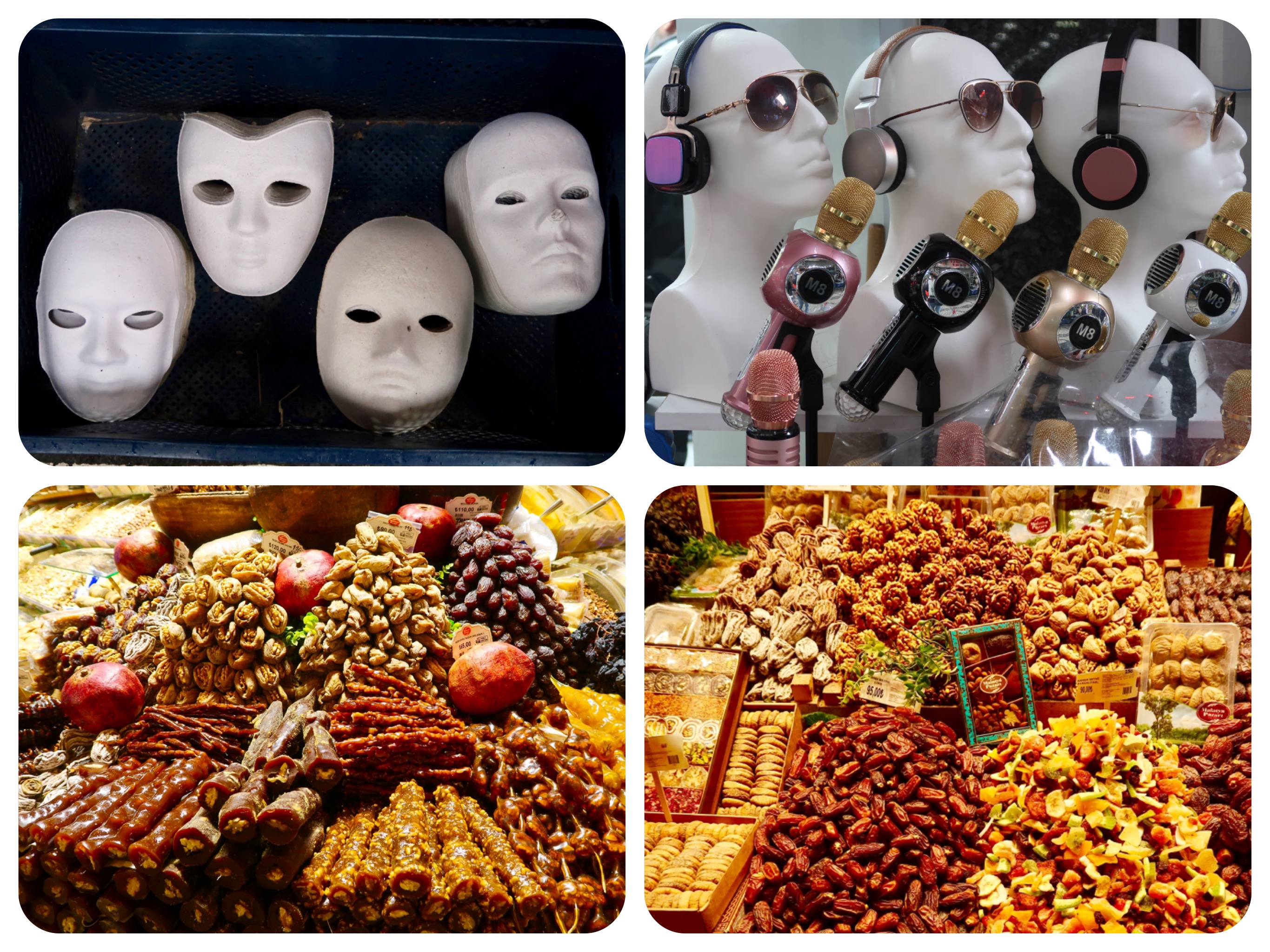
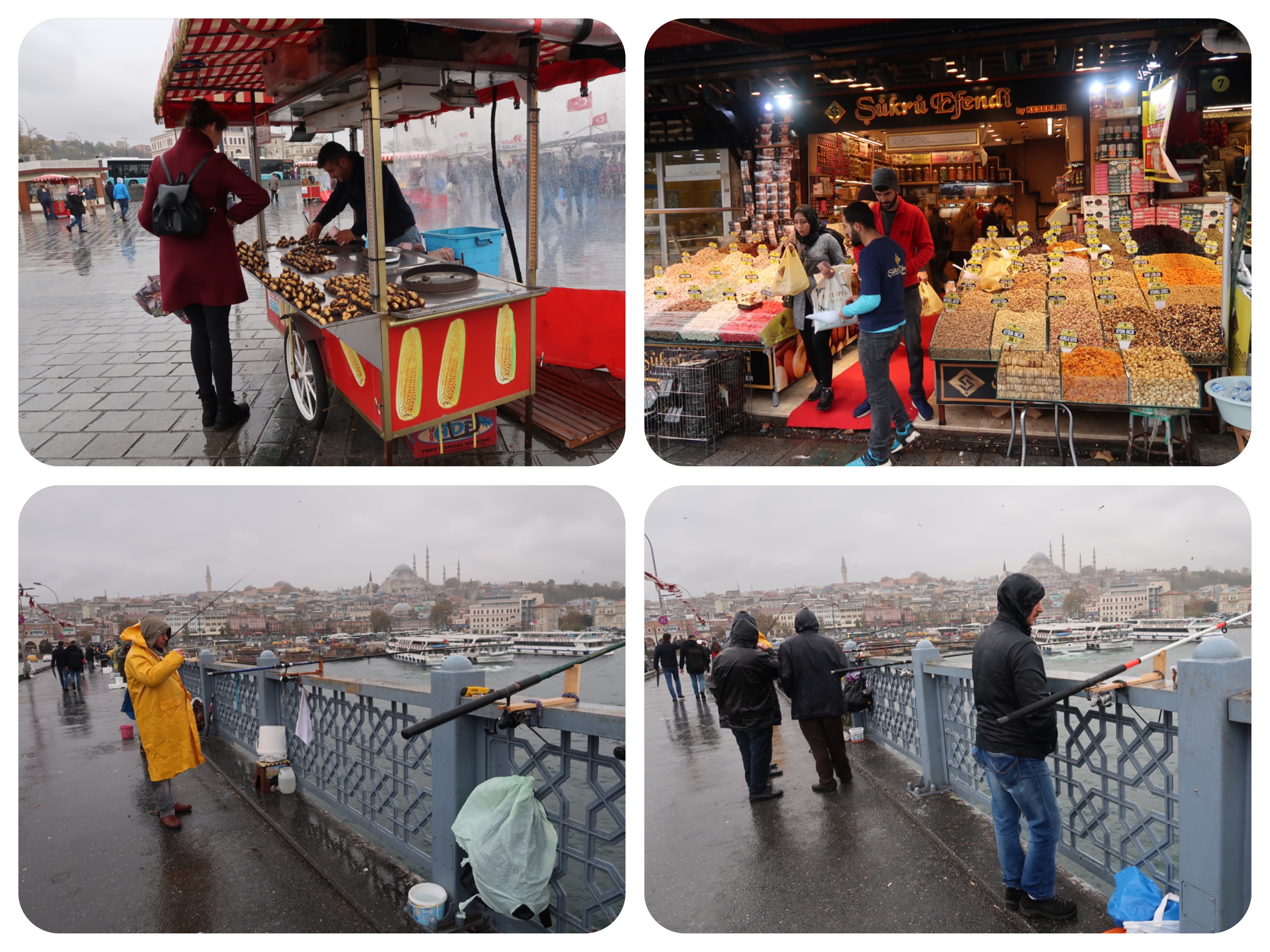
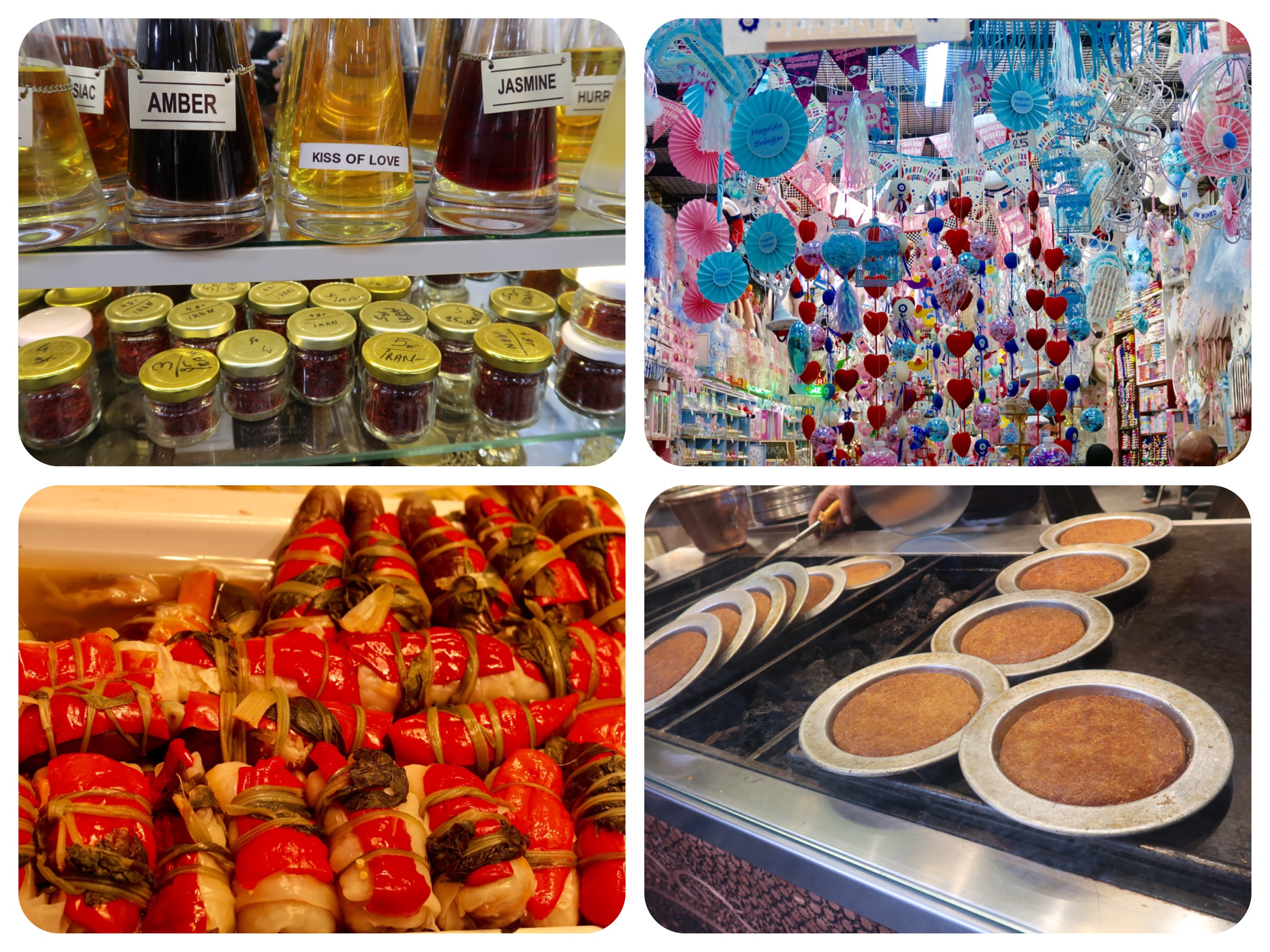
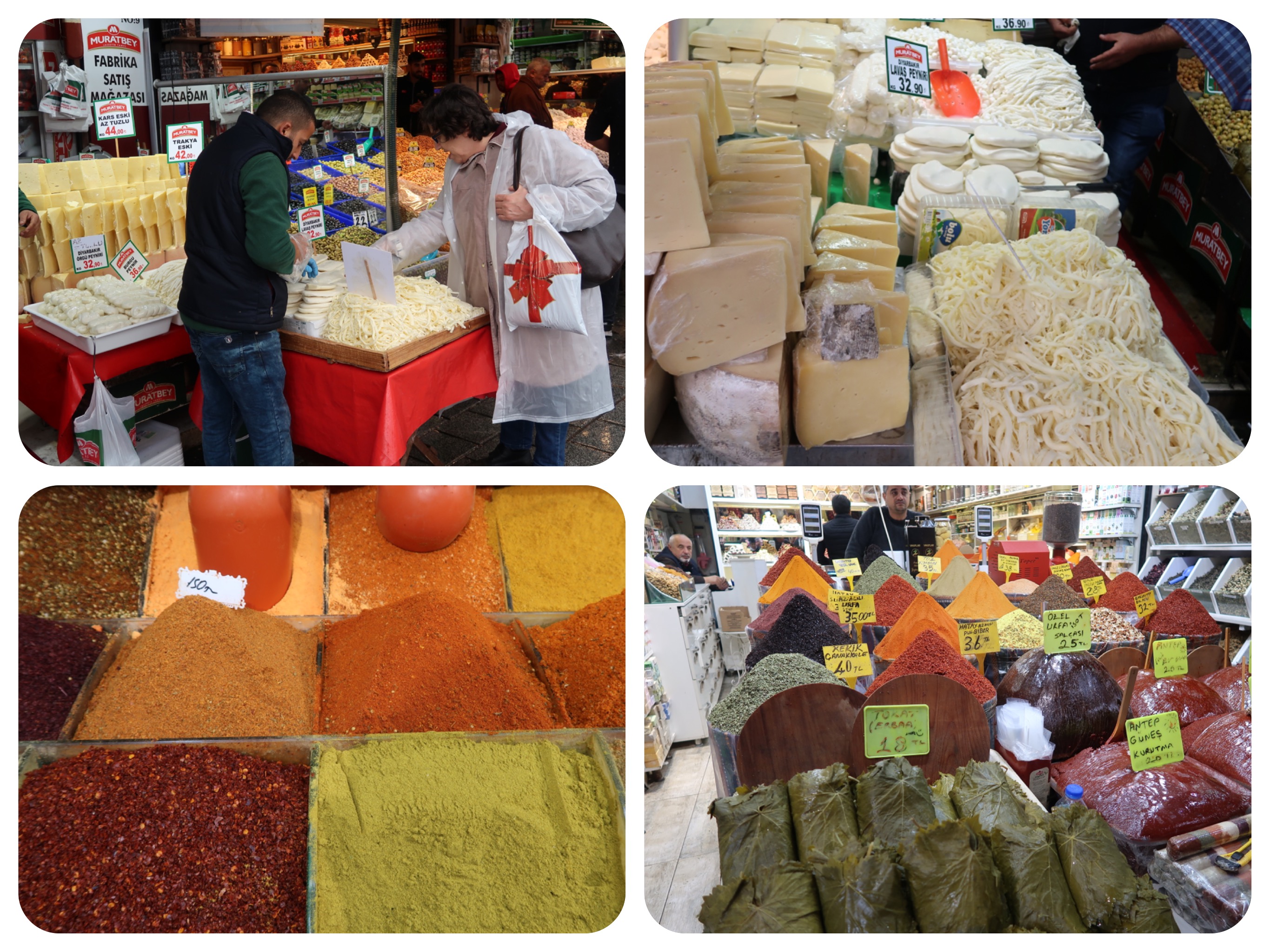
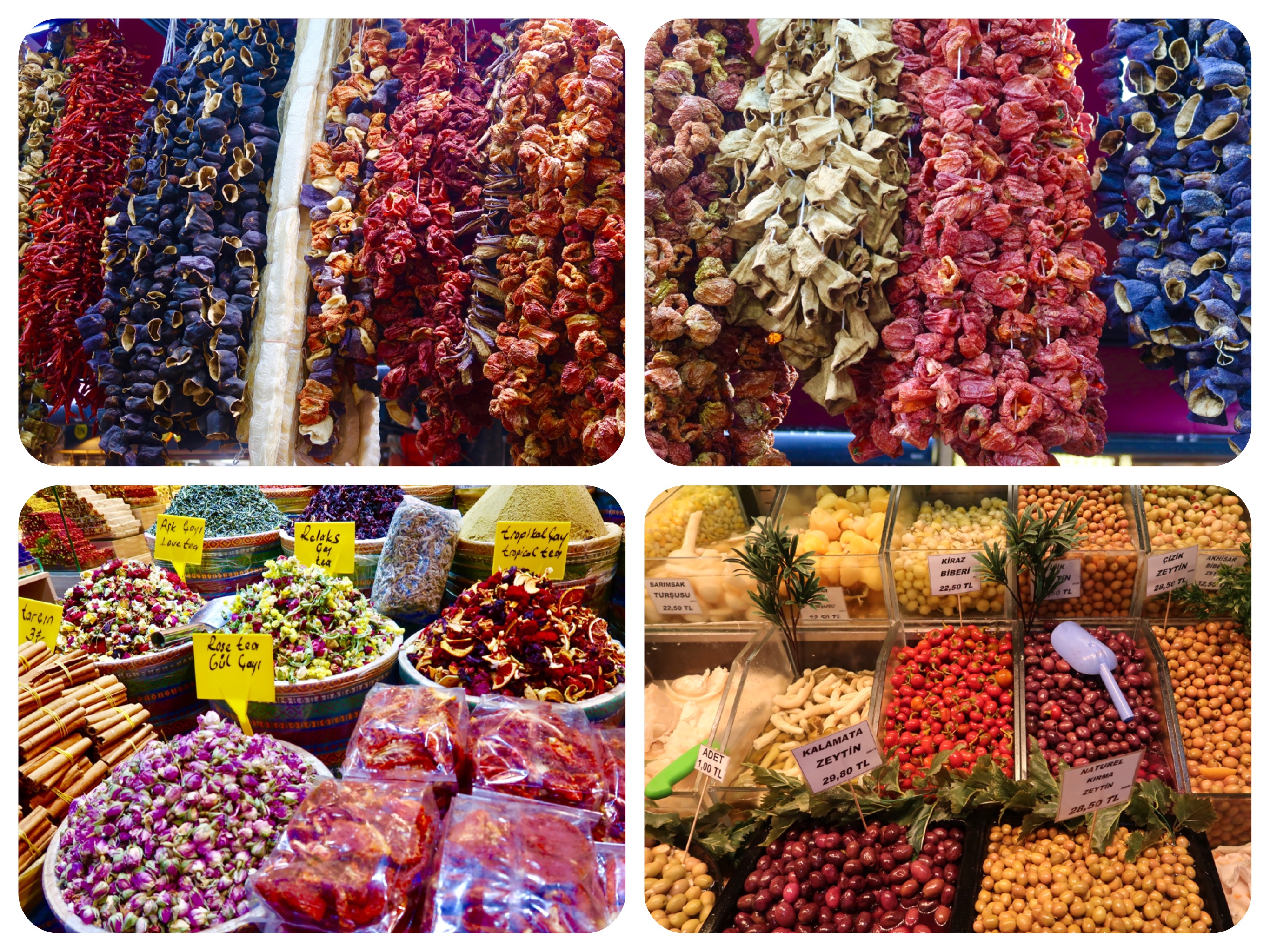
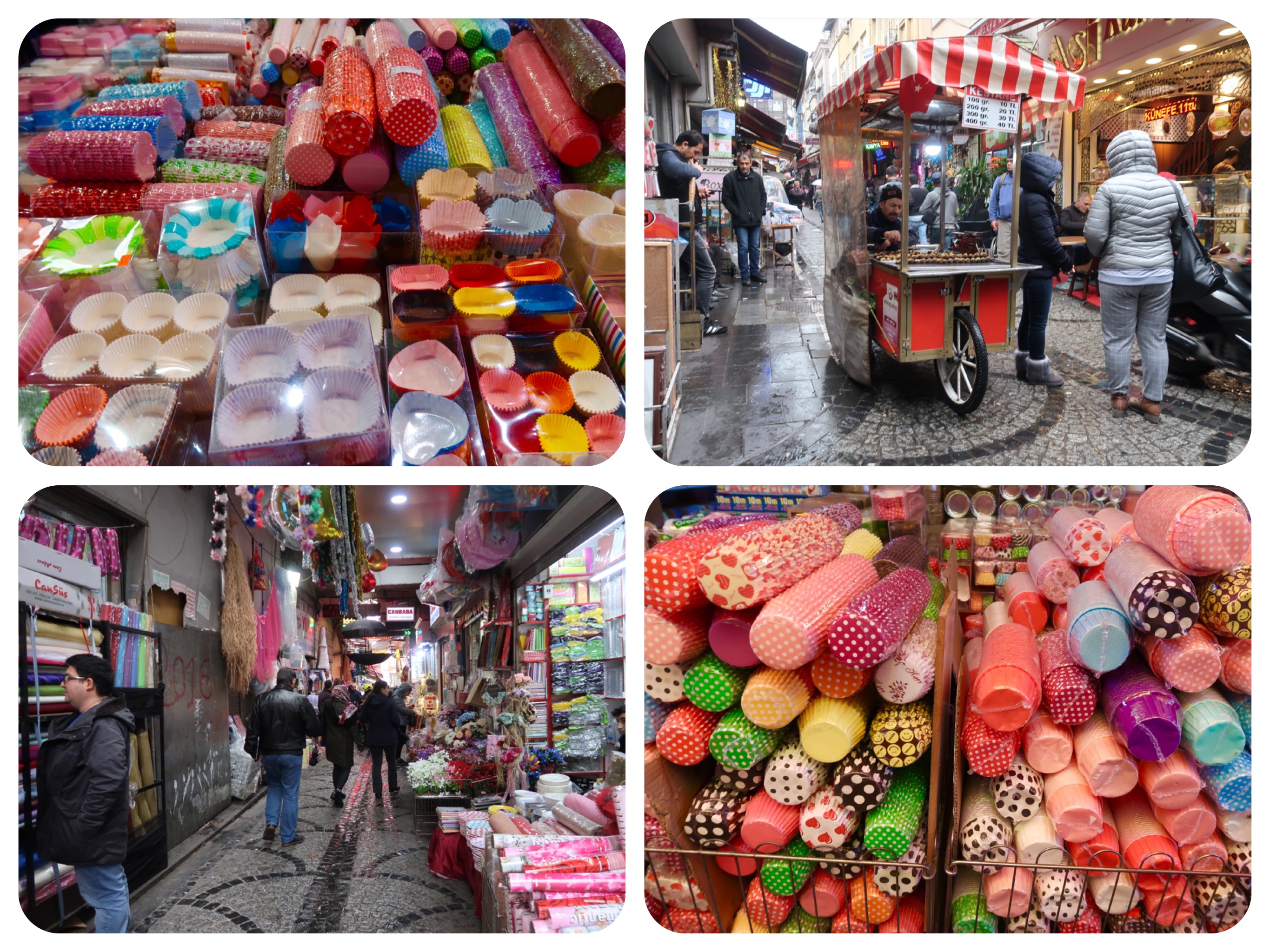
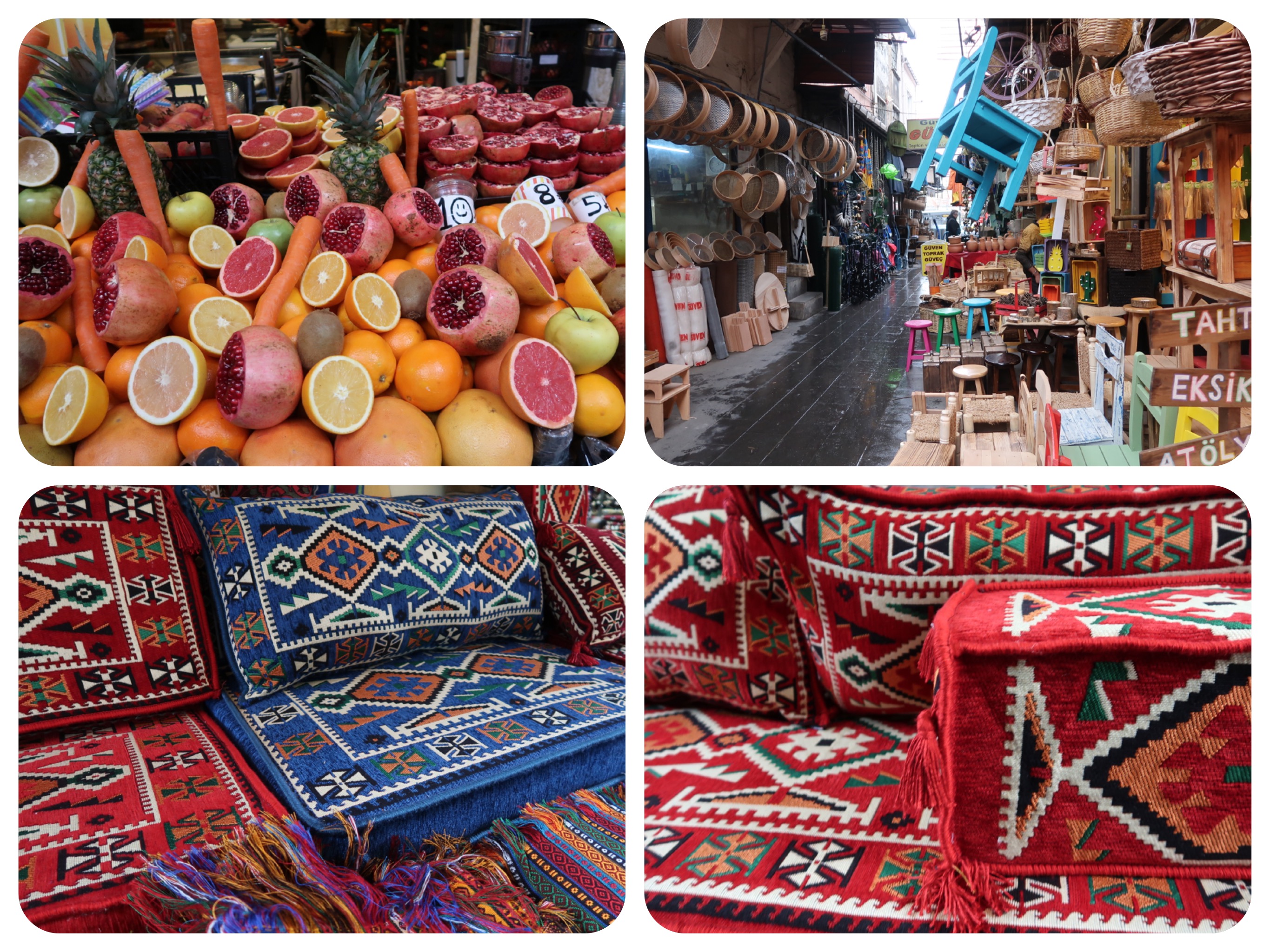
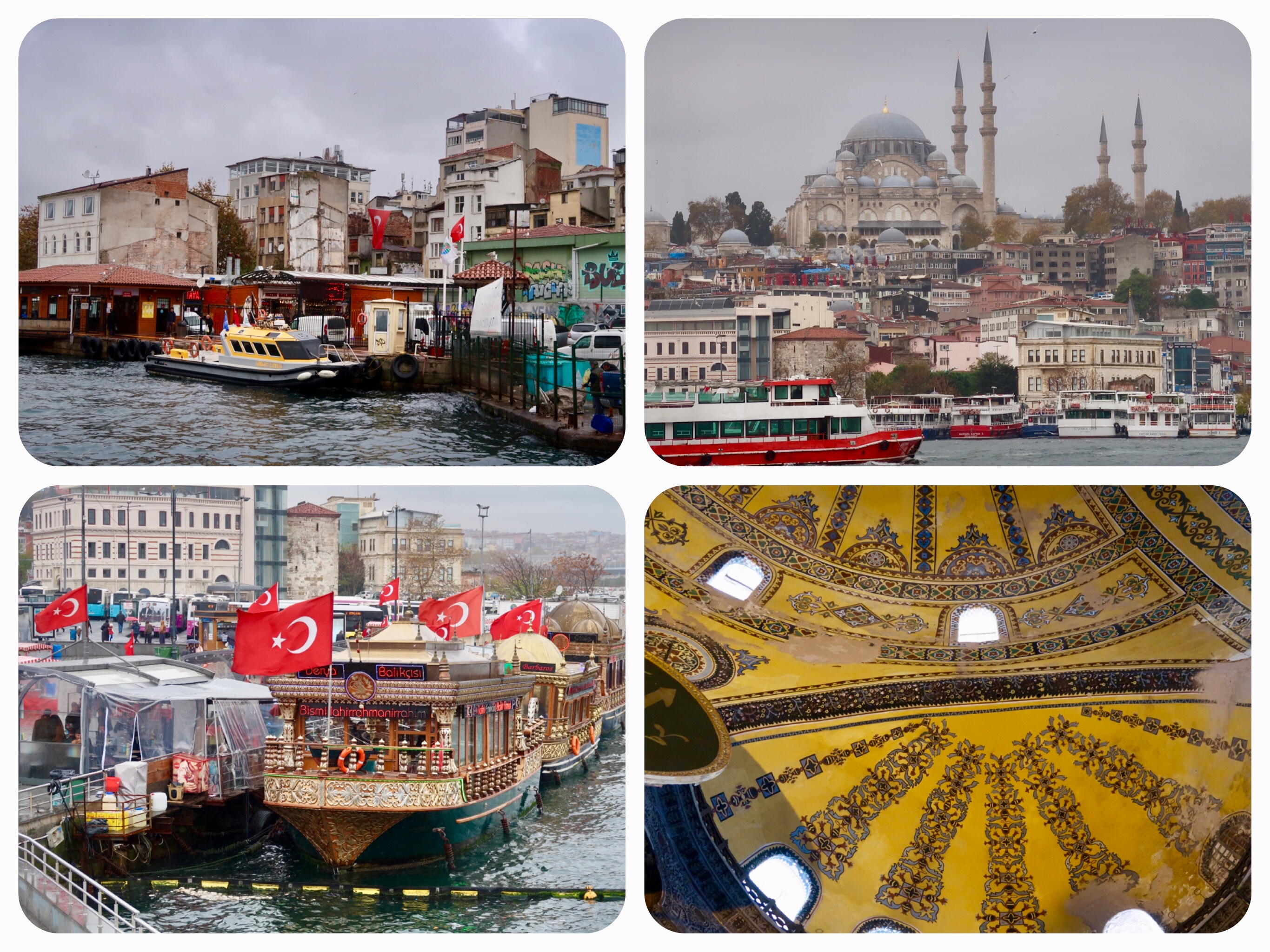
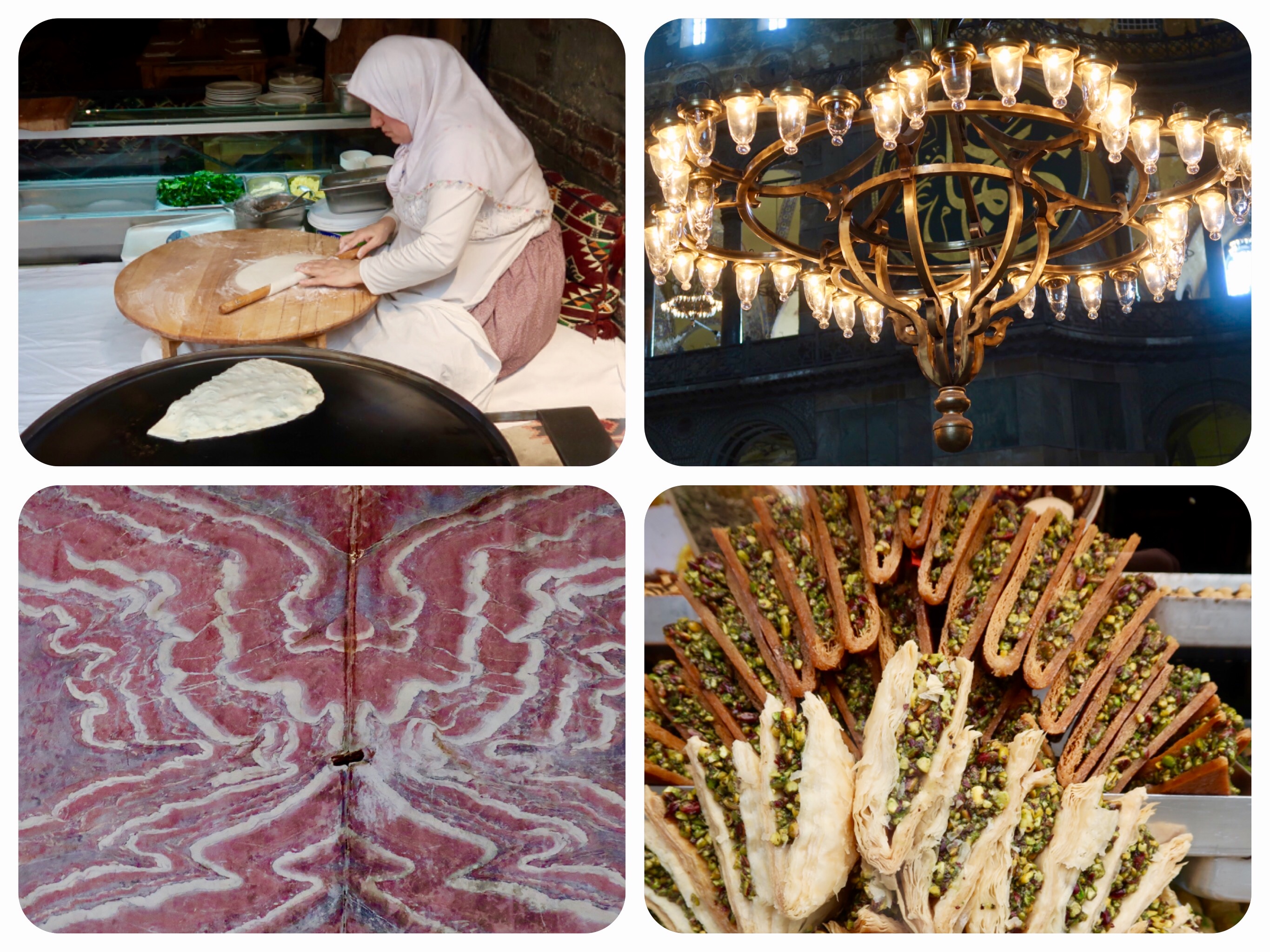
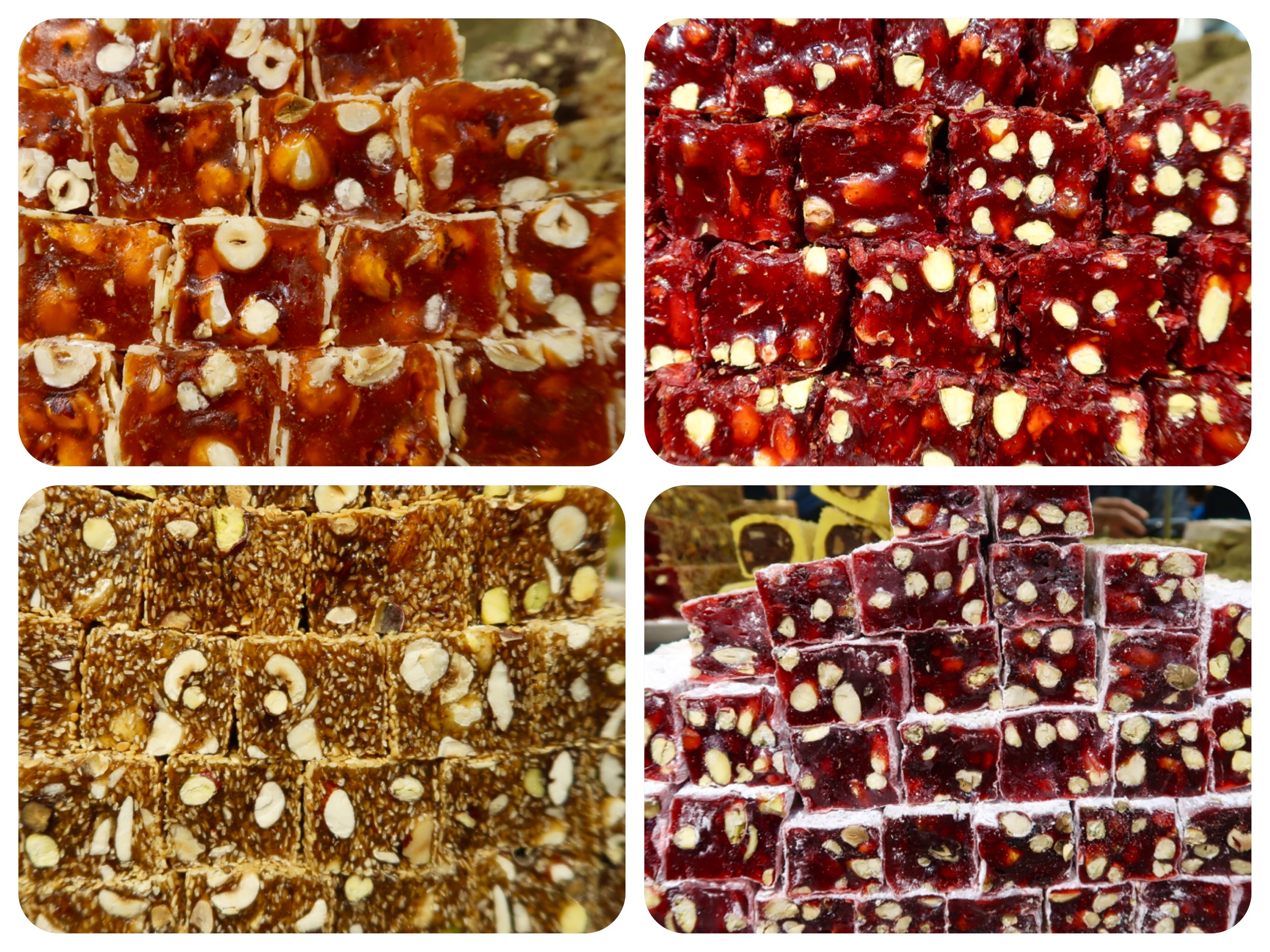
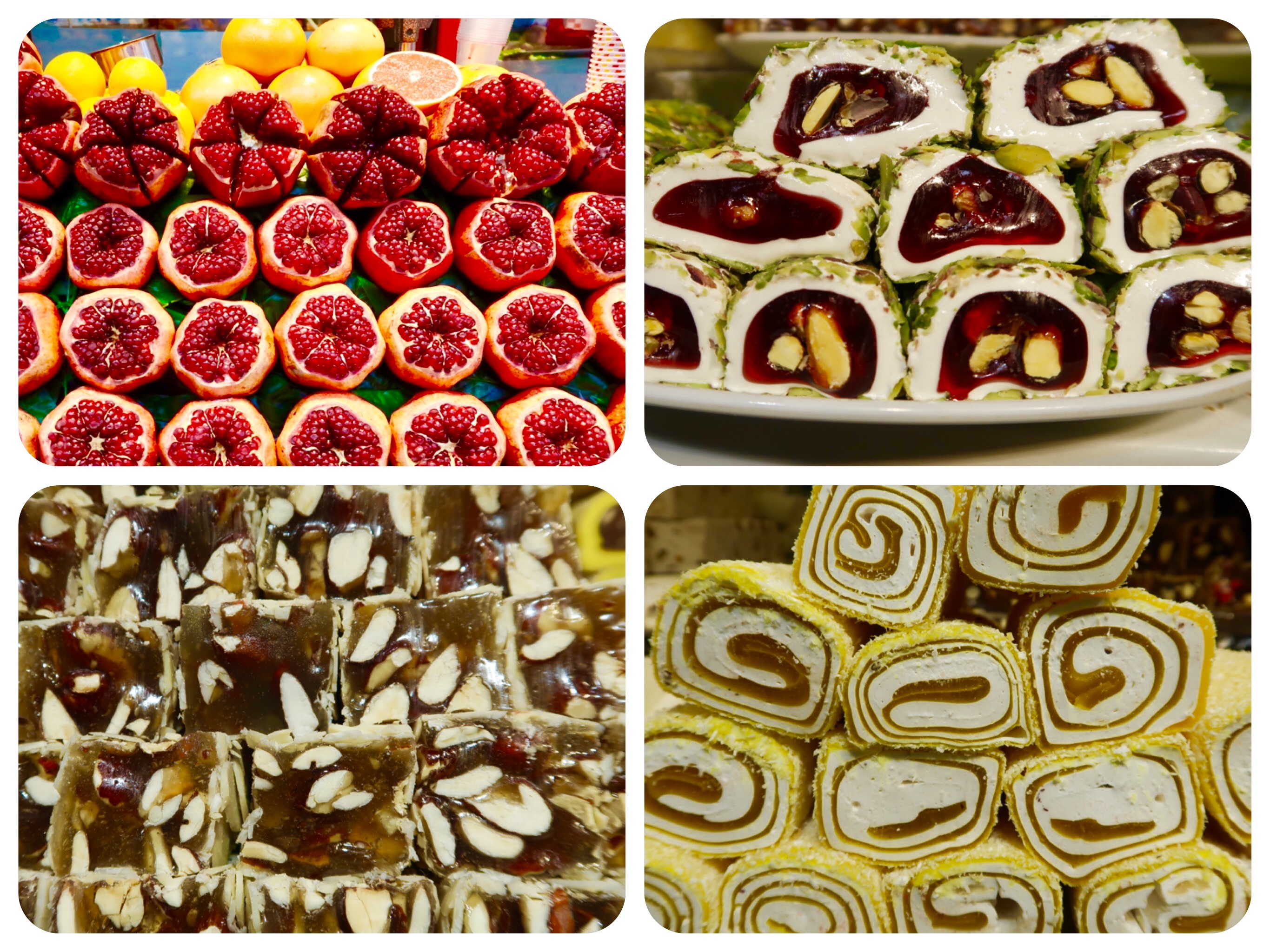
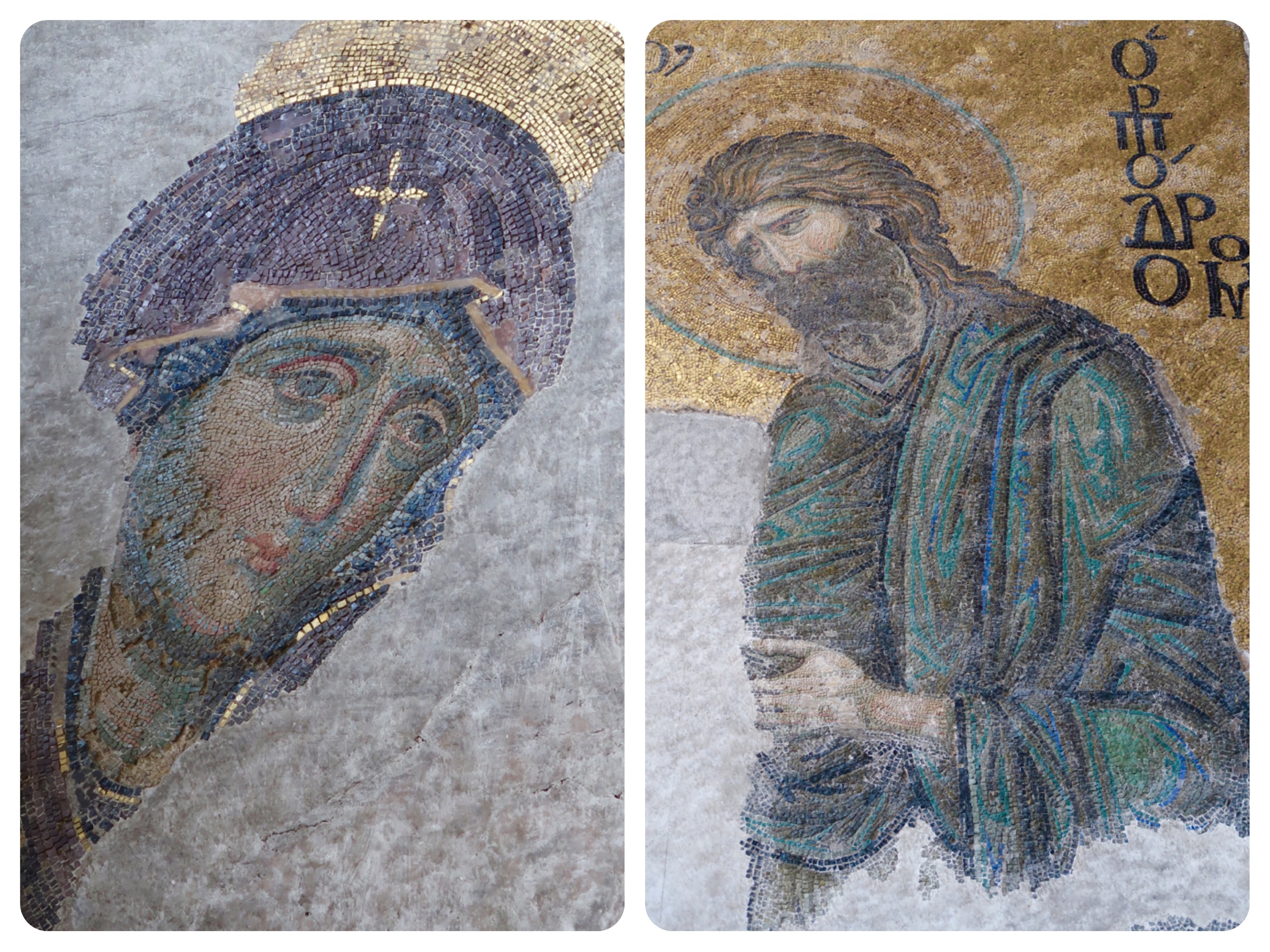
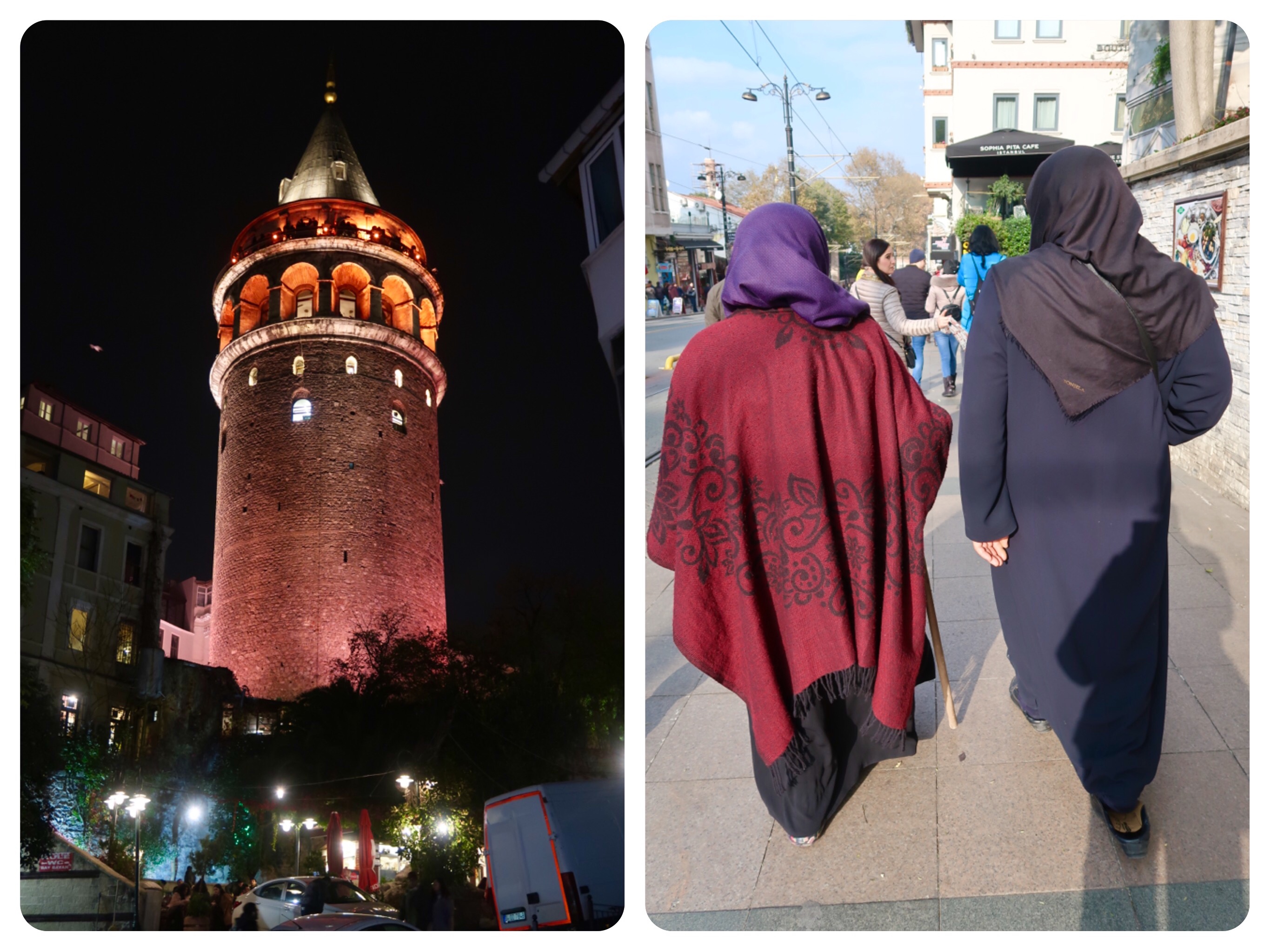
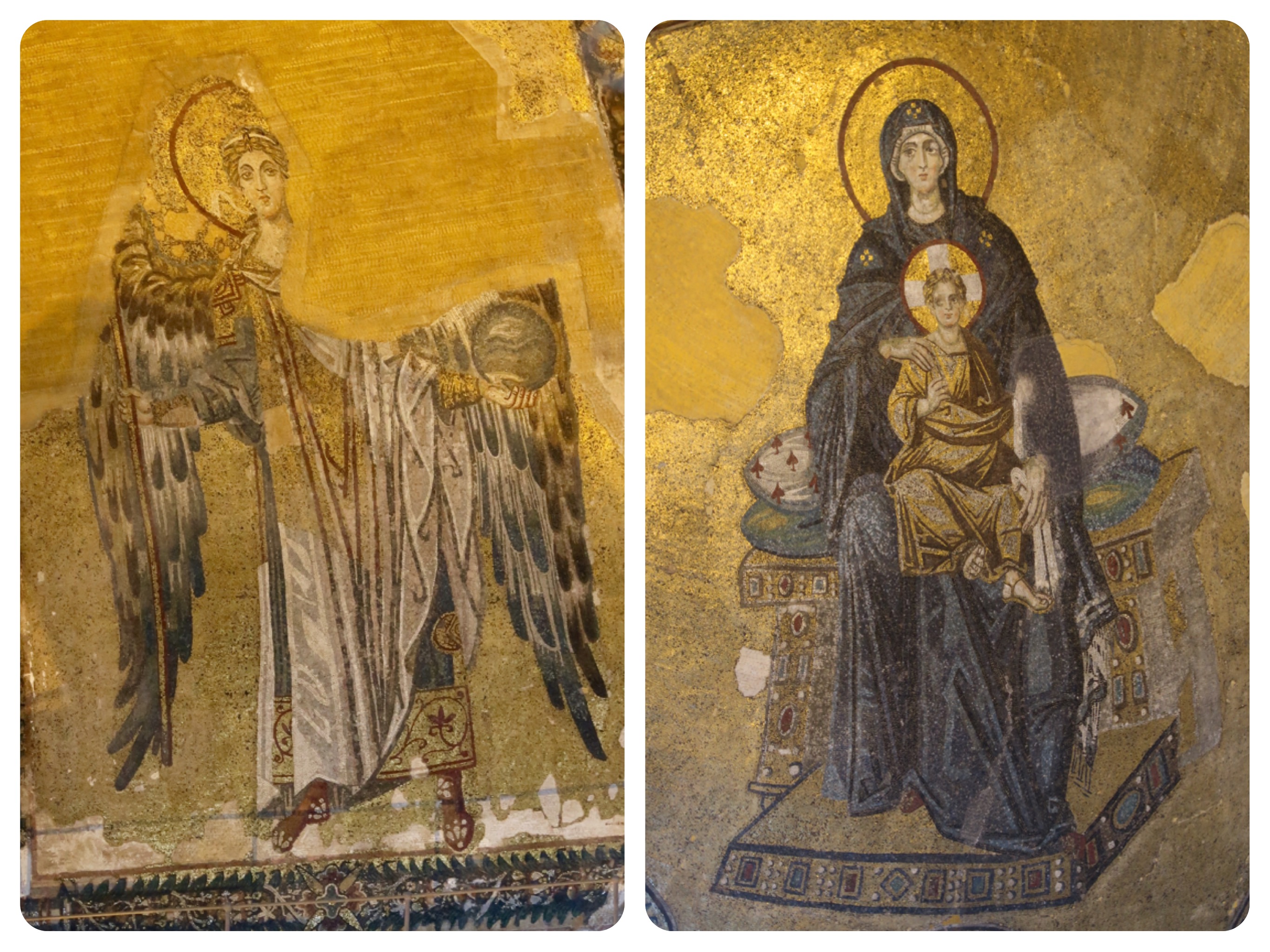
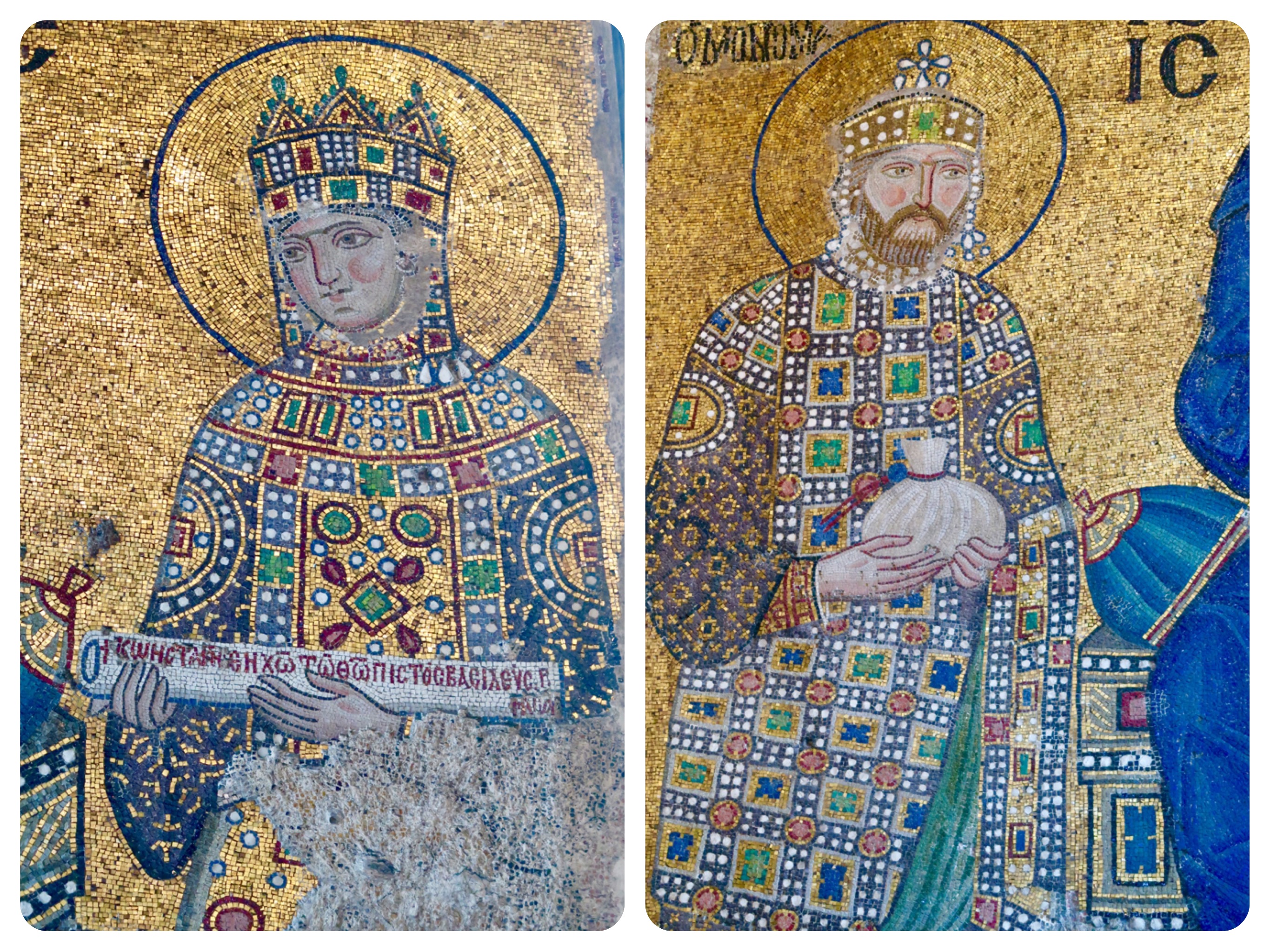
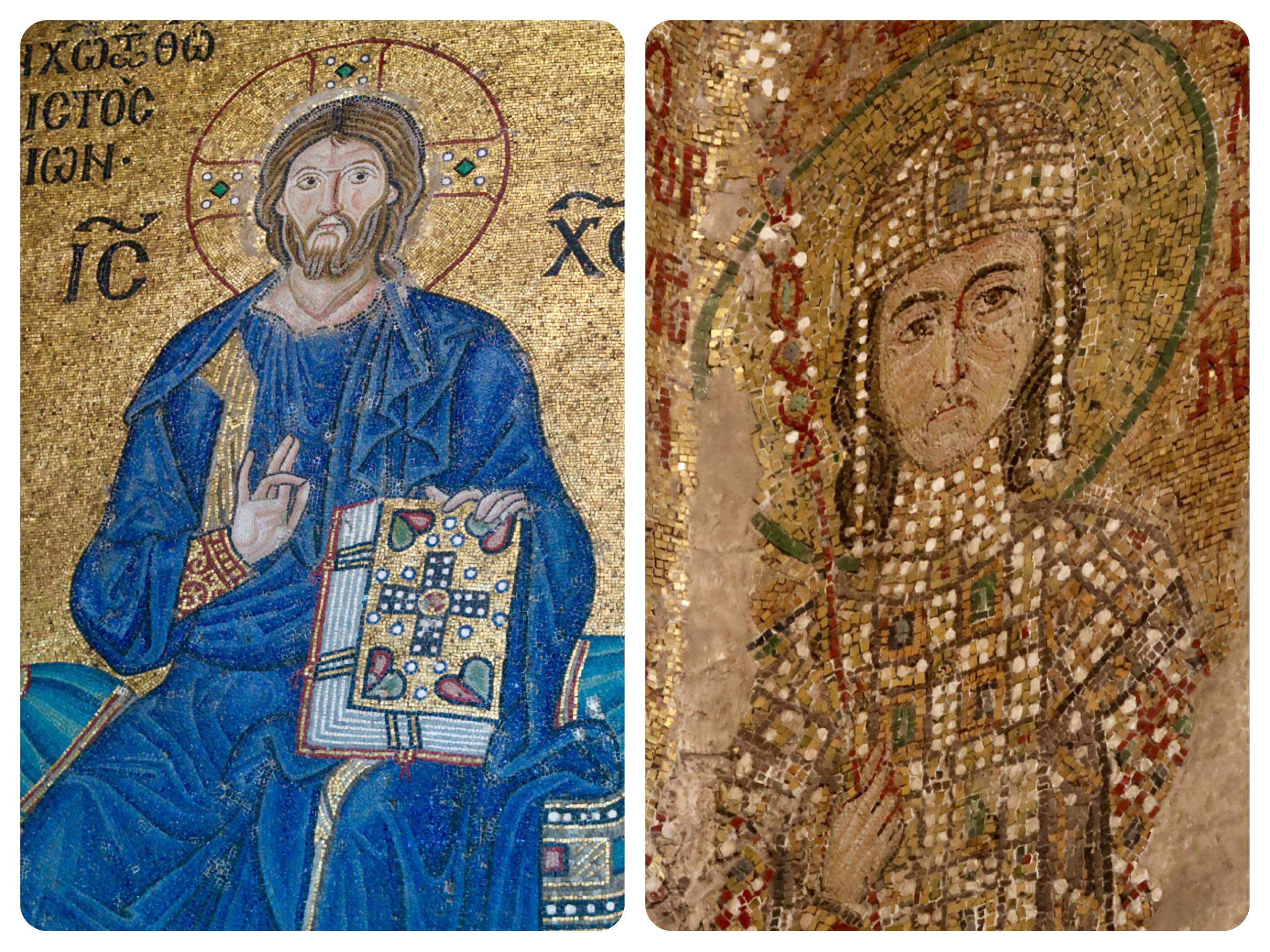
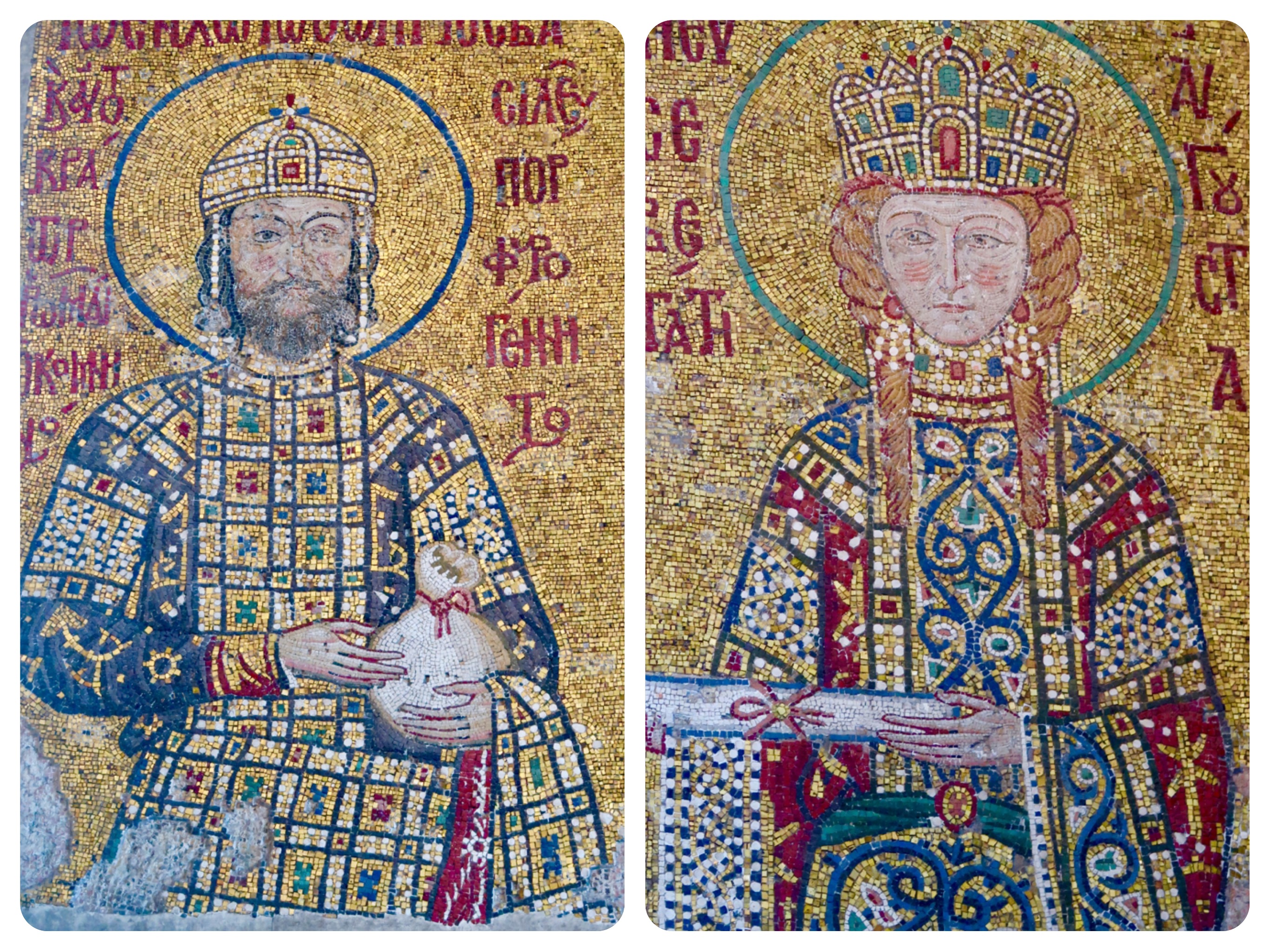
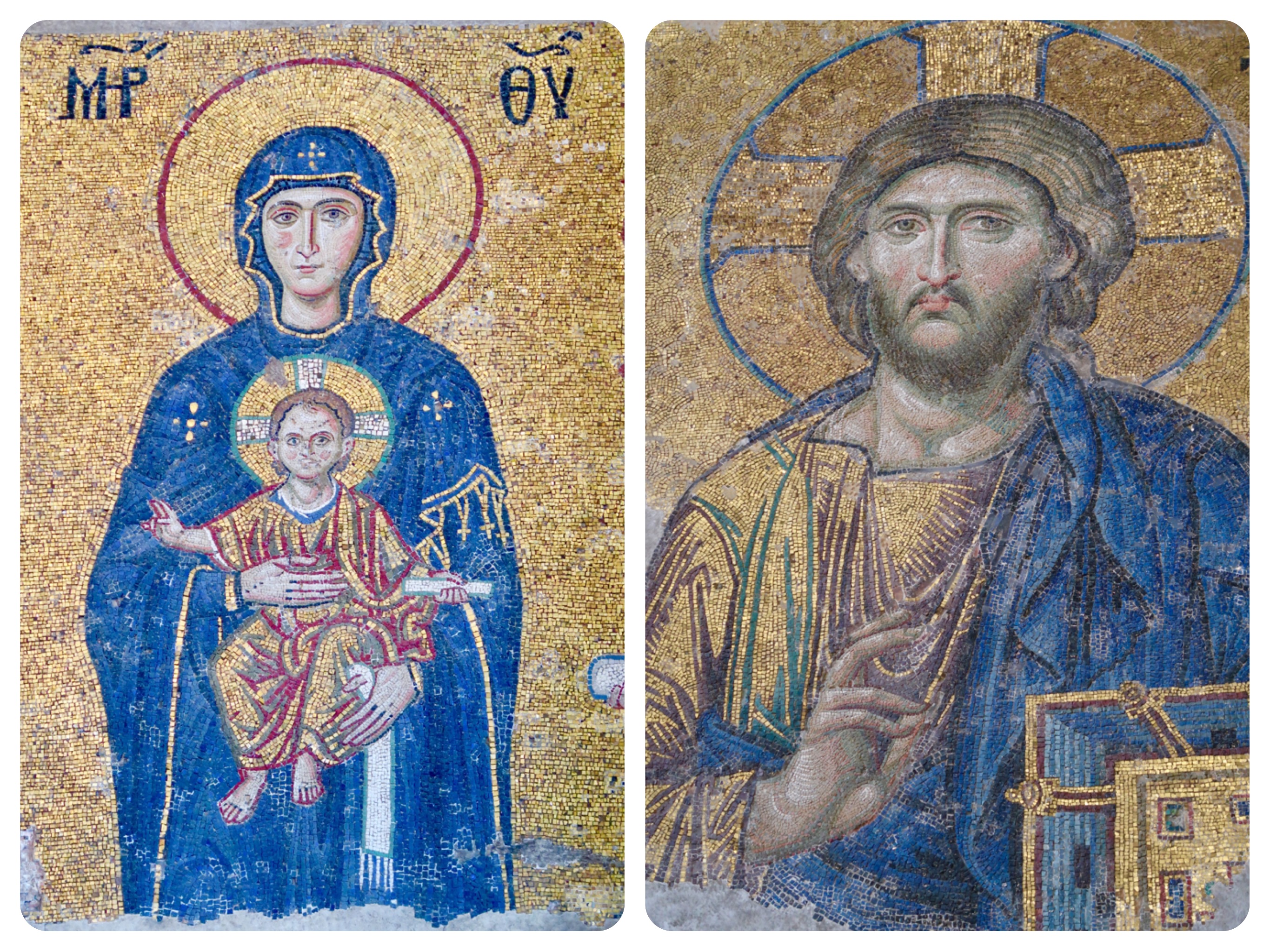
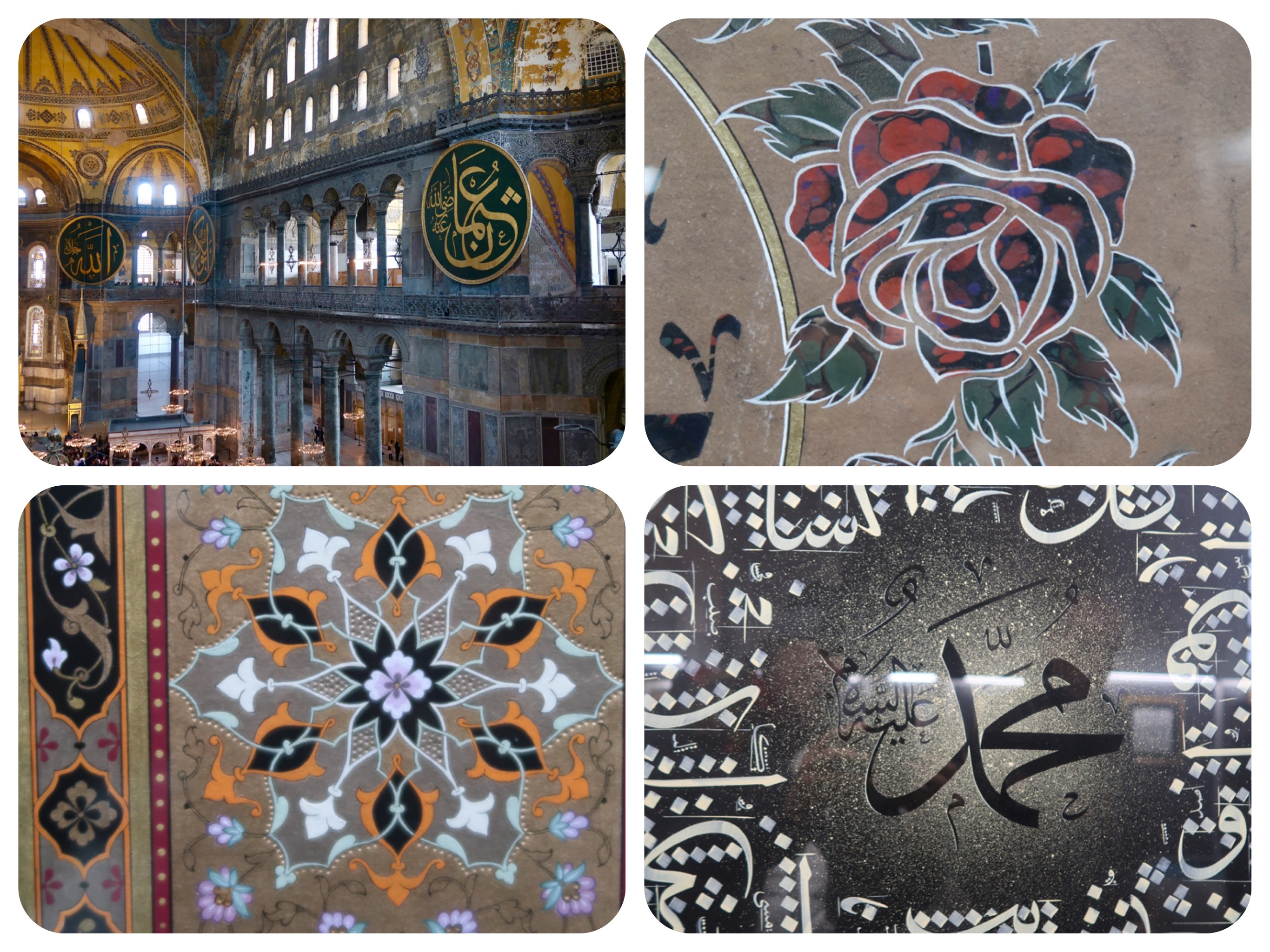
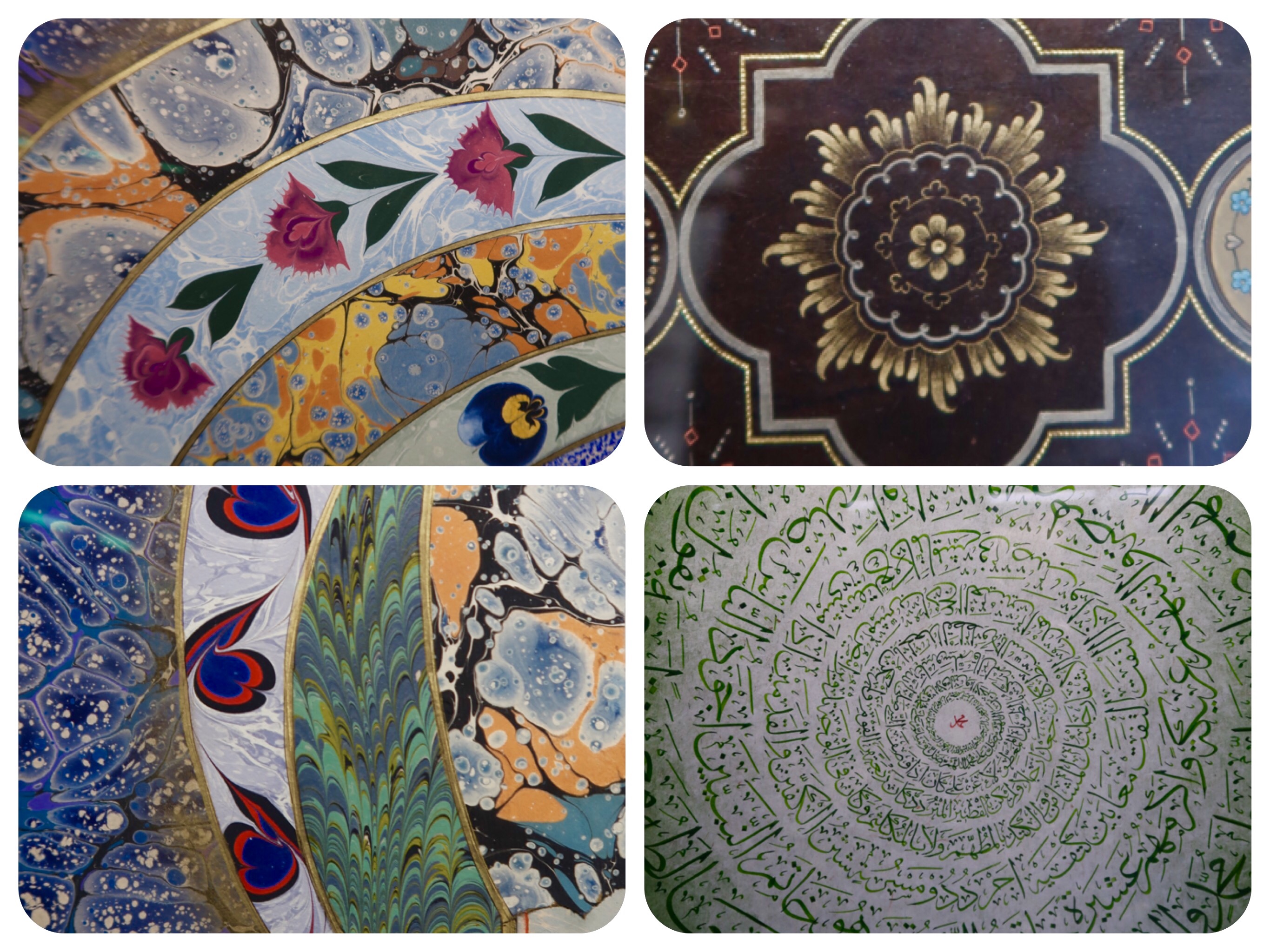
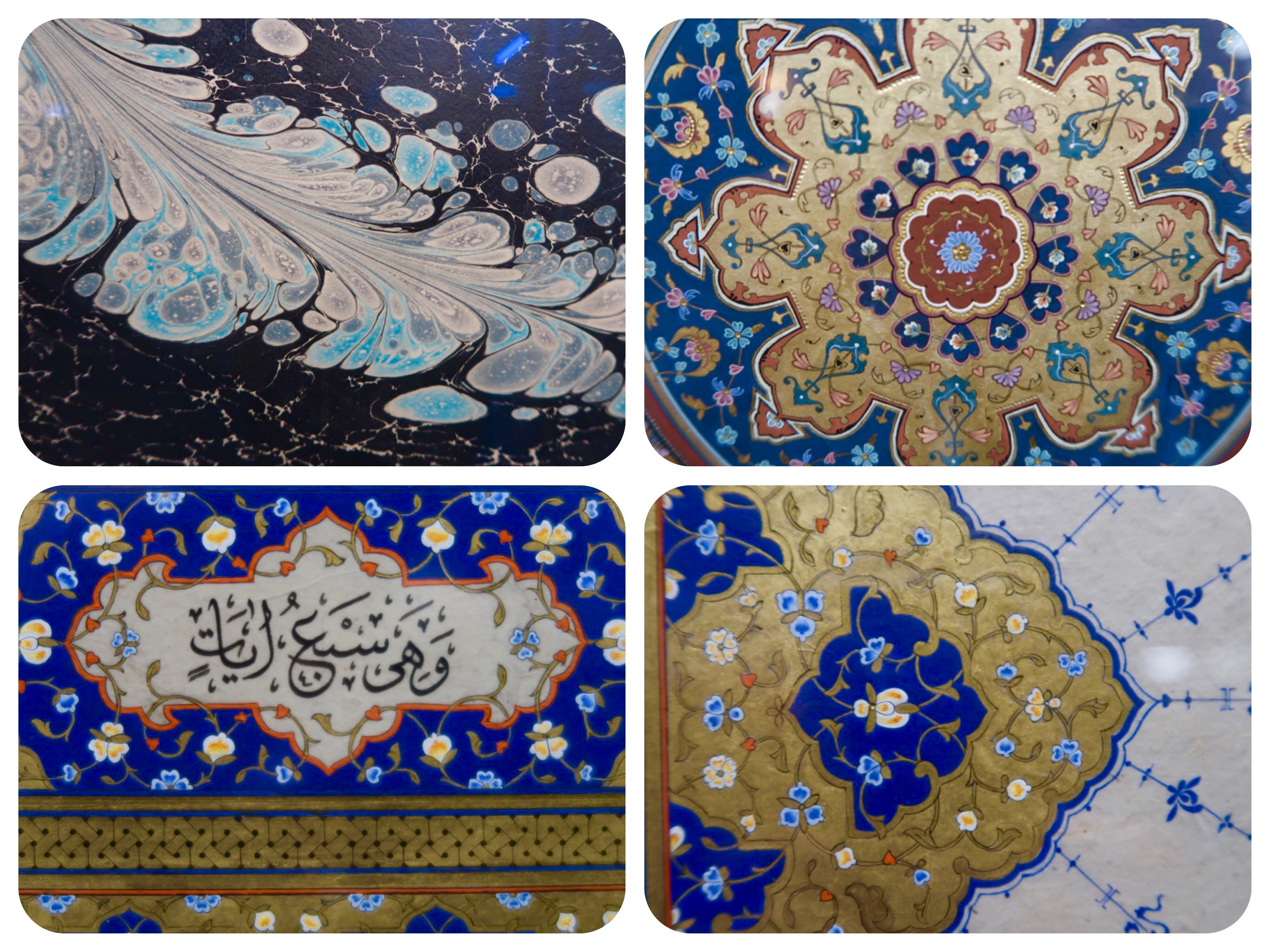
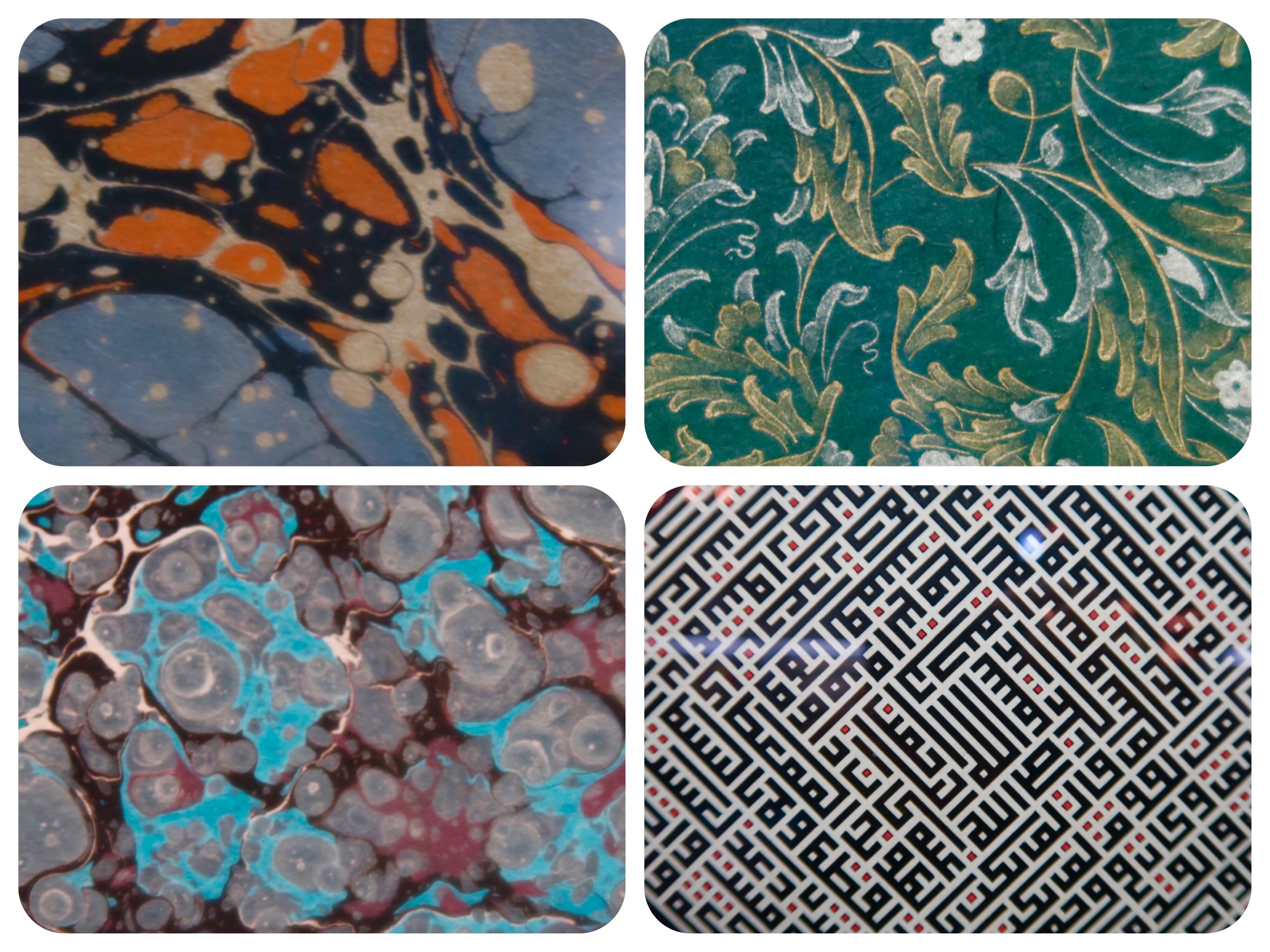
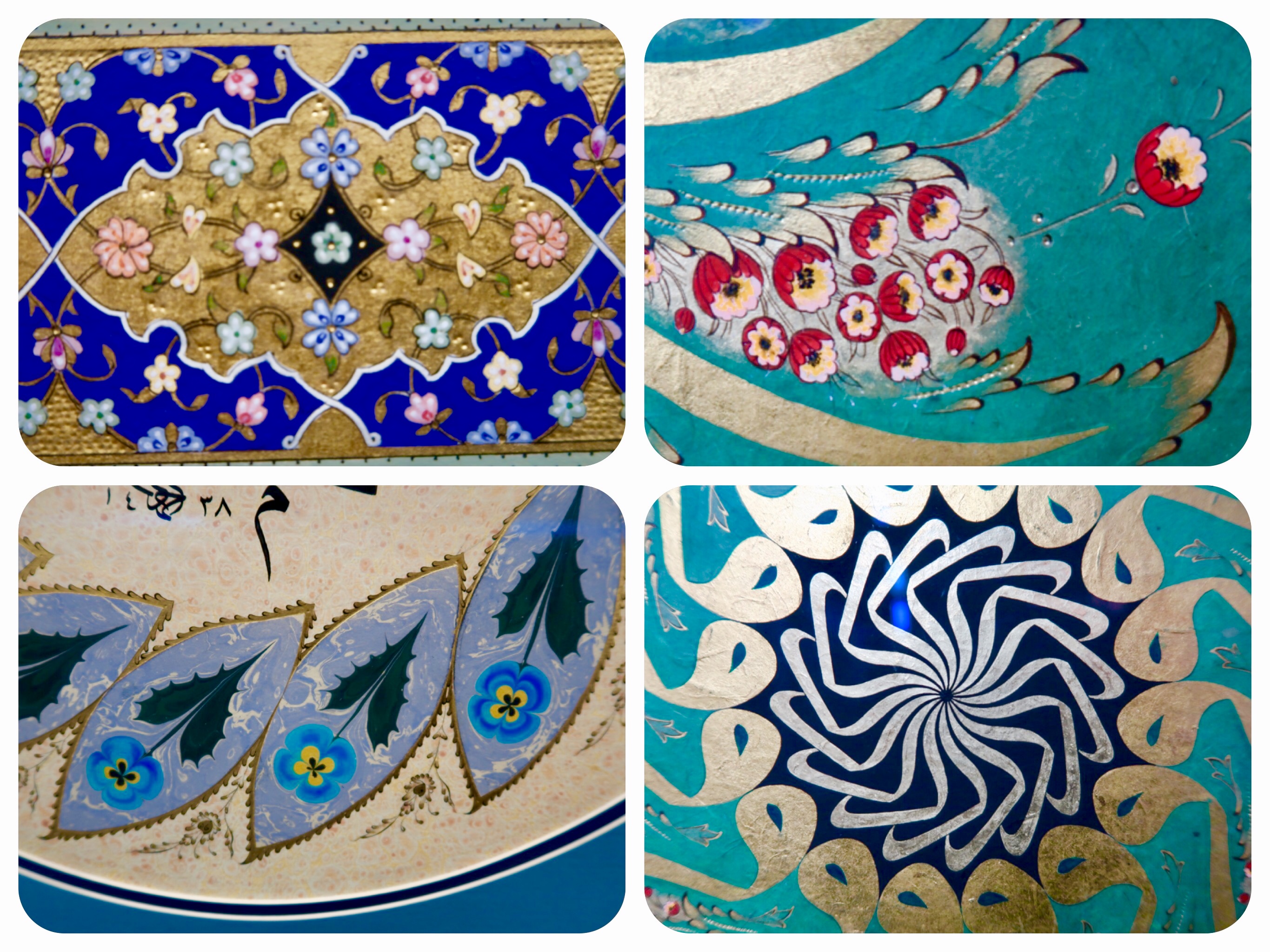
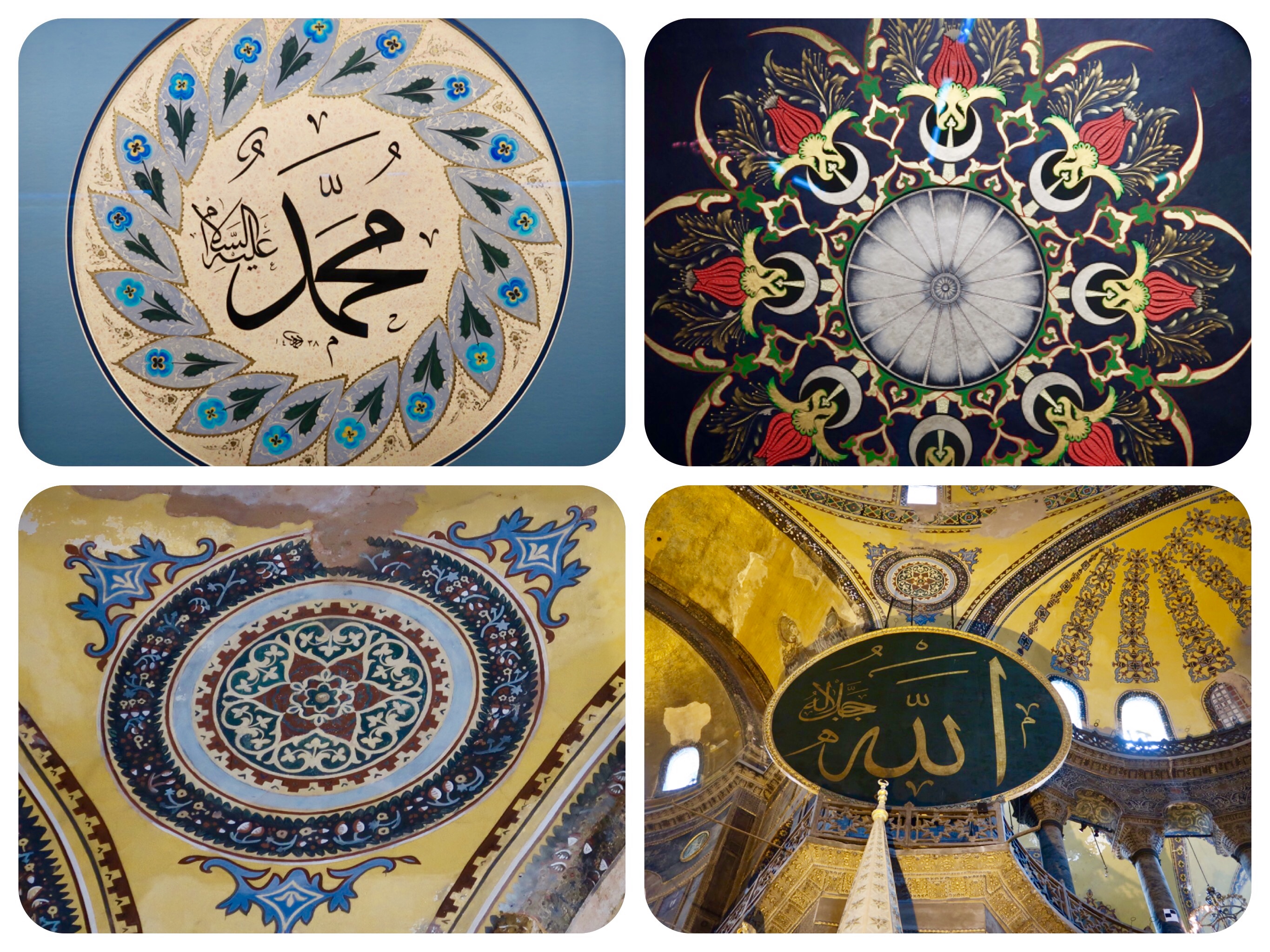
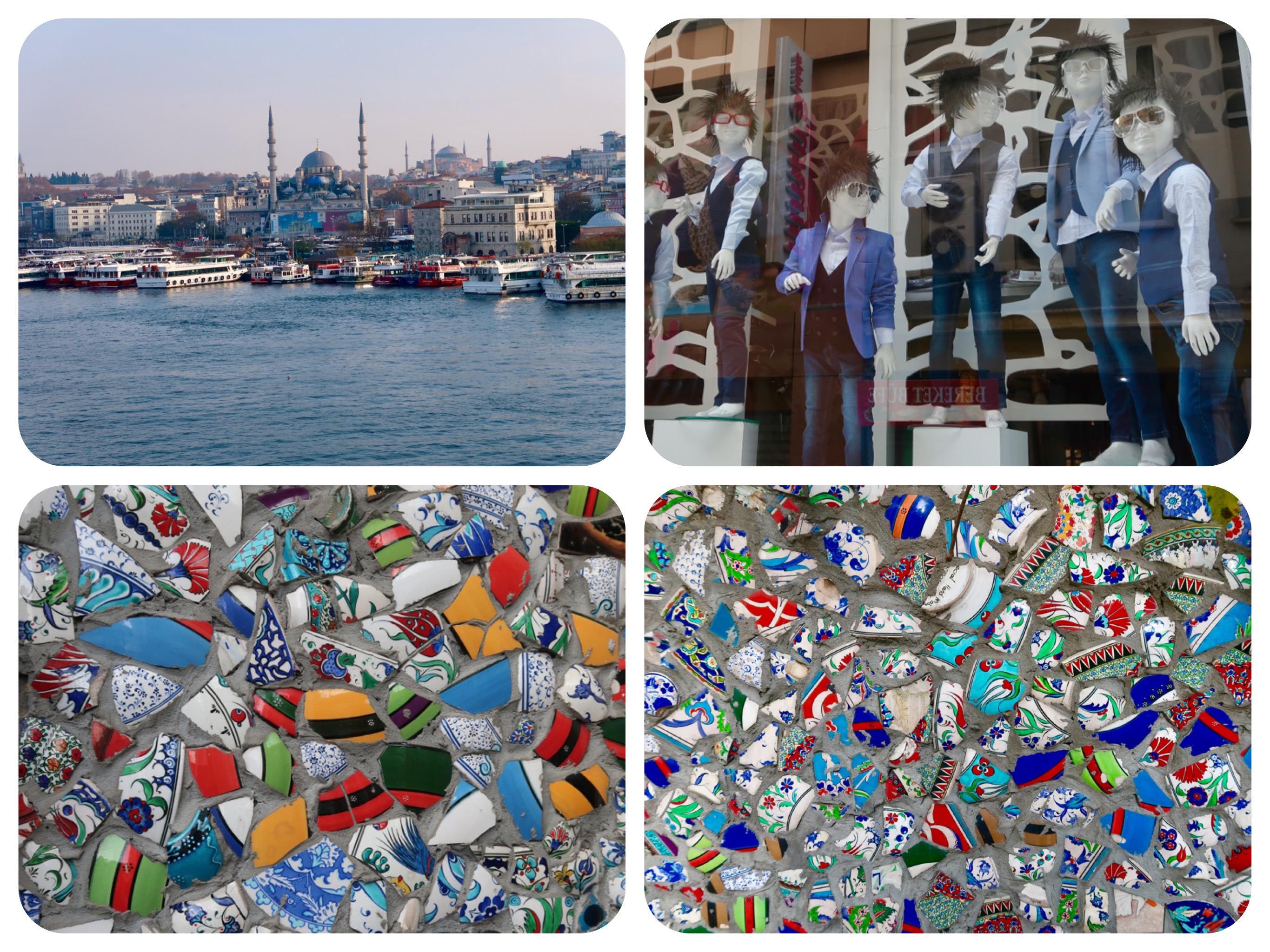
Istanbul- A City of Great Sights, History and Delights
We landed in Istanbul in the evening.
The air was wet, with swirling smoke particles in it.
While at the airport, we fitted our phone with a local SIM card, so we will be able to use the internet and make phone calls while traveling.
All hotels and many cafes and restaurants in the city offer free WiFi, but we rely on the internet for our mapping and daily walks, as well as for use in rural areas while in Turkey, so we do not want to risk being without a reliable connection.
At the Vodaphone booth, the two guys working there were running a side business, overcharging tourists an exorbitant amount for SIM cards and pocketing the difference.
They ignored the printed Vodaphone advertisements and handed us a piece of paper with very high charges.
They also said that the credit card machine was not available, as it was calculating the end of the day charges (at 9pm) and demanded that customers pay only in cash.
We gave up on them and made our way to another internet provider at the other end of the airport lobby, where we got a SIM card with much more data for a quarter of the price.
Our hotel is located in the Karakoy area, just north of the Galata bridge that connects Karakoy and the Sultanahmet (historical) district.
It is located inside a beautifully renovated stone building that was first the Ottoman Bank, and then Deutsche Bank, before its current incarnation as an upscale hotel.
The original bank vaults are still in place, serving as the wine cellar for the hotel’s restaurant.
The Galata is an interesting bridge.
On both sides of the bridge, on the lower levels, there are seafood restaurants selling somewhat fresh fish which they display at their entrances.
They are always busy with big tour groups.
On the upper level of the bridge, you can see more than a hundred fishermen with poles dangling over the bridge.
These fishermen stand there fishing in all kinds of weather, from sunrise to late into the night, every day.
There are also many vendors selling fishing supplies and bait, as well as tea sellers walking around with hot cups of Turkish tea on large trays, and bread sellers selling Simit.
Simit is a circular bread with a hole in the middle, typically encrusted with sesame seeds or sometimes poppy, flax or sunflower seeds.
Simit is an ancient bread that was part of daily cuisines in the former Ottoman Empire.
Although Simit looks a little like a pretzel without the twists, its dough is much softer than a pretzel’s.
The Simit's size, crunch, chewiness, and other characteristics vary only slightly by region.
Every morning at our hotel, I ate fresh Simit with sesame seeds and a spread of black olive tapenade and sometimes Menemen eggs.
Jules had his Simit with fresh cream cheese or butter.
Menemen is a traditional Turkish dish in which eggs are scrambled with onions, tomatoes, green peppers, Turkish feta cheese and spices, cooked in olive oil.
Istanbul is a city divided over two Continents.
Europe and Asia are separated by the Bosphorus Straits.
To cross the Bosphorus, you can easily board one of the big ferry boats, crossing every twenty minutes.
The ferry we took connects Kadikoy (on the Asian Bosphorus side) with Ominonu (on the Sultanahmet side).
You can also catch a ferry to Karakoy (where we are staying).
There is lots to see in Istanbul and we have walked everywhere, although there is a good clean tram, buses and taxis and Uber are cheap.
We spent our first day just walking around the Grand Bazaar, and around the many smaller open air markets surrounding it.
It felt like the whole city sprawls around the Bazar, with endless shops selling things that you can buy only in cultures like this one.
We passed by dozens of big shops, selling nothing but cupcake liners used to serve all sorts of Baklava and sweets.
These were huge shops with endless packages of specially designed paper liners.
Speciality shops like that, selling ONLY paper liners, you would never see in the USA.
There are just not enough buyers to support businesses like these.
There are many more examples of shops selling things that you would only see in Turkey or in countries with similar cultures.
It was delightful to walk around the markets.
Knife sharpeners were sharpening knives for people, using a belt propelled by a big wheel, shoe shiners were repairing and making peoples’ shoes look better than when they were new.
There are big underpasses that help you cross under the big busy streets.
These underground passes are street mini malls, with vendors selling everything from microphones for singing karaoke to belts, electronics and even guns.
As we passed by the rifle, machine gun and handgun shop, Jules smiled and said cynically: “I am pretty sure that they run a comprehensive and very thorough background check on anyone wanting to buy a gun here in the underpass of the Galata bridge!”
The markets are tantalizing, with their colorful displays of neatly arranged spices, nuts, dried fruits and Turkish delight sweets.
There are very long strings of dried whole red and green peppers or purple eggplants.
These are used for the famous Turkish dish called 'Biber Dolması', a stuffed dried pepper or eggplant with rice and spices, cooked with onions, garlic and tomatoes.
It is a delicious dish which we love eating, since often they do not add meat to it and the flavor is very different from using a fresh pepper or eggplant.
The dried eggplant or pepper has a more concentrated taste.
I made a special stop to buy pure Sahlep powder.
“Sahlep,” or as it is pronounced, “Sahleb,” is a warm drink made from mixing Sahleb powder with milk and sugar, and then sprinkling it with cinnamon.
Sahleb is a famous drink all over the Middle East.
As a kid growing up in Israel, I used to buy it from the Arab sellers in the markets or at festivals and street fairs.
Then I forgot about Sahleb all together.
One day I read in a book about the origin of Sahleb.
The name, Sahleb, is an Arabic word meaning “Orchid” (called Sahlav in Hebrew).
True to its name, Sahlep is made from drying and grinding the root bulb of an Orchid, mostly grown in a remote part of Greece.
Mixed with soy milk, almond or oat milk and with a little honey and cinnamon, Sahlep can actually be a healthy, healing drink, to enjoy on cold, snowy winter days.
I bought a package of pure Sahlep powder, not the kind that is mixed with milk powder and sugar, as most of them usually are.
I also bought some tea made from pure dried pomegranates, and another tea made from flowers and dried fruit.
In the old Ottoman Empire, in the days of the Sultans’ rule, using flowers, fruit and herbs was a big part of daily cuisine.
Flowers and fruit were used for medicine and in the preparation of healthy tonics and sherbets, used to balance the elements of the body and to soothe the soul.
I love using fruit, flowers and herbs in my regular diet.
The ice cream shops in Istanbul sell very unique flavors that you do not often see.
They make ice cream from fresh black mulberries, (which I tasted both fresh in the market and as ice cream and I loved them both), chestnuts and other flavors.
We have seen many, many men who came to Istanbul to get hair transplants.
I wouldn’t have known anything about it, except for an experience we had one day while in Auckland, New Zealand.
We entered a barber shop in Parnell, a neighborhood in Auckland, and Jules asked a barber if he could get his head shaved.
The Iranian man who shaved Jules’ head, chuckled to himself and said that while Jules wants to have no hair, most men want lots of hair.
He brushed his hand through his own hair, took out his cell phone and showed us a photo of himself before he got hair transplants.
He was once completely bald.
He told us that he had it done in Instabul.
He said that in Istanbul, there are many clinics who have the knowledge and expertise to do hair transplants.
The clinics will even book your hotel, meet you at the airport and help you get to the clinic and to see the city, all included in the treatment cost, which is a fraction of what it costs elsewhere.
If I had not known this, I would have just been amazed that SO MANY men walk around Istanbul with newly transplanted hair, with their scalps raw and bleeding from the recent procedures.
The Old City reflects the cultural influences of the many empires that once ruled here.
In the Sultanahmet district, the Topkapi Palace, used as a residence and government offices by generations of ruling sultans, is a great example of ancient Turkish architecture and beautiful design.
The ceramic tile art in the private quarters and in the women’s quarters, called the Harem, is very beautiful.
The kitchen gives great insight into the kinds of feasts and wholesome daily food eaten by the rulers.
There is even a large display of serving plates and bowls, that were used by the Sultans.
Many of the porcelain dishes were imported form China, carried to Istanbul along the Silk Road.
It was believed that Chinese and Japanese potters used glazes on their porcelain bowls and plates that had chemicals that could neutralize any poisons in the food served on them.
The open-air, Roman-era Hippodrome was for centuries the site of chariot races.
There is an ancient Egyptian column in the center, with beautiful Egyptian symbols carved into the stone.
The iconic Byzantine Hagia Sophia features a soaring 6th-century dome, partly decorated with rare Christian mosaics of gold colored tiles.
The Hagia Sofia was once a Church which was converted into a mosque when Islam took over the region, but luckily they kept much of the beautiful design of the original domes and arches.
Inside, we saw the beautiful marble work and an exhibition of Arabic script calligraphy, decorated with intricate designs and “marbleing,” a technique of pulling oil paint through water, to create beautiful patterns.
We visited a Turkish Hammam, ate lots of good food, walked through the many neighborhoods of the city, visited museums and beautiful mosques, and attended a Sufi Whirling Dervishes ceremony.
(More about that in my next post.)
When we left the Whirling Dervishes Dance Hall, we were caught up in the midst of a big street demonstration, of Turkish women protesting violence against women and gender inequality in Turkish society.
Hundreds of policemen and police women were barricading the main shopping and dining streets in Karakoy, preventing the demonstrators from marching on the Main Street.
It was a bit scary as the fully armed police were all wearing gas masks, and preparing to shoot tear gas in order to disperse the demonstrators.
If you had been here, you would have seen how dangerous it was to shoot tear gas into the very heavy traffic of tens of thousands of people walking on a Sunday night on the kilometers long avenue.
I overheard a clueless family of tourists, talk about the demonstration:
“It is a demonstration of Kurdish people, the Turks have lots of problems with the Kurdish people you know...” they said to one another.
But it was not so.
It was the International Day for the Elimination of Violence against Women, organized worldwide, after the United Nations Office on Drugs and Crime calculated that most crimes against women globally, were committed by their partners or family members.
Demonstrations occurred in other parts of Europe on that day as well.
Beside the demonstration which luckily dispersed quietly with no injuries, I did not have any sense of danger on the streets.
People were kind and helpful to us and from what I could see, towards one another as well.
I saw no display of anger or violence in the streets, and people really seem very kind.
Turkey is a culture that is undergoing a major transition, as appears to be happening all over the world nowadays.
My heart is always on the side of progress, equality for all, religious tolerance, gender equality and brotherly and sisterly love.
I truly wish to live in a world in which every person has the right to choose their own partner, their own beliefs, religions and ways of being, while no one ever raises a violent hand against anyone.
Imagine how wonderful it would be to live in such a world..... with absolutely NO violence, but only tolerance and maybe even love, being the operating force.....
From Istanbul, sending you warm wishes and hugs,
Tali